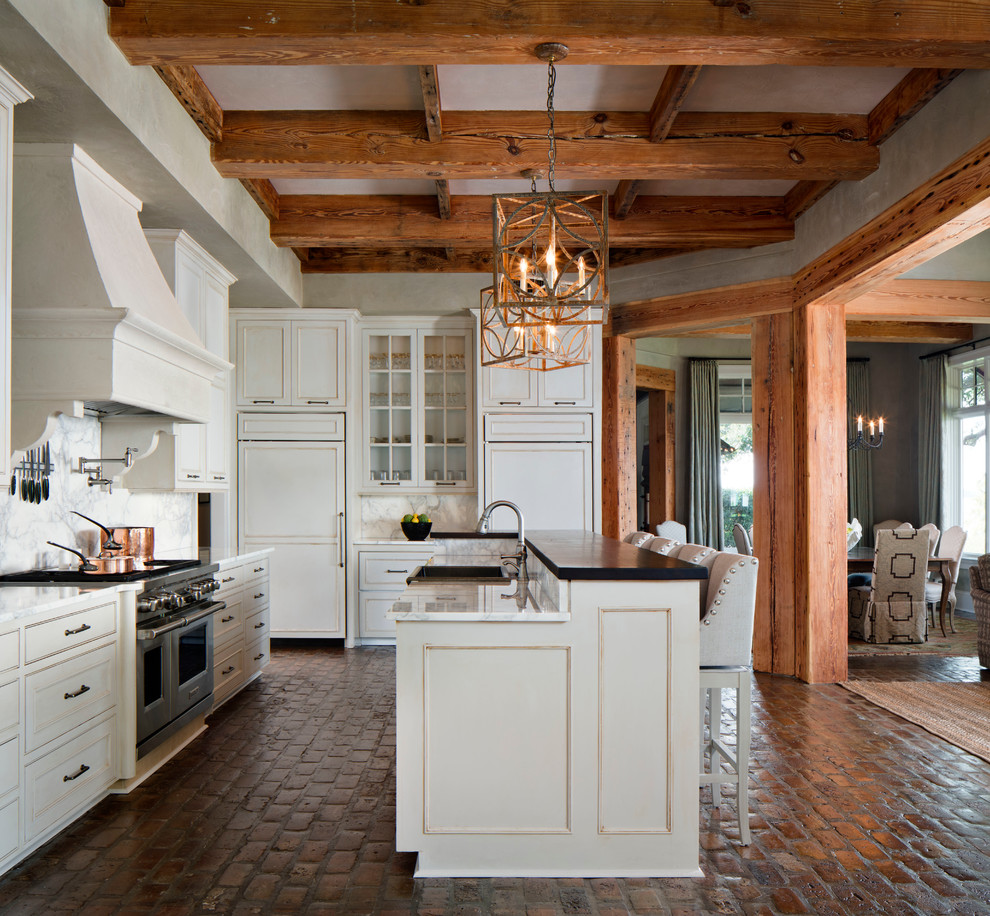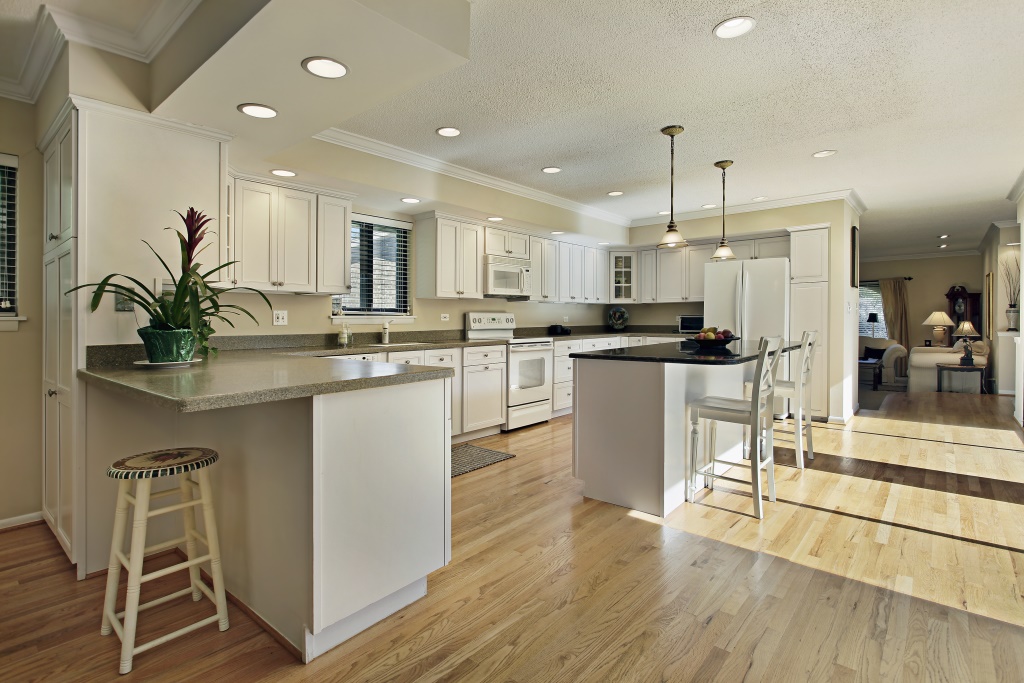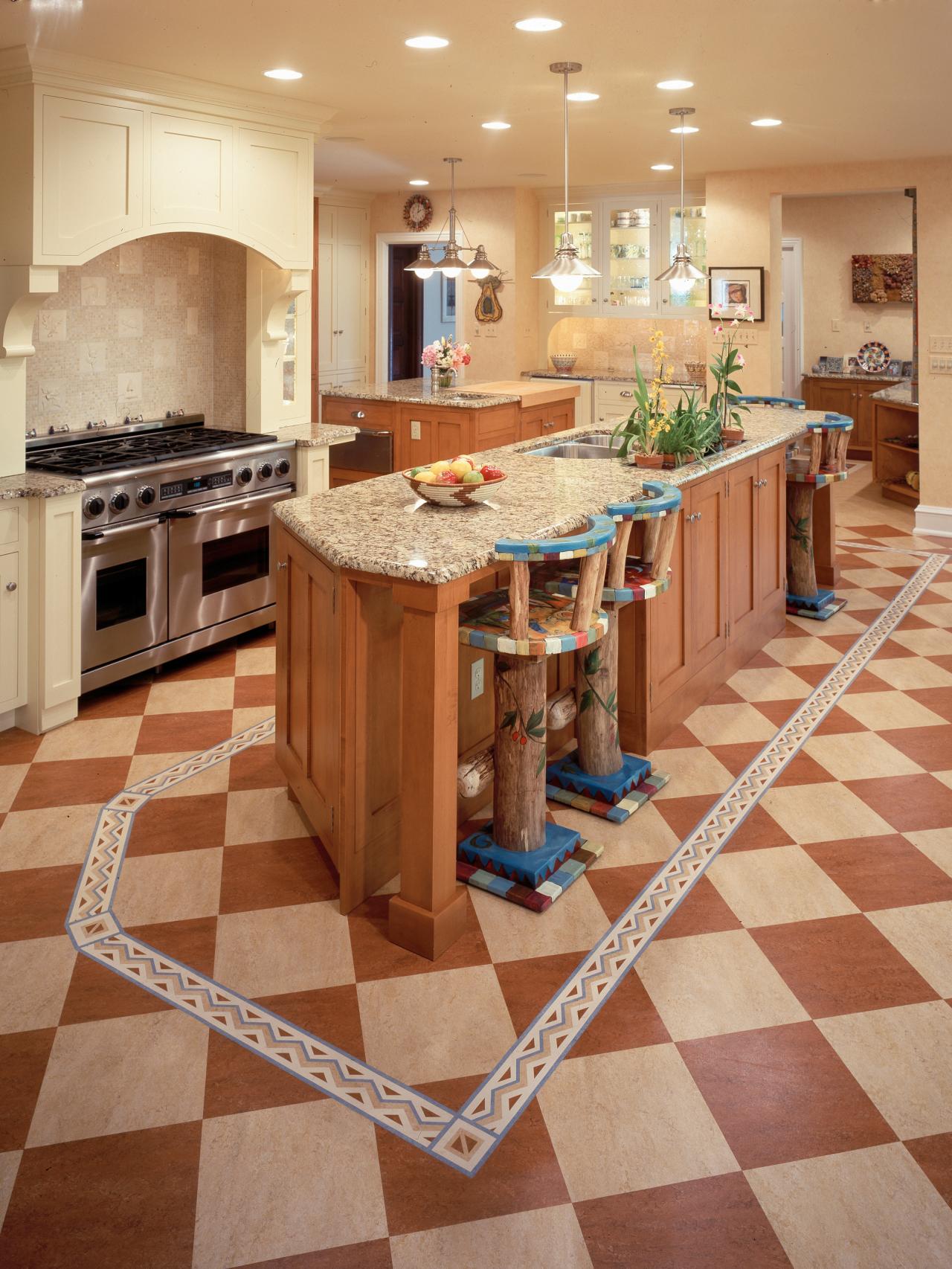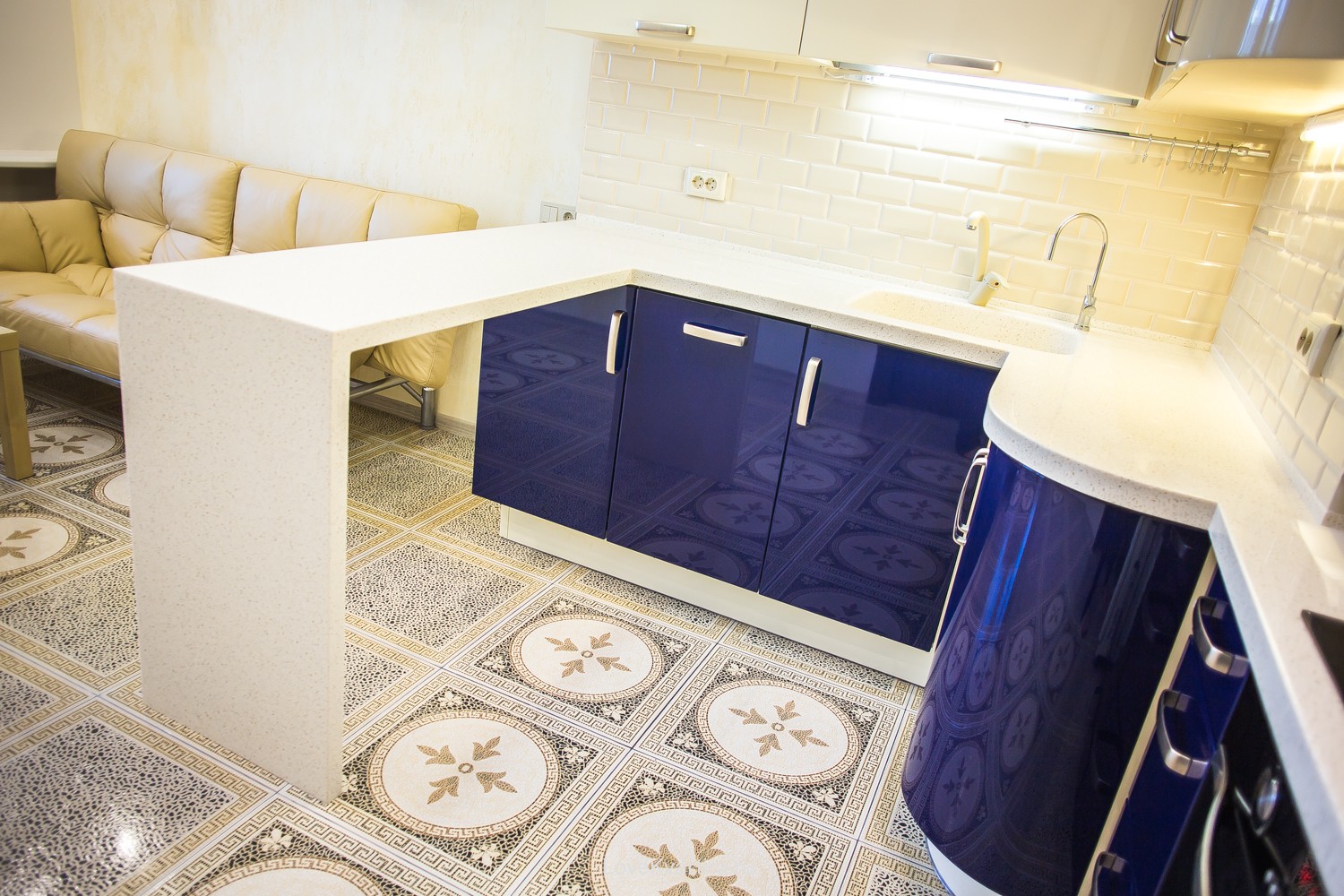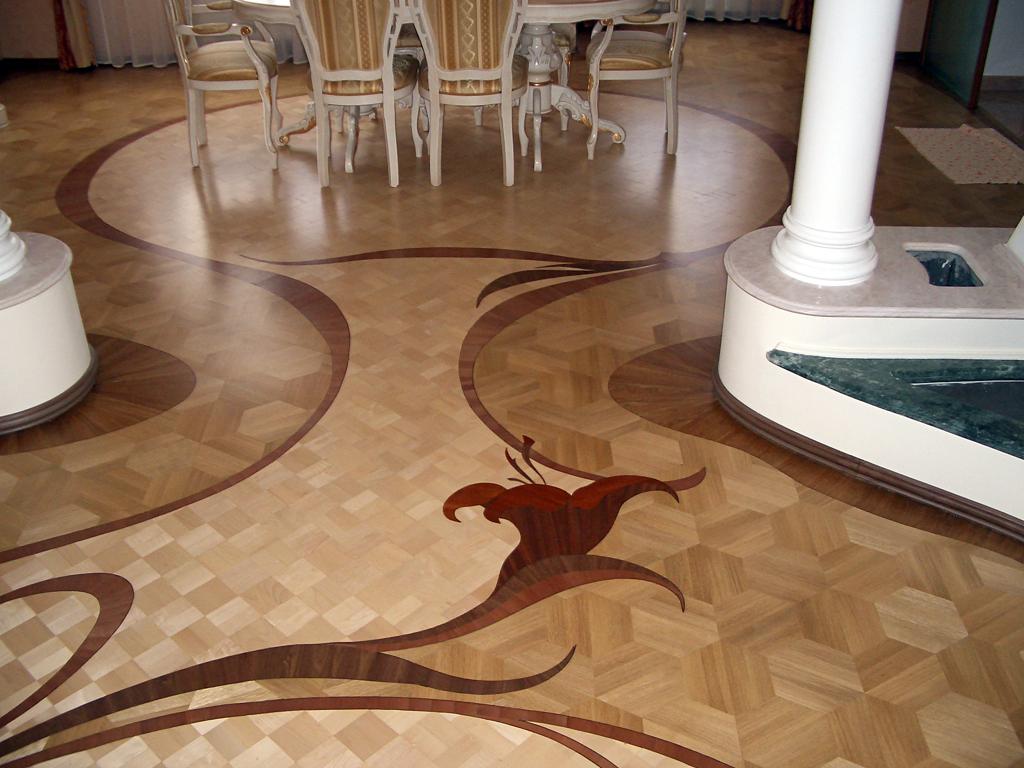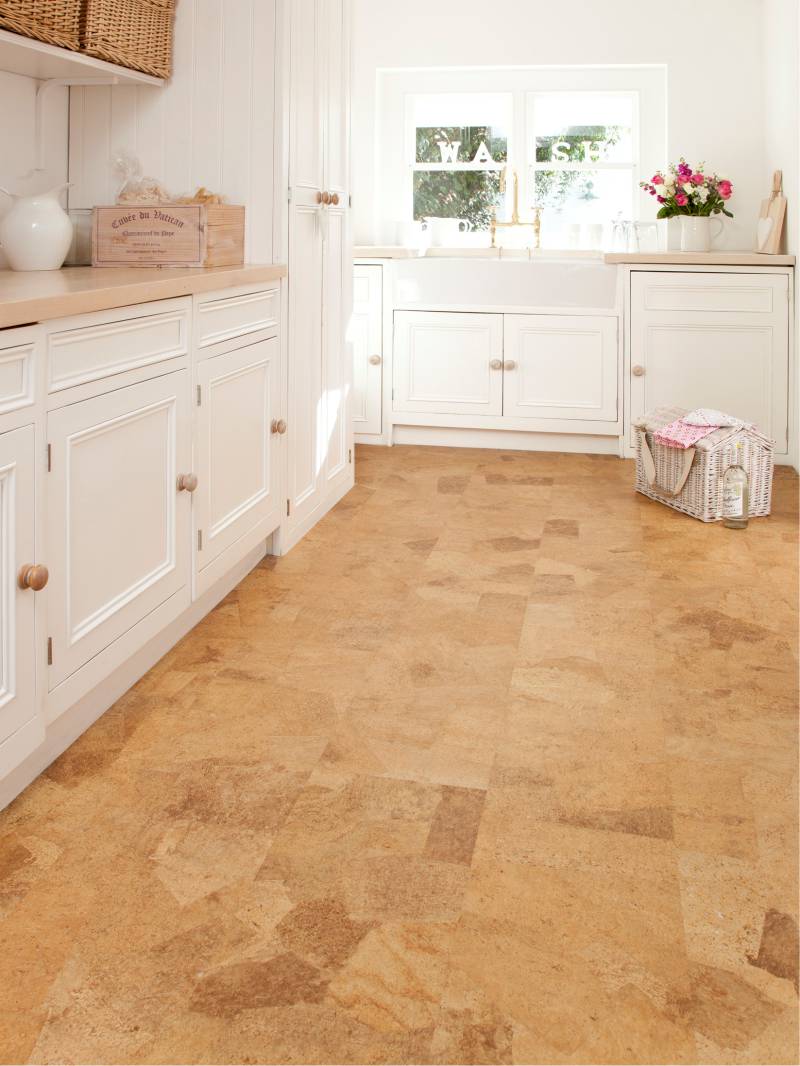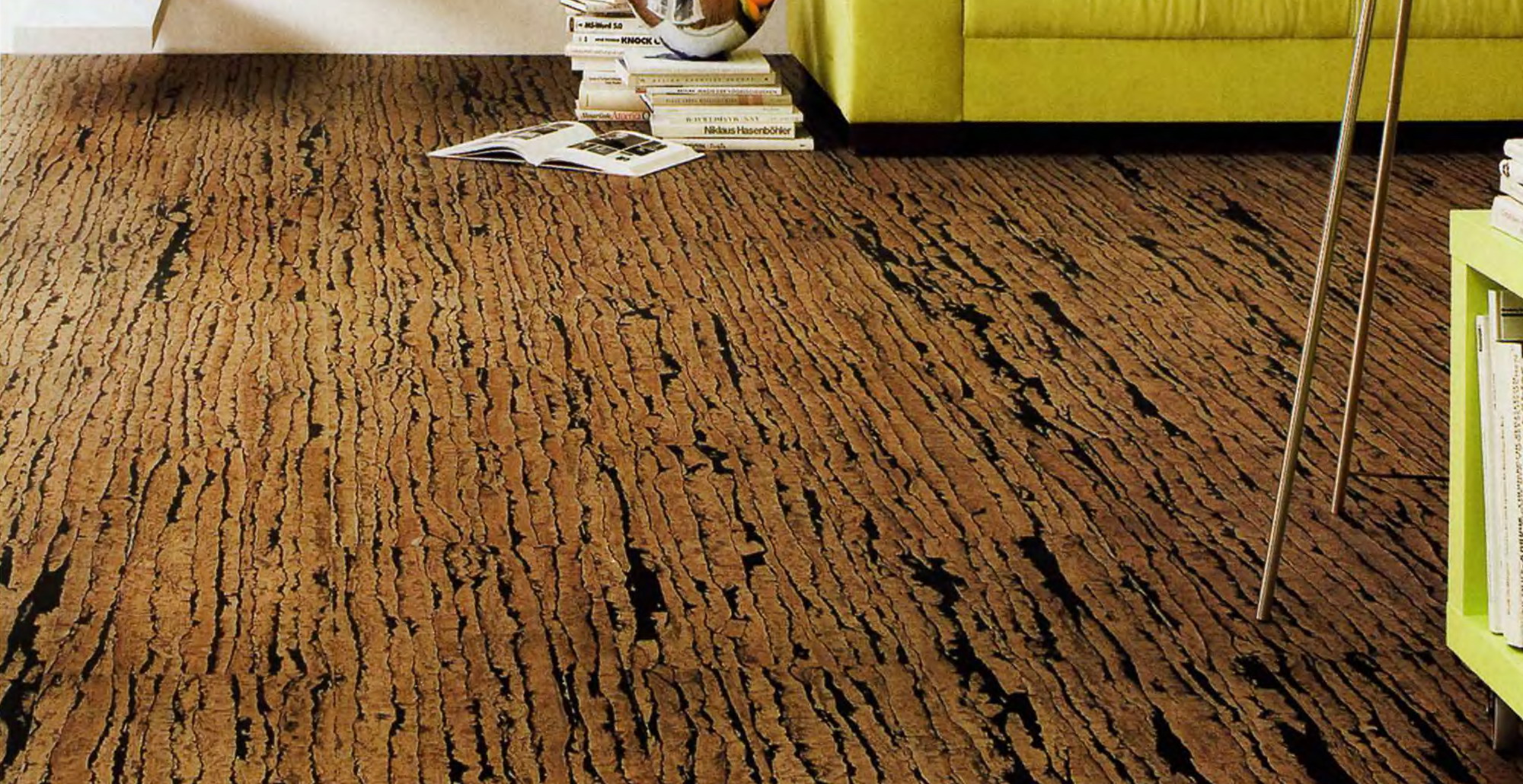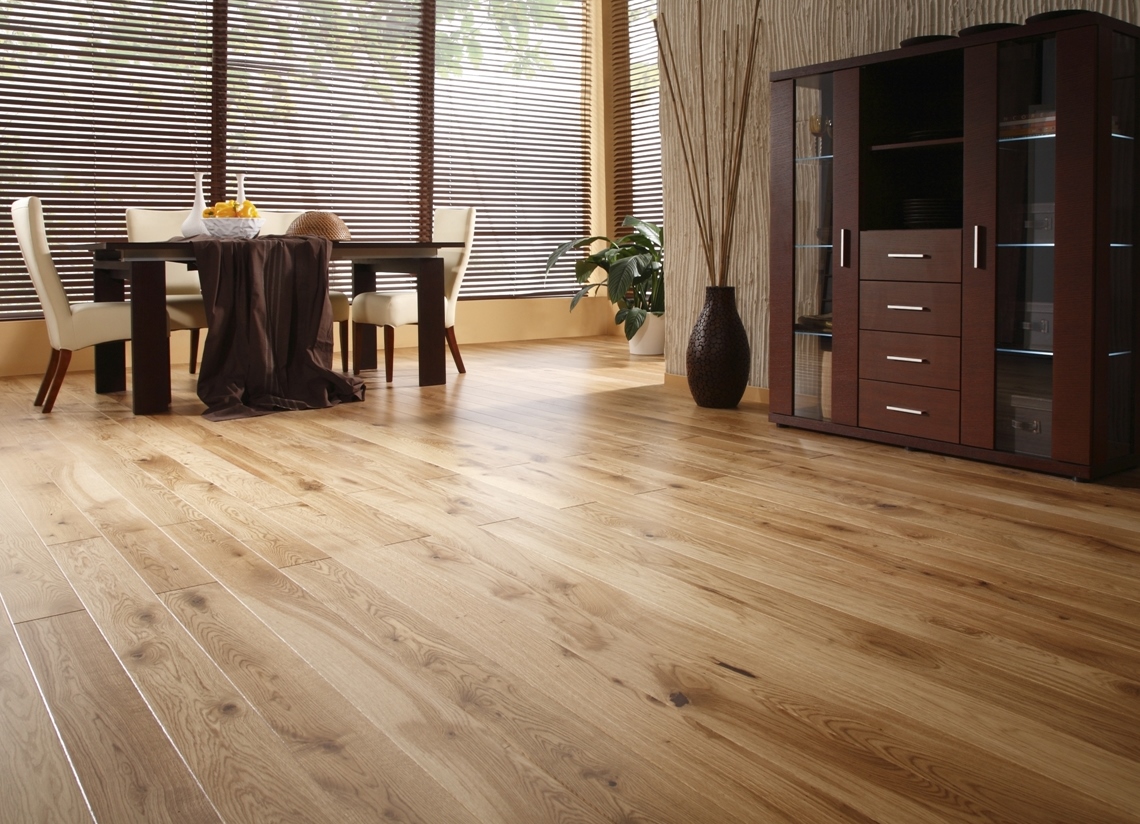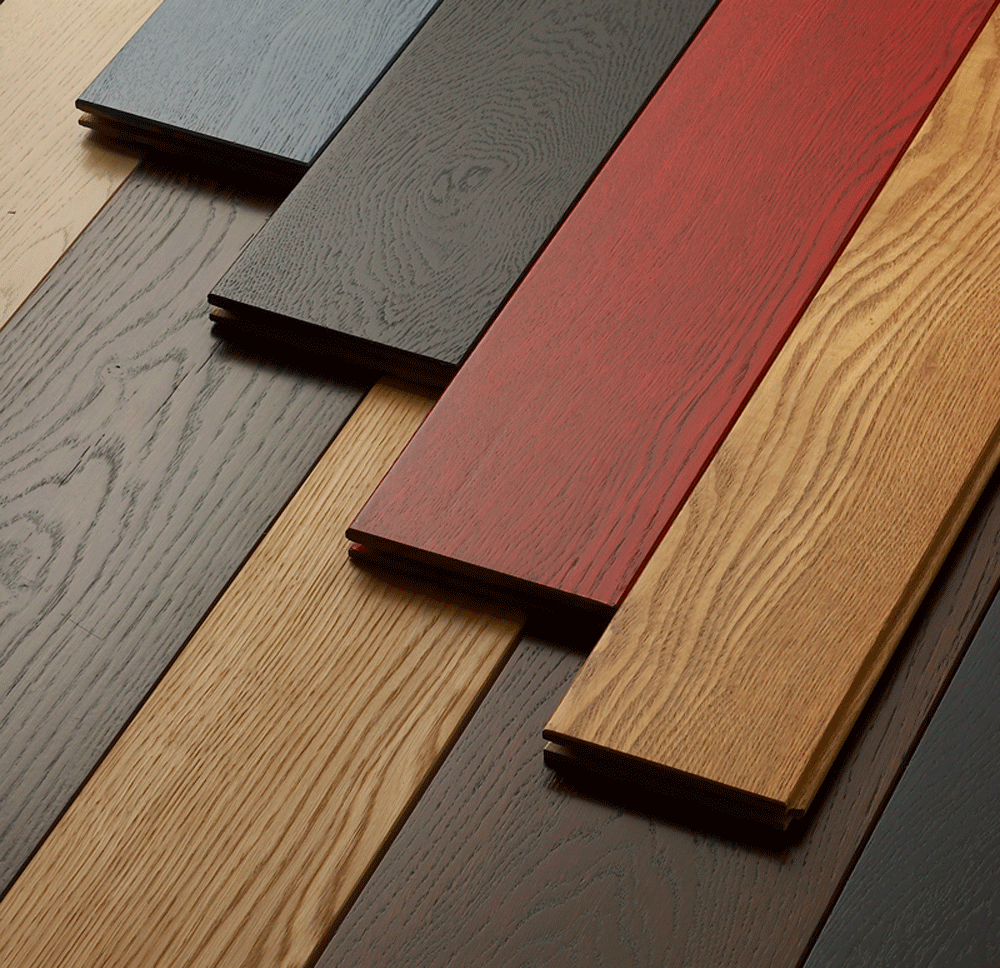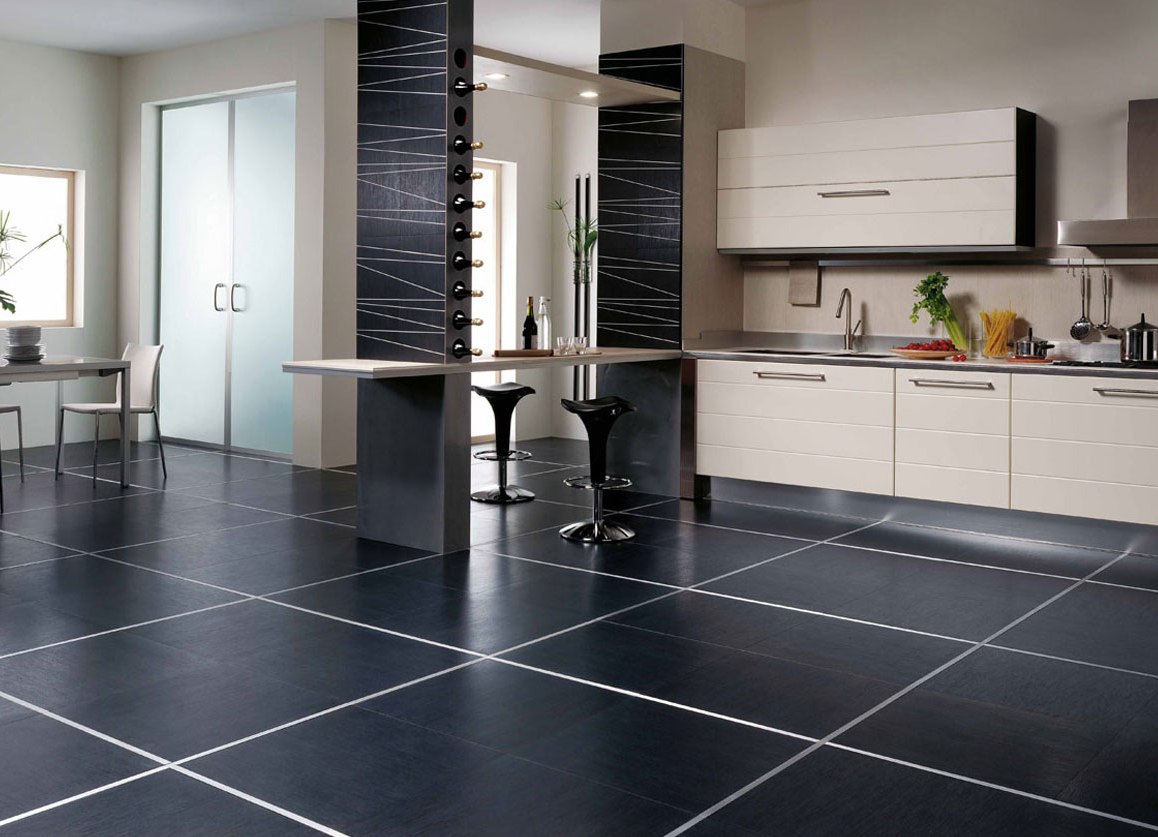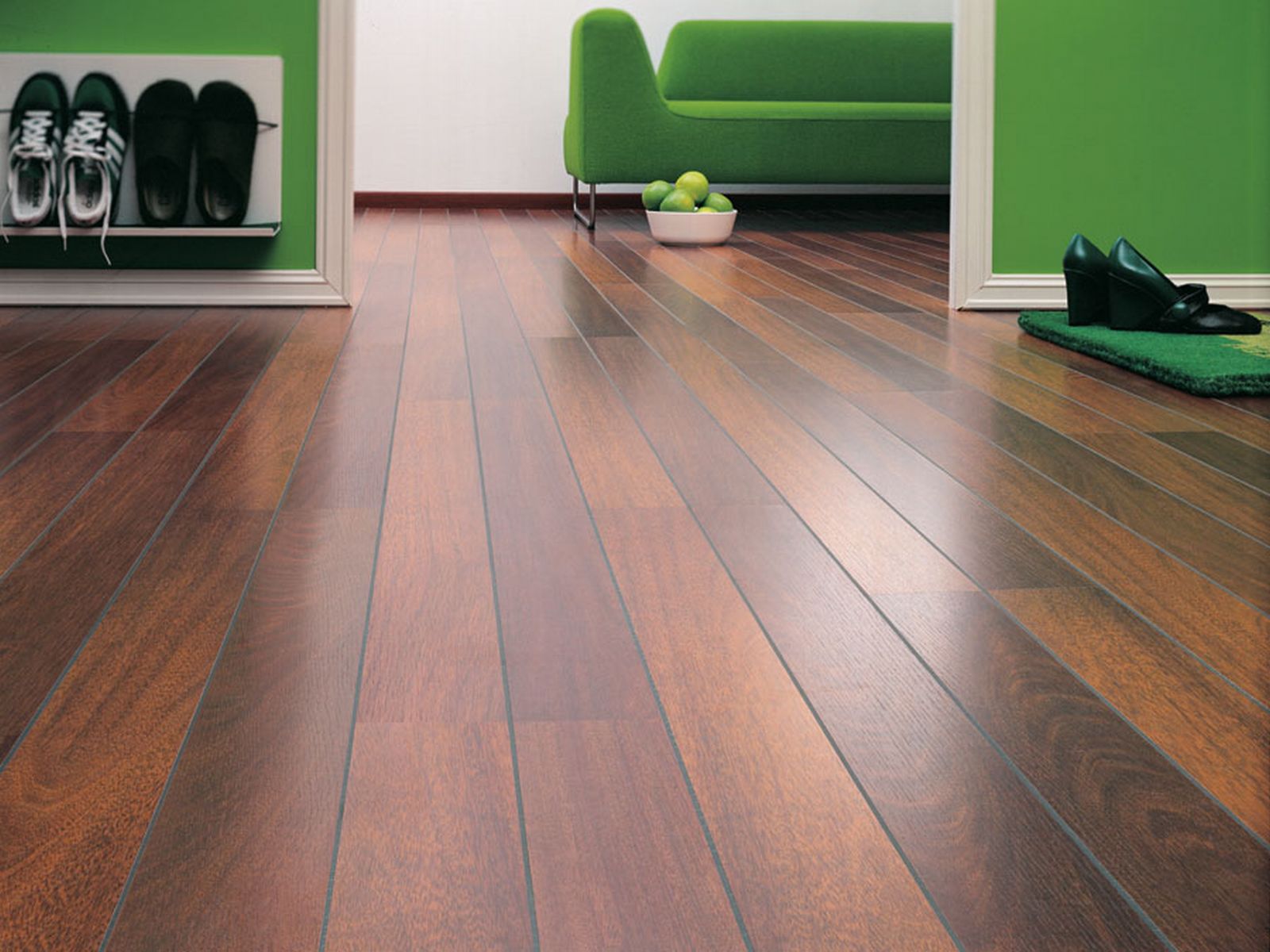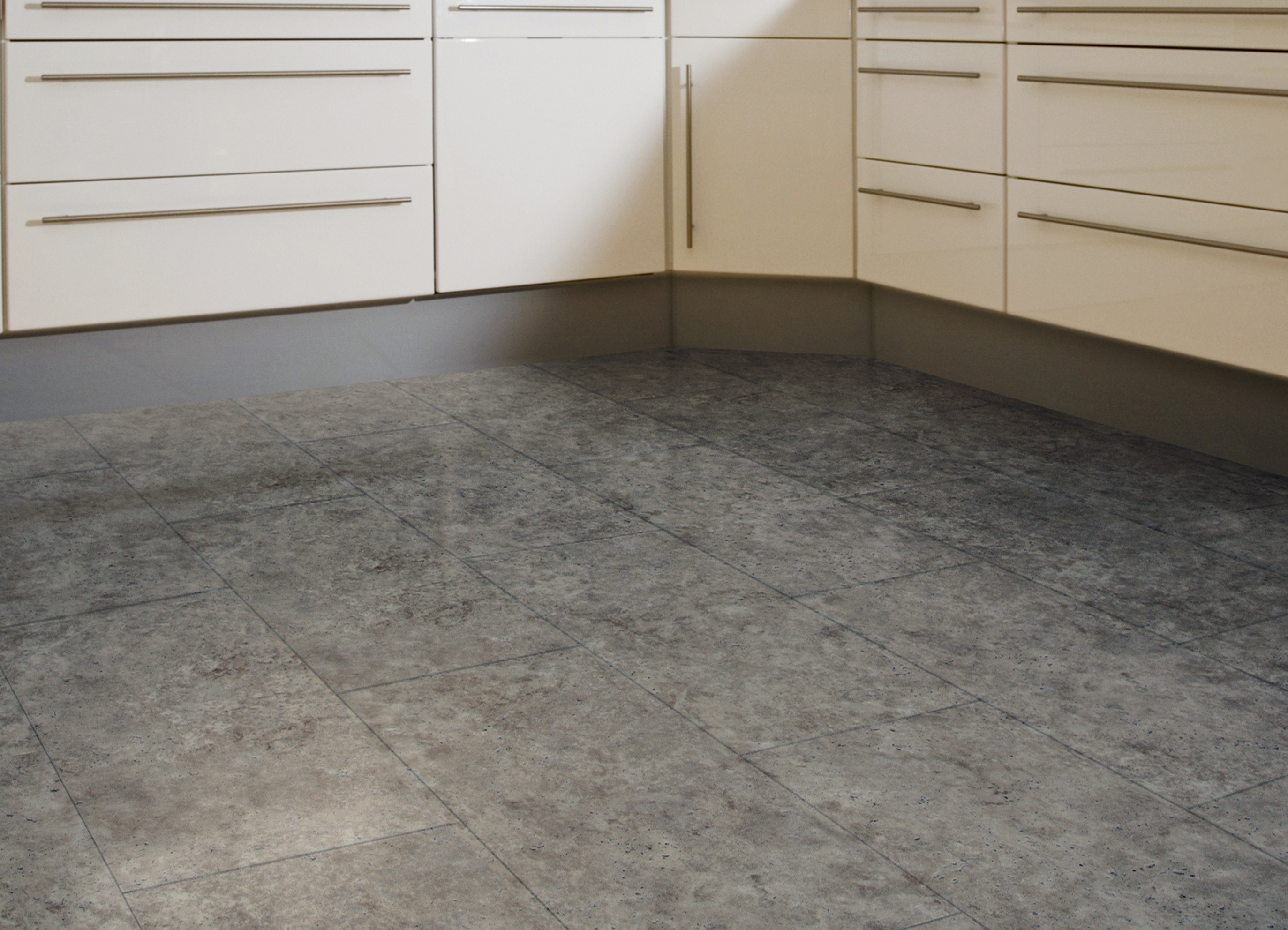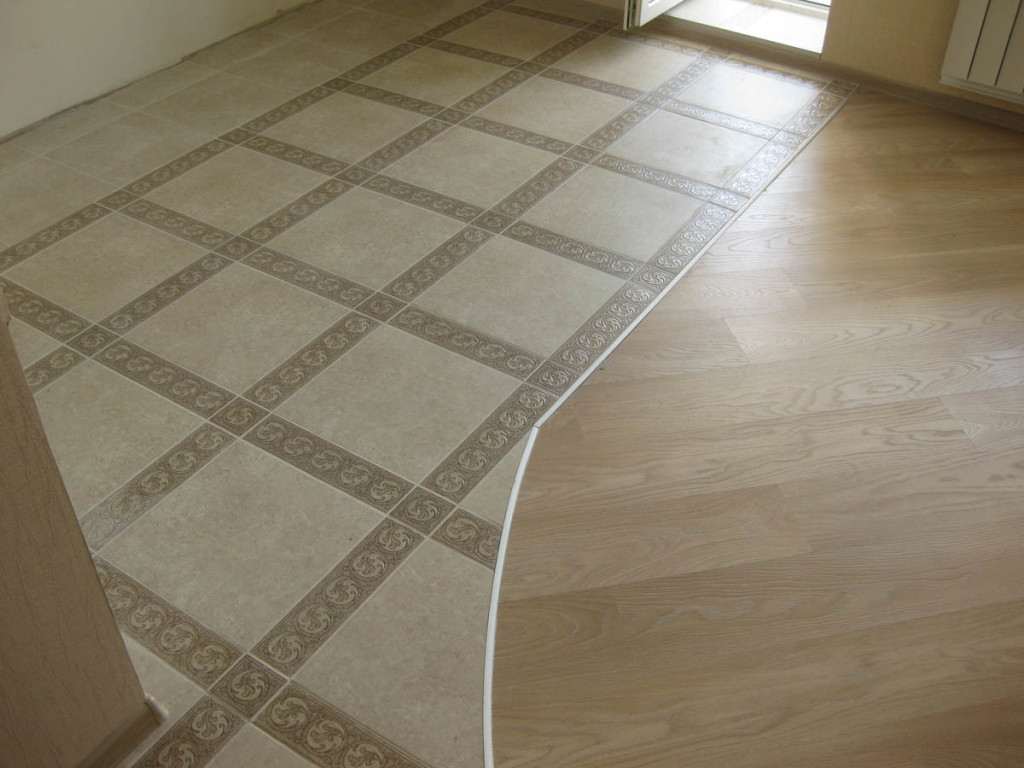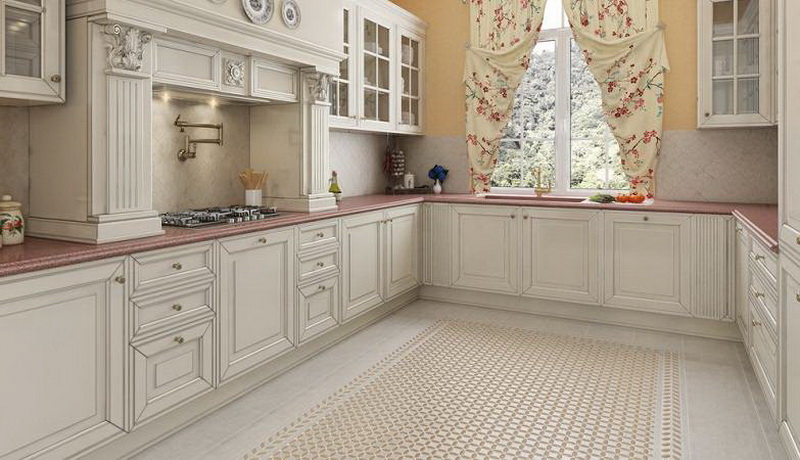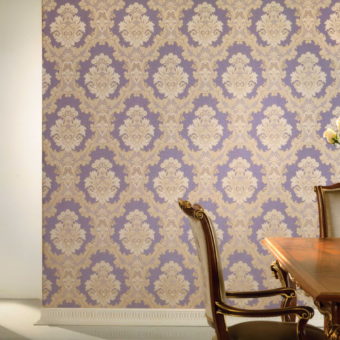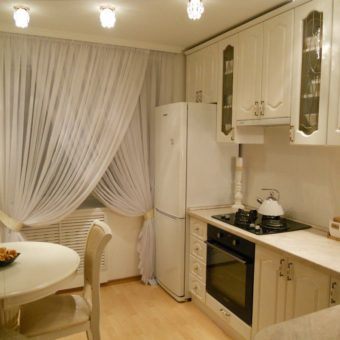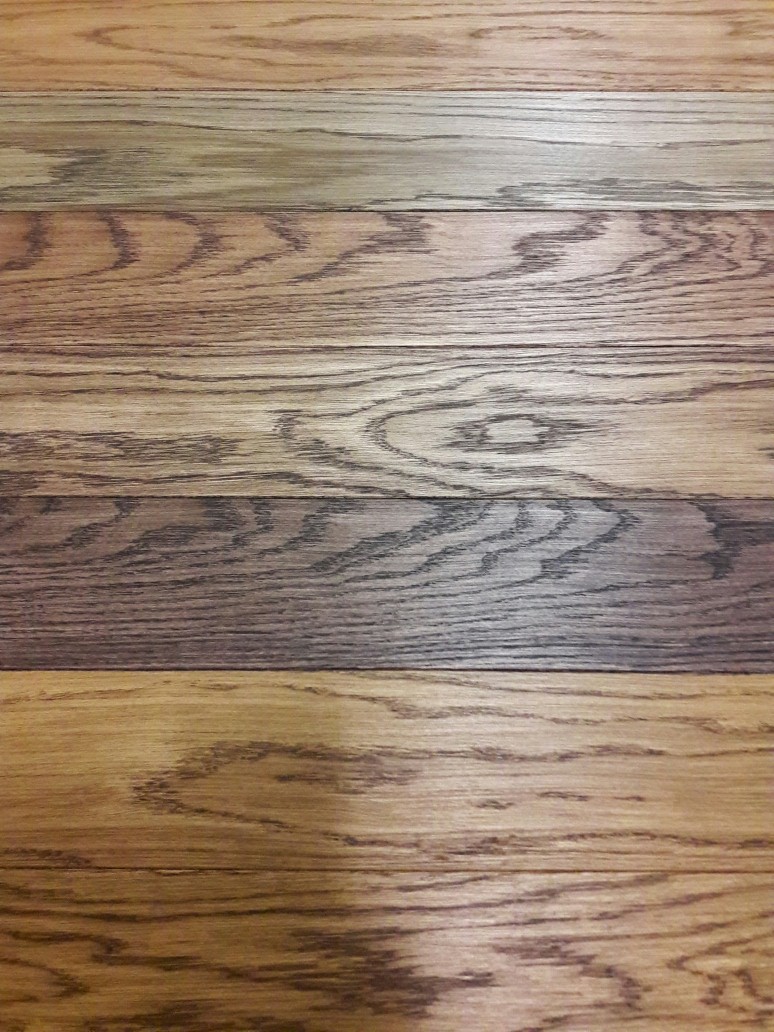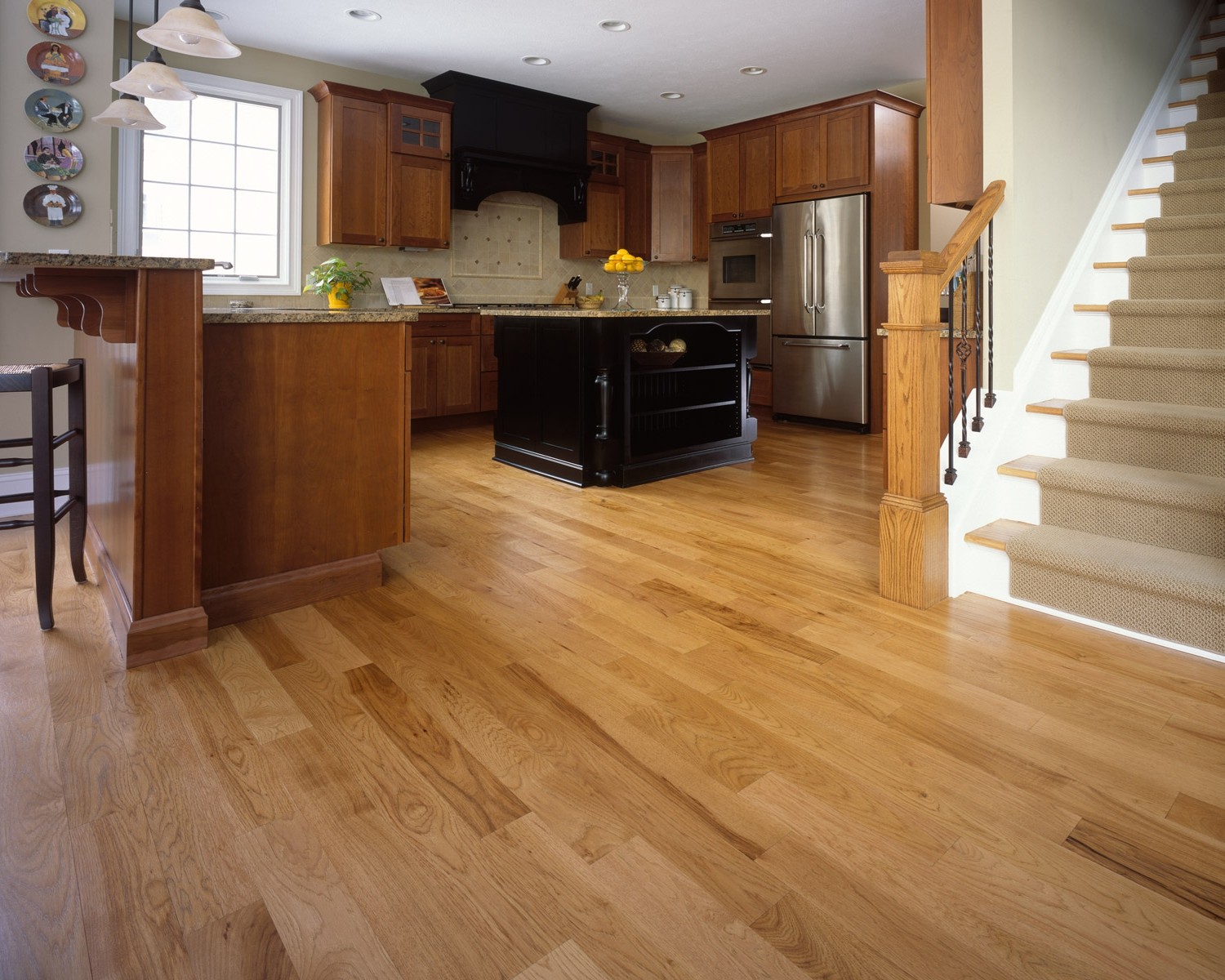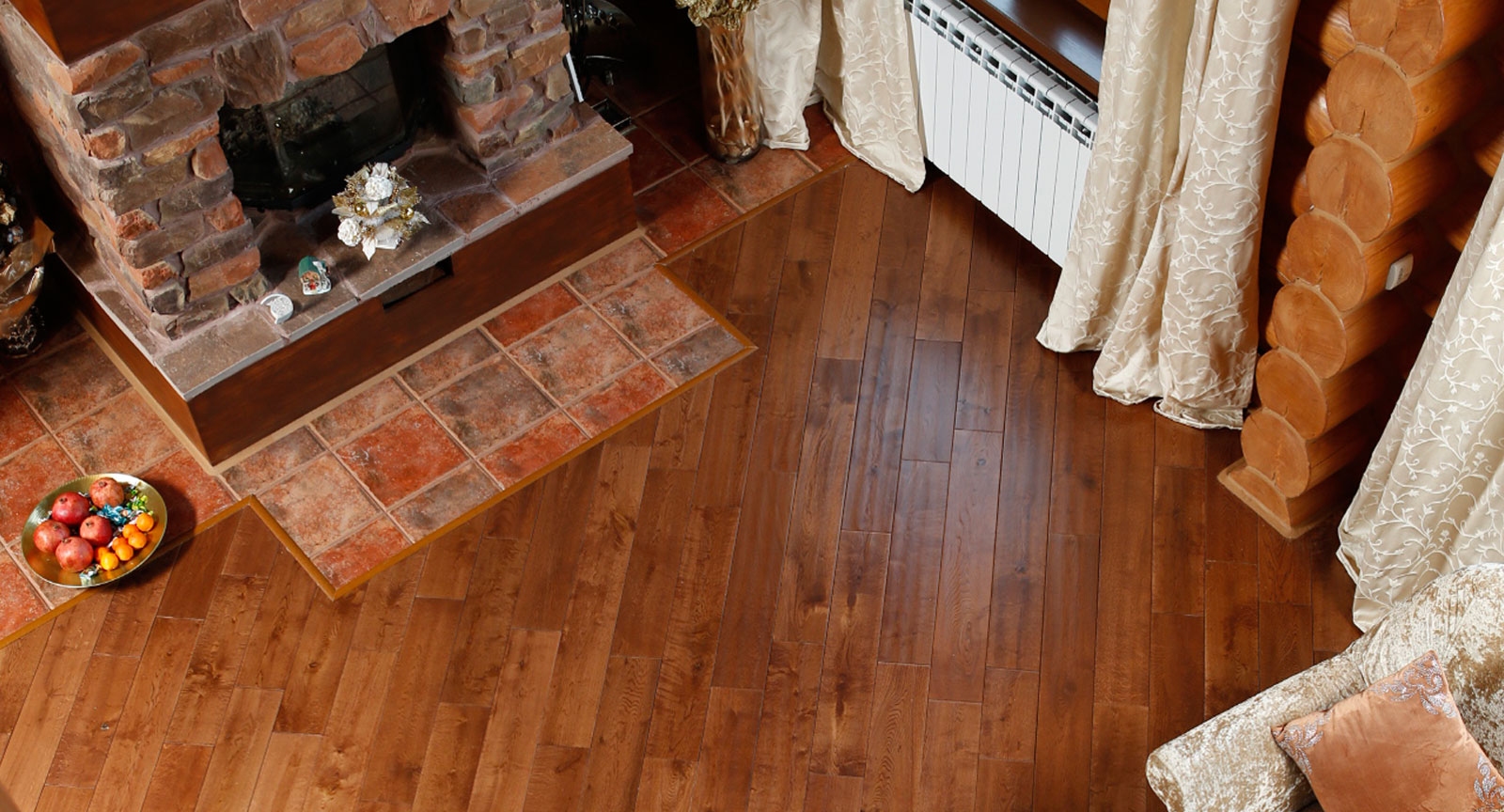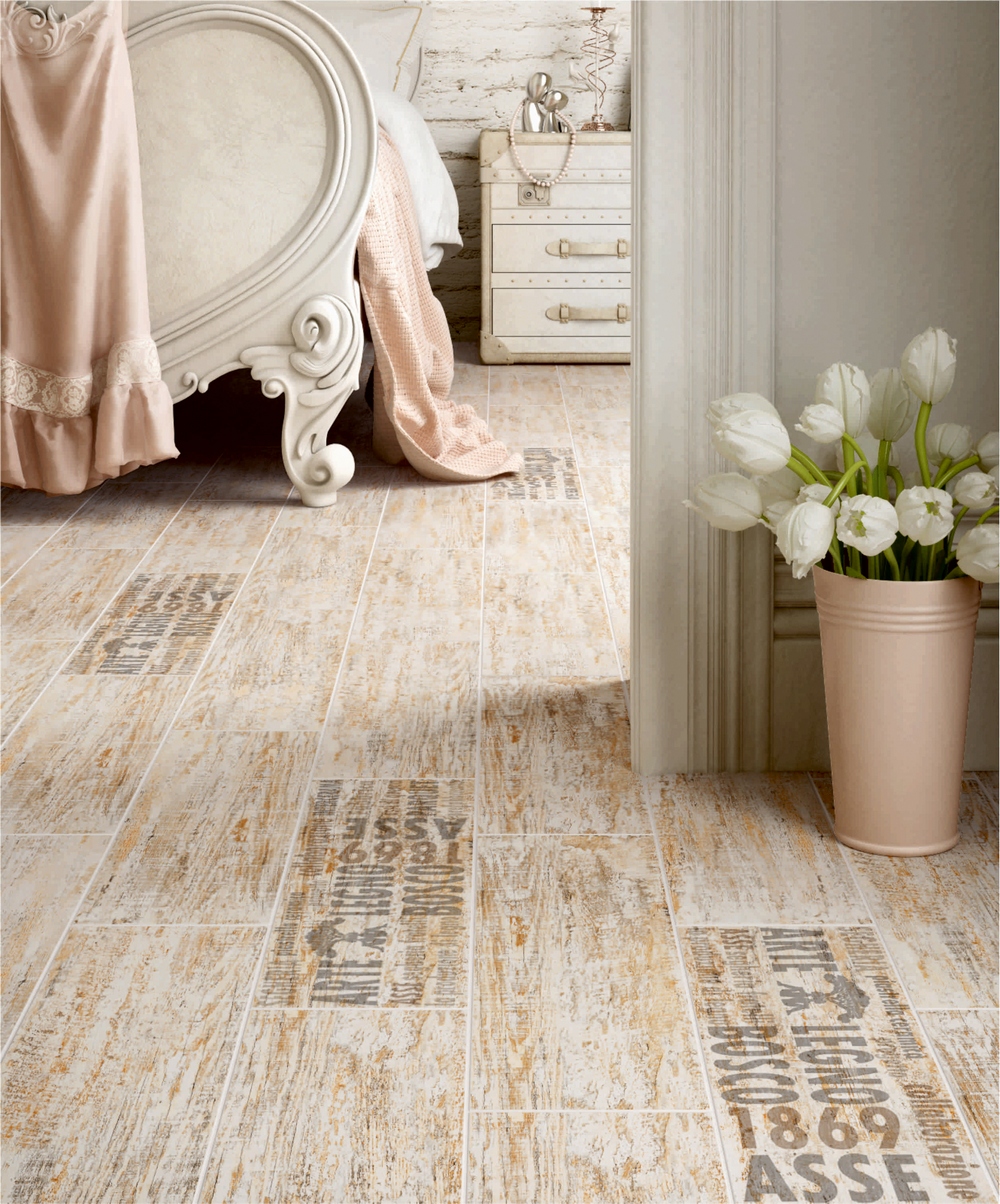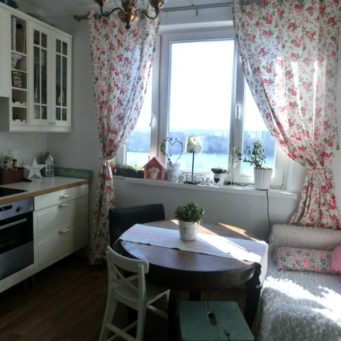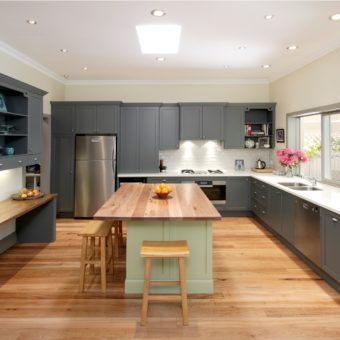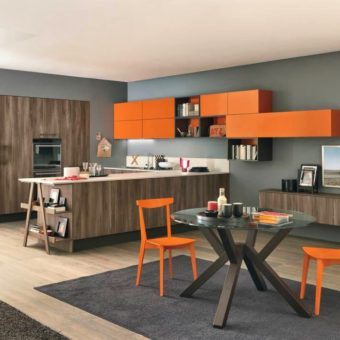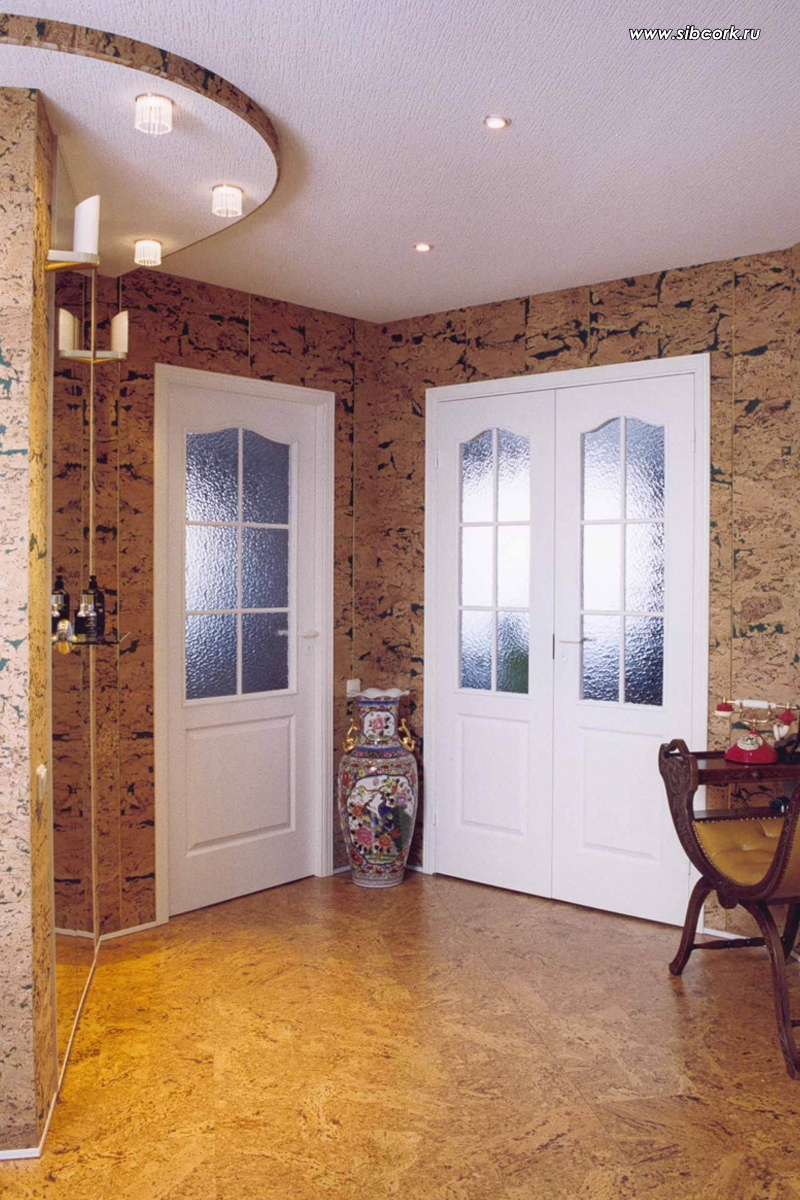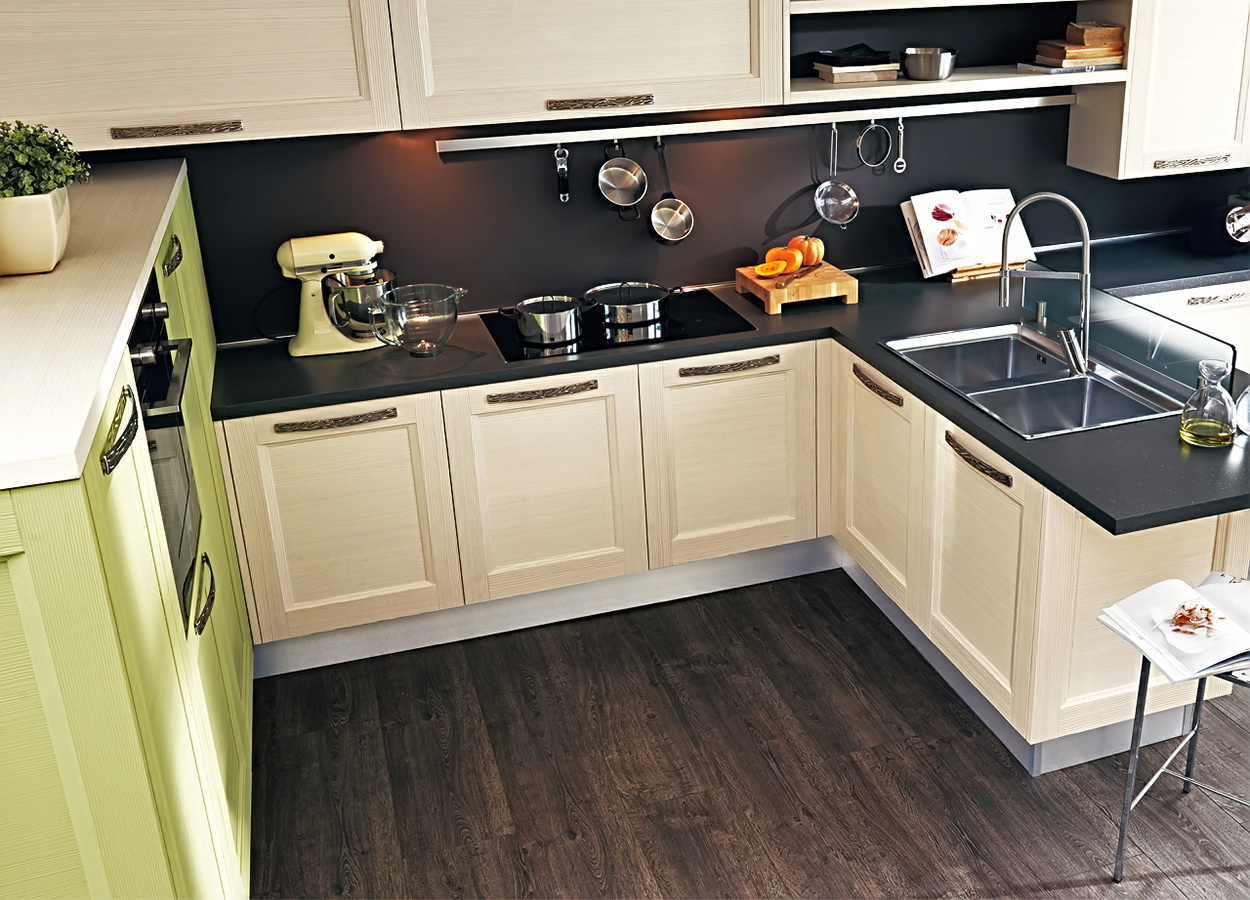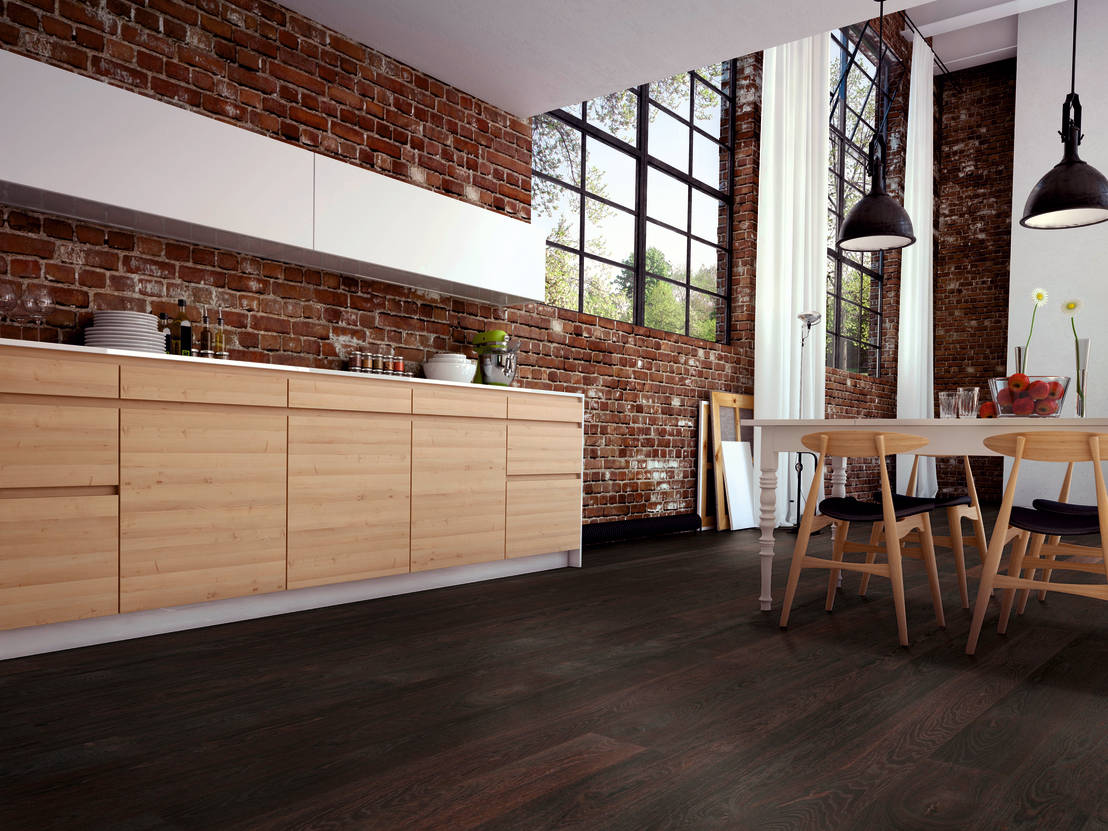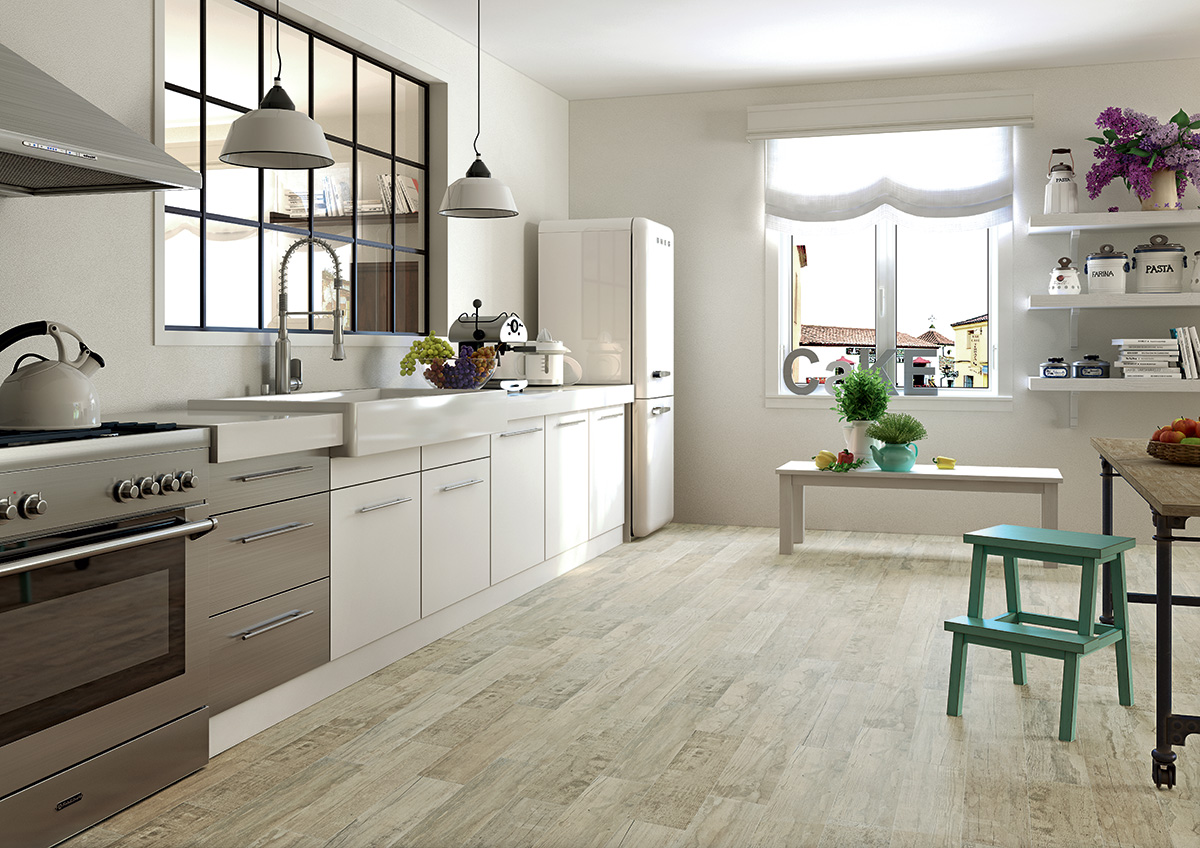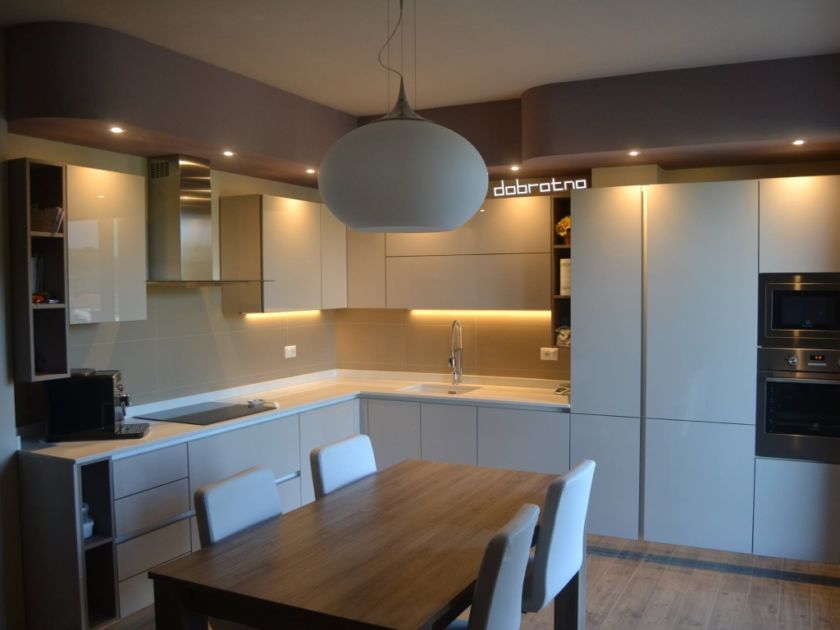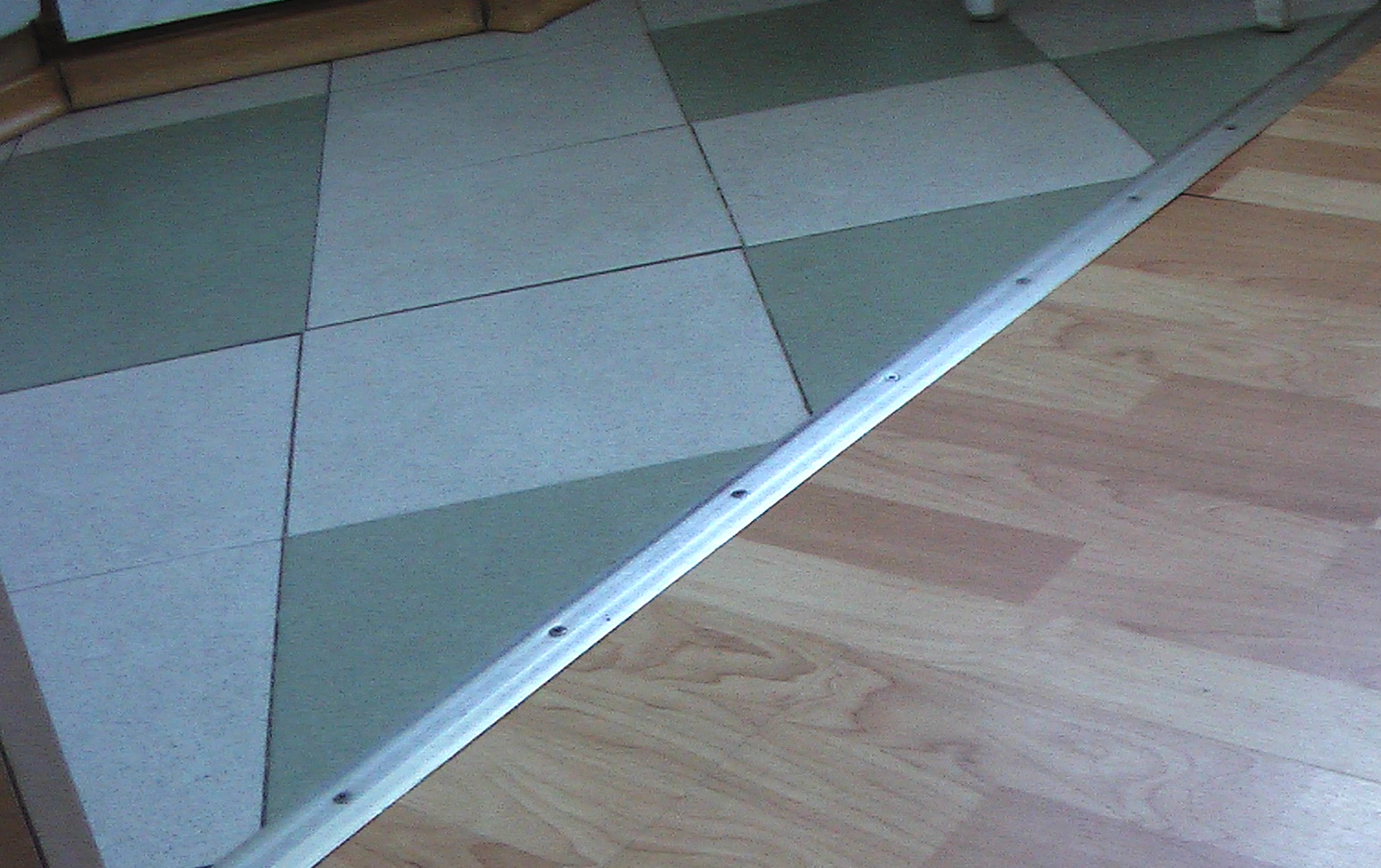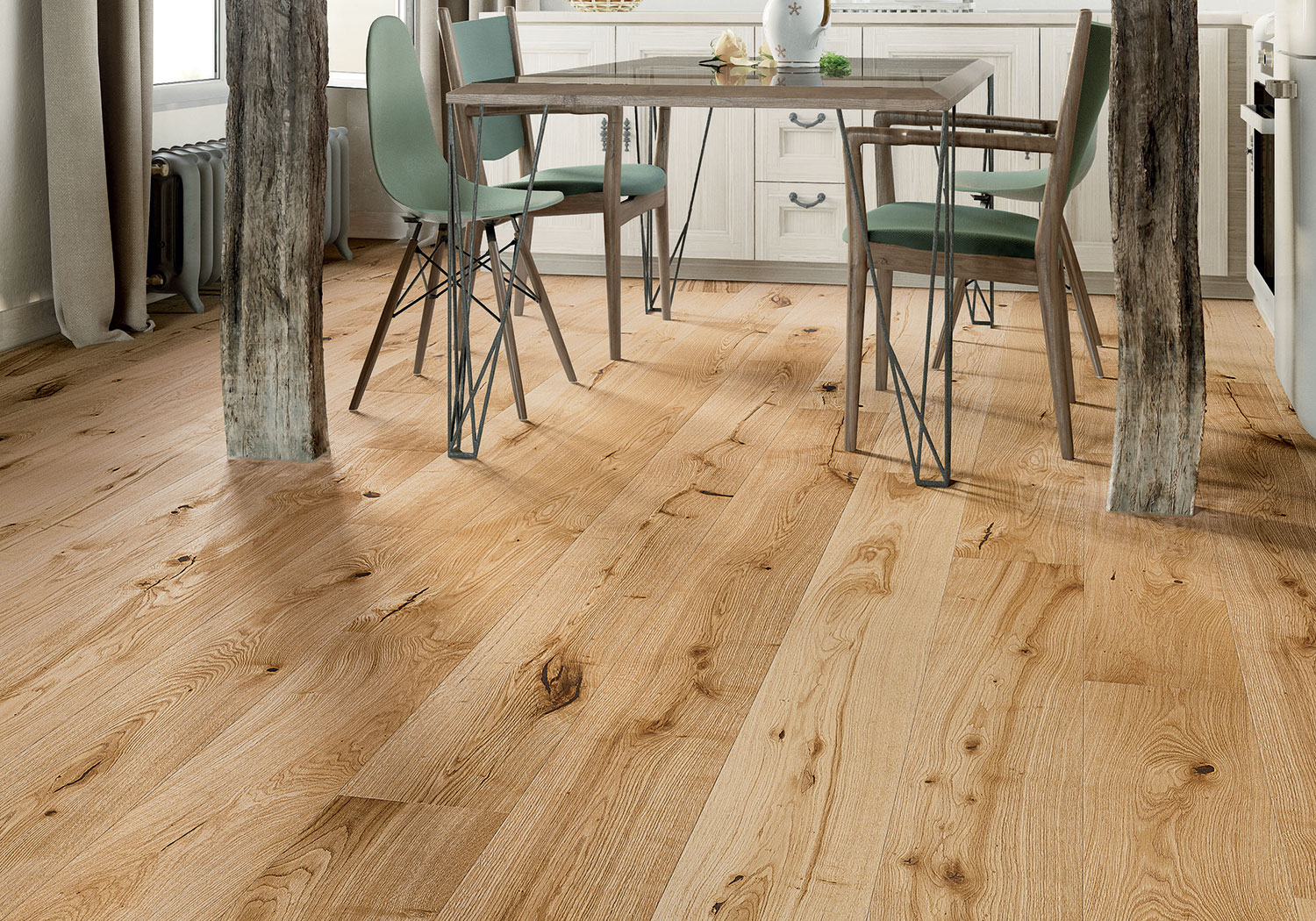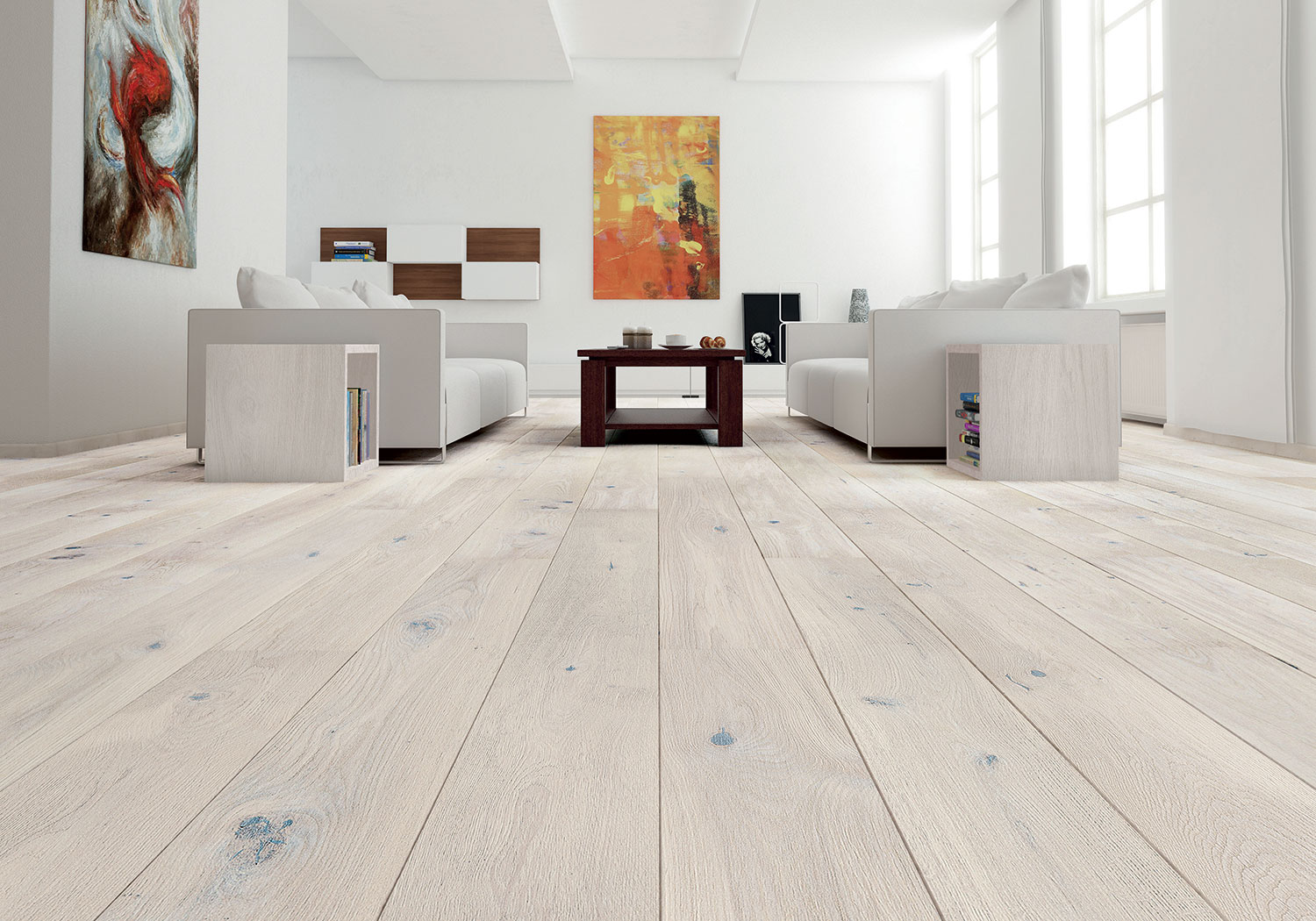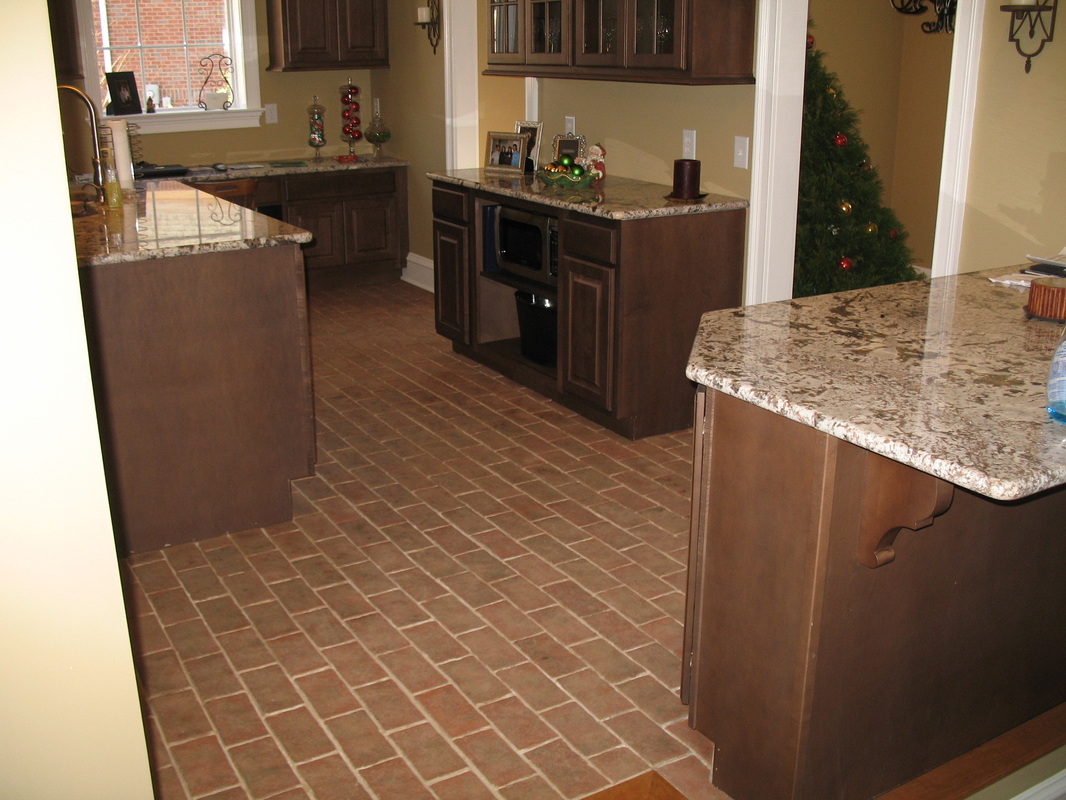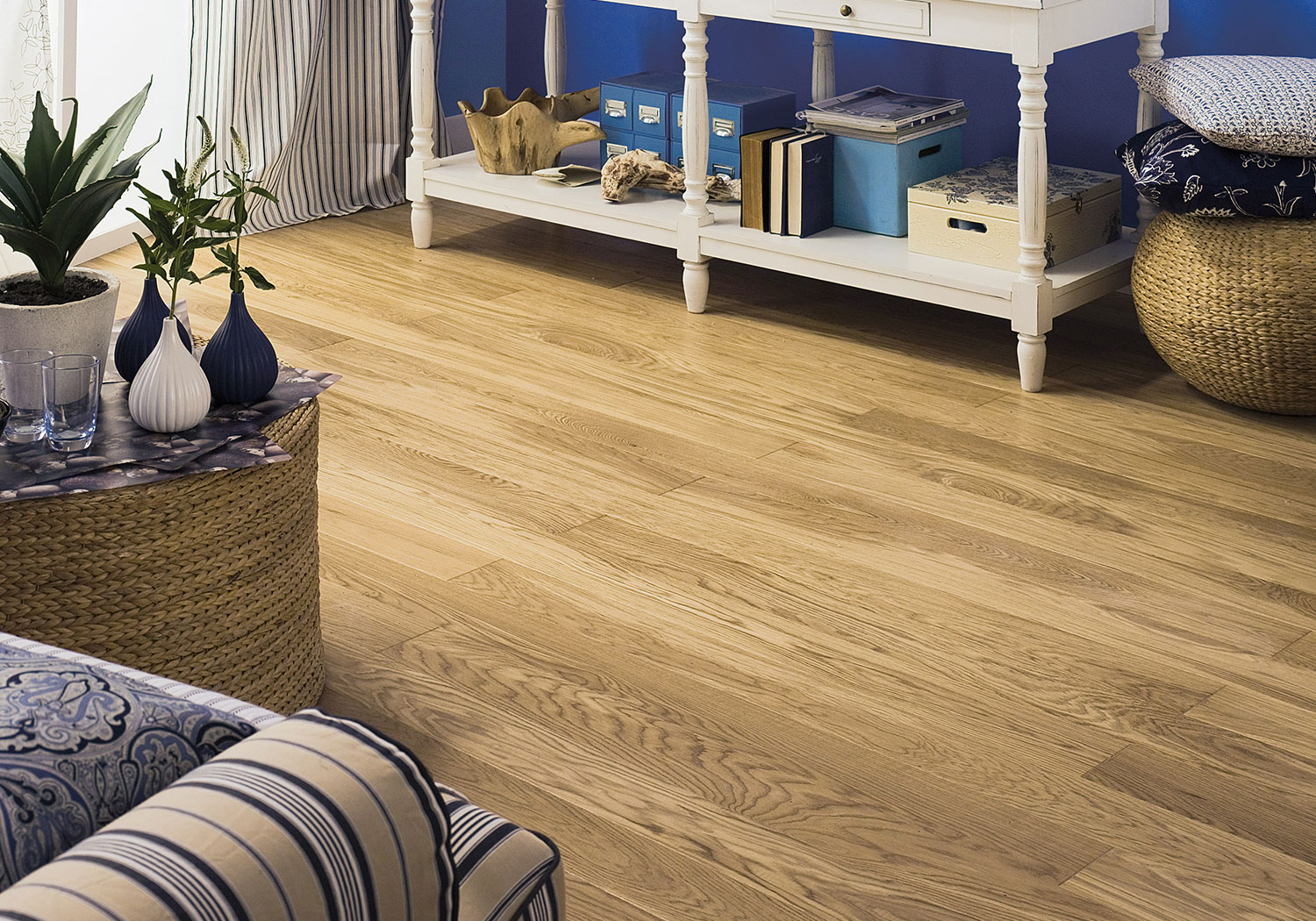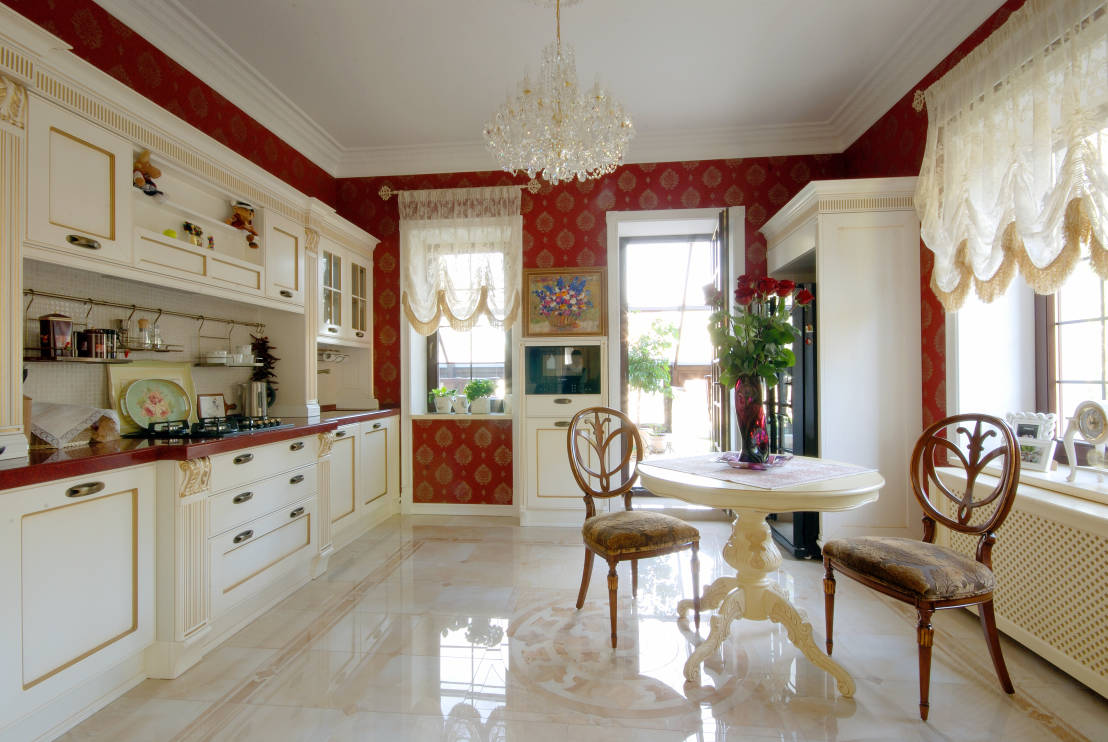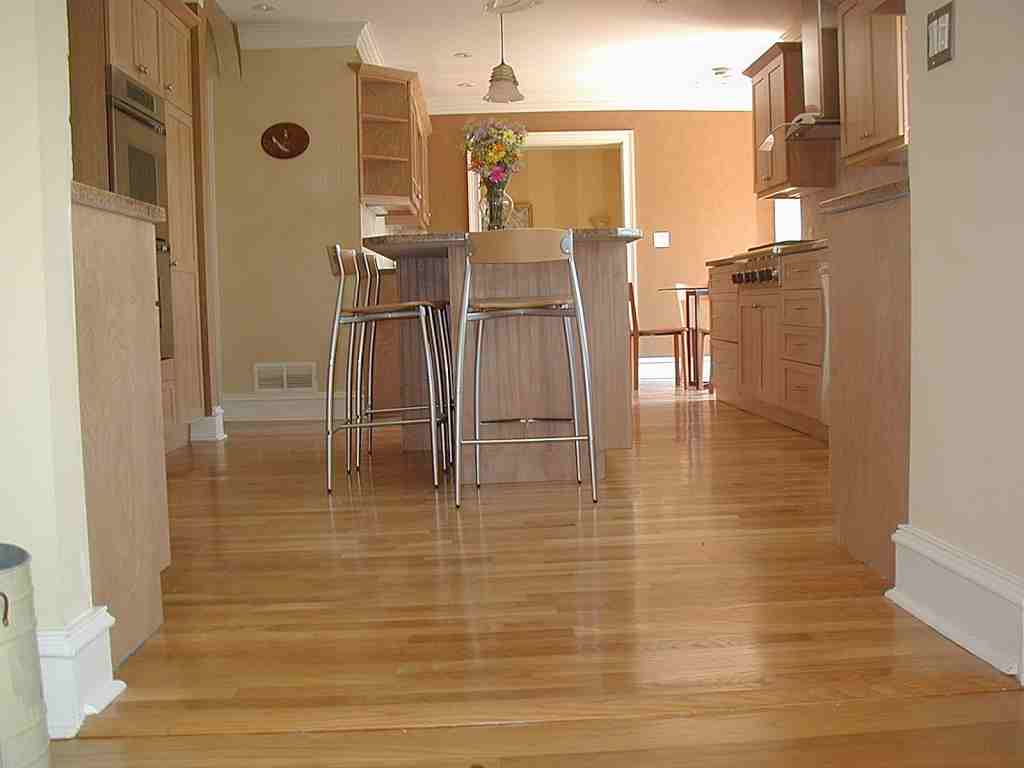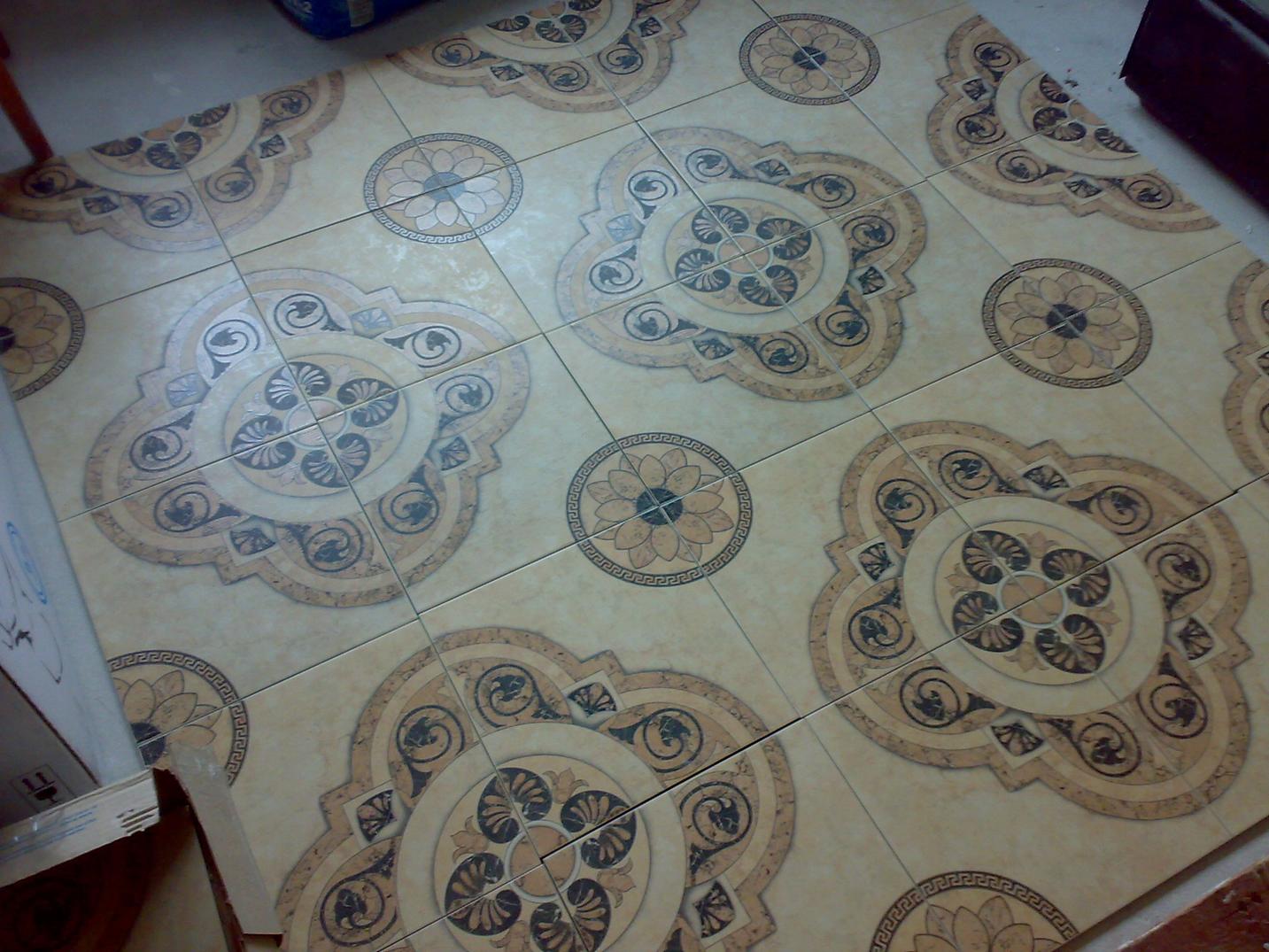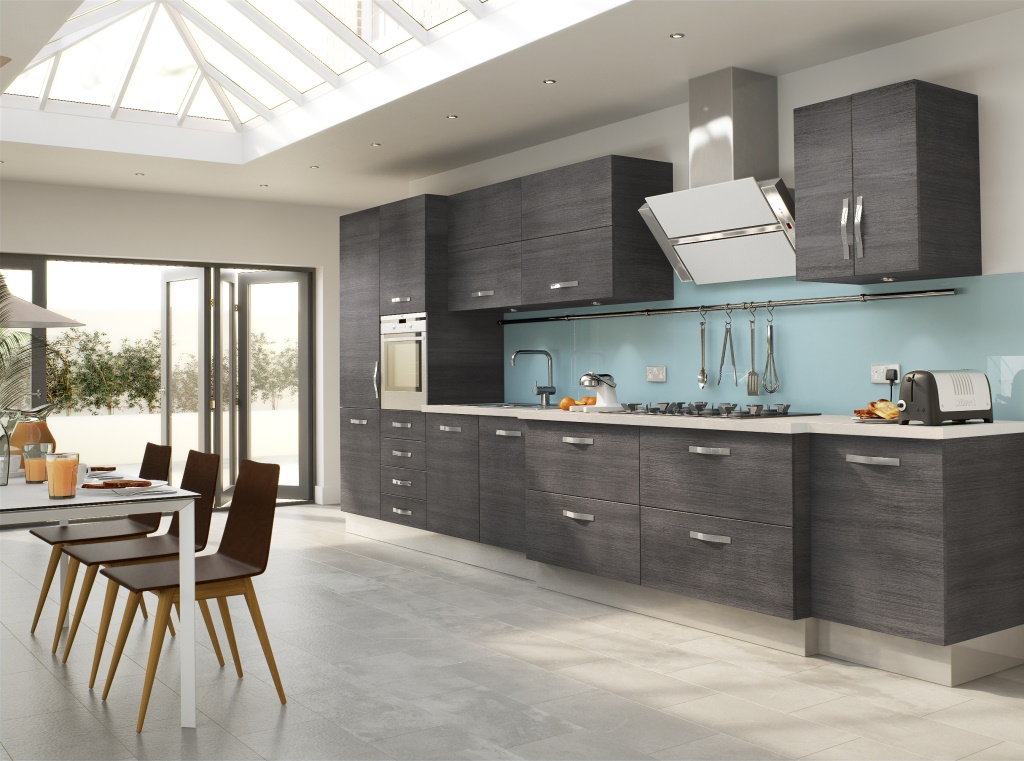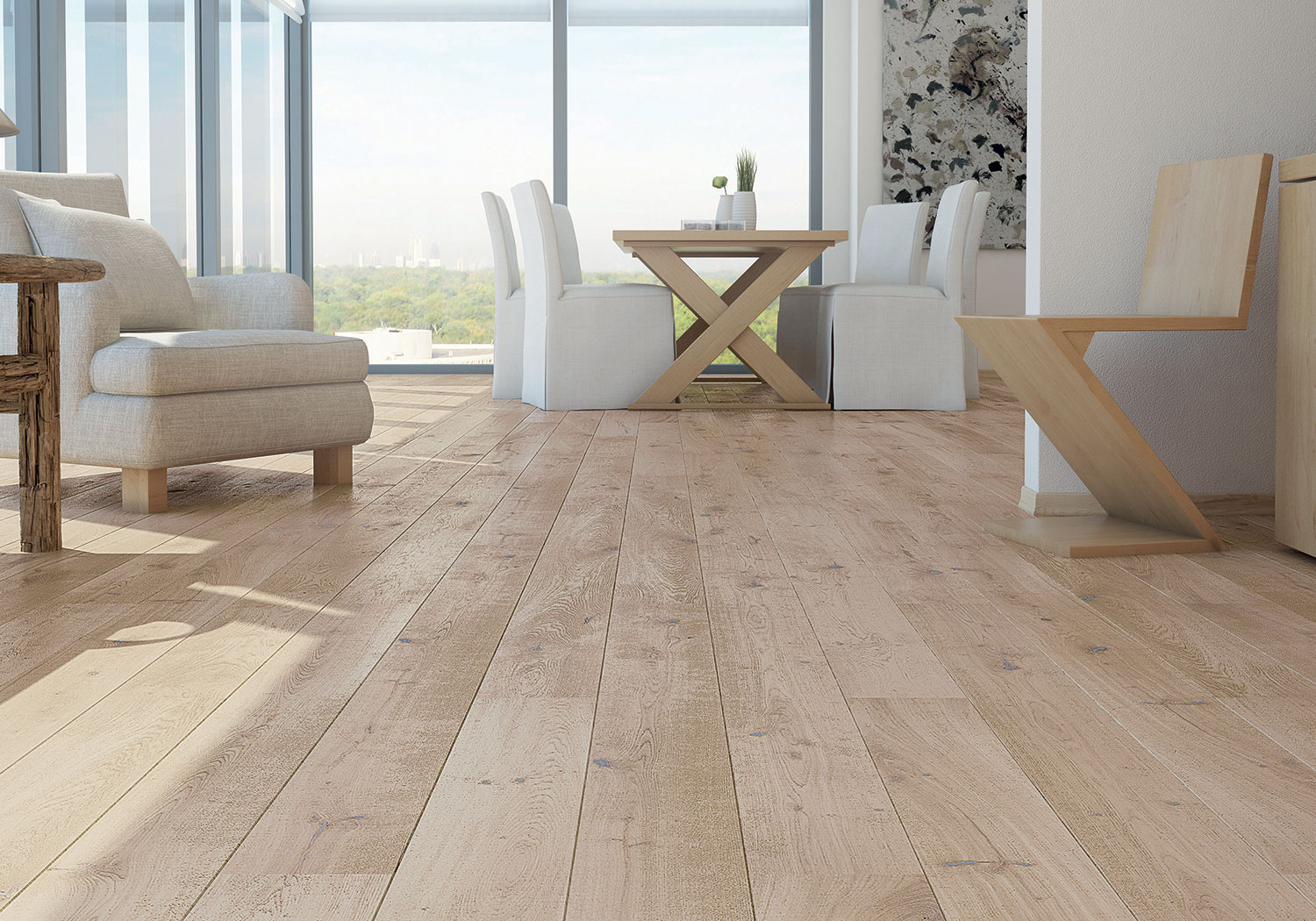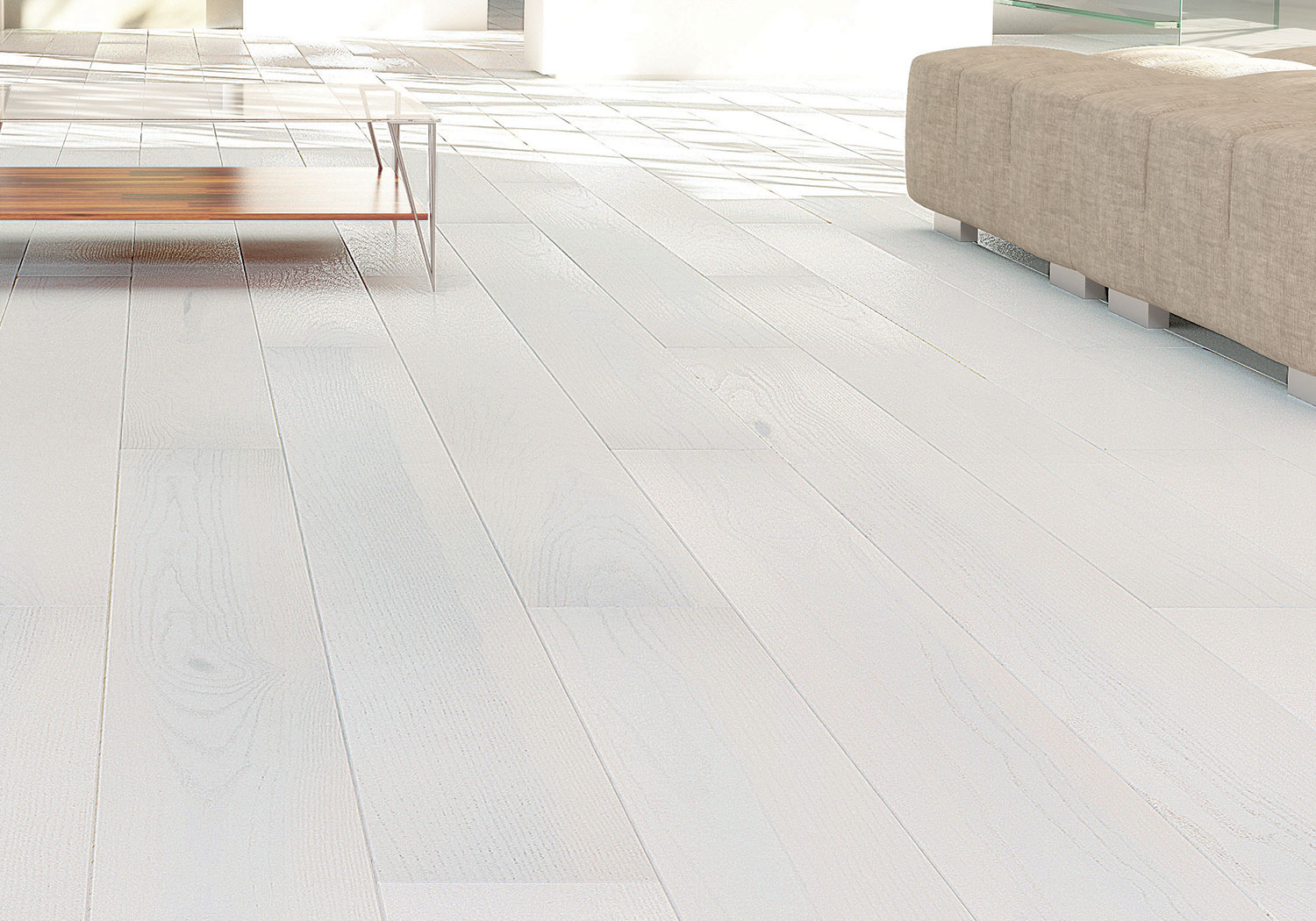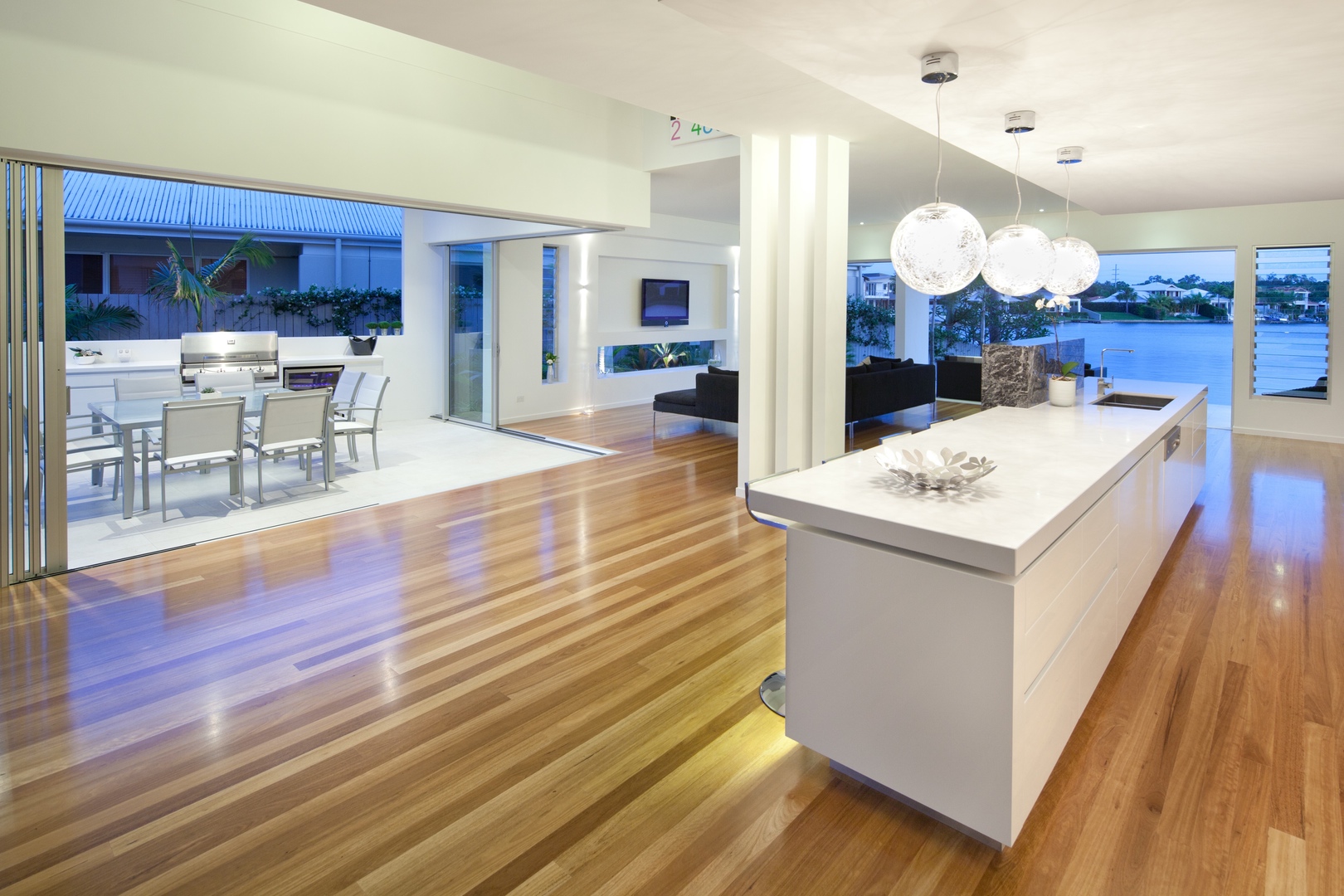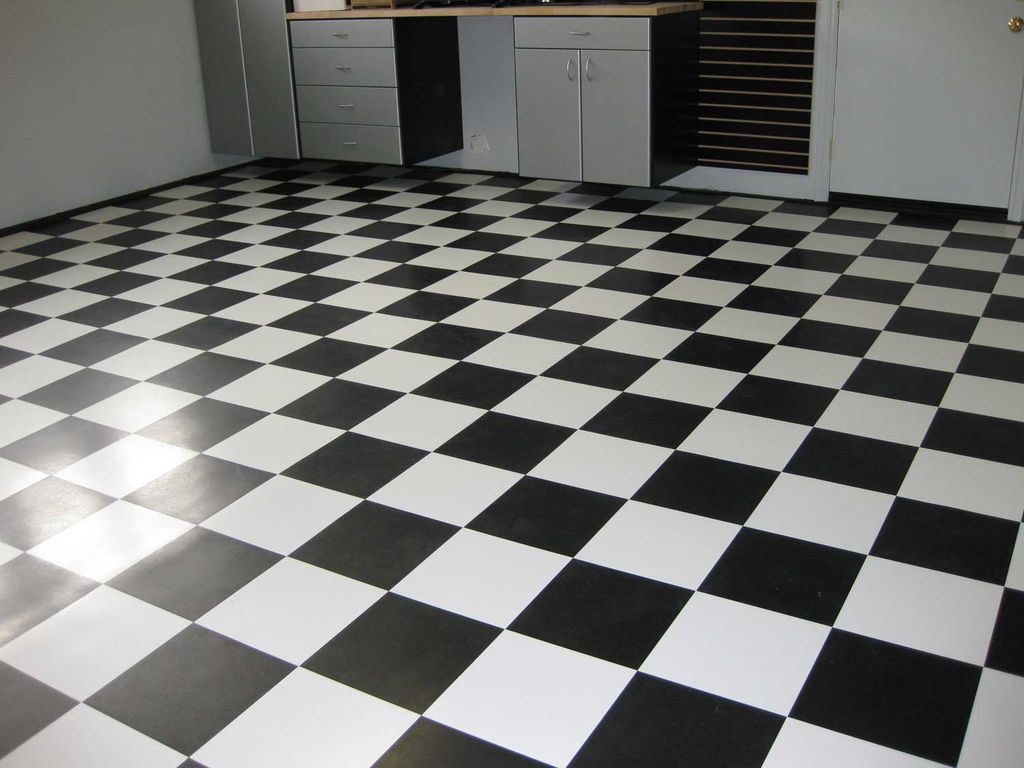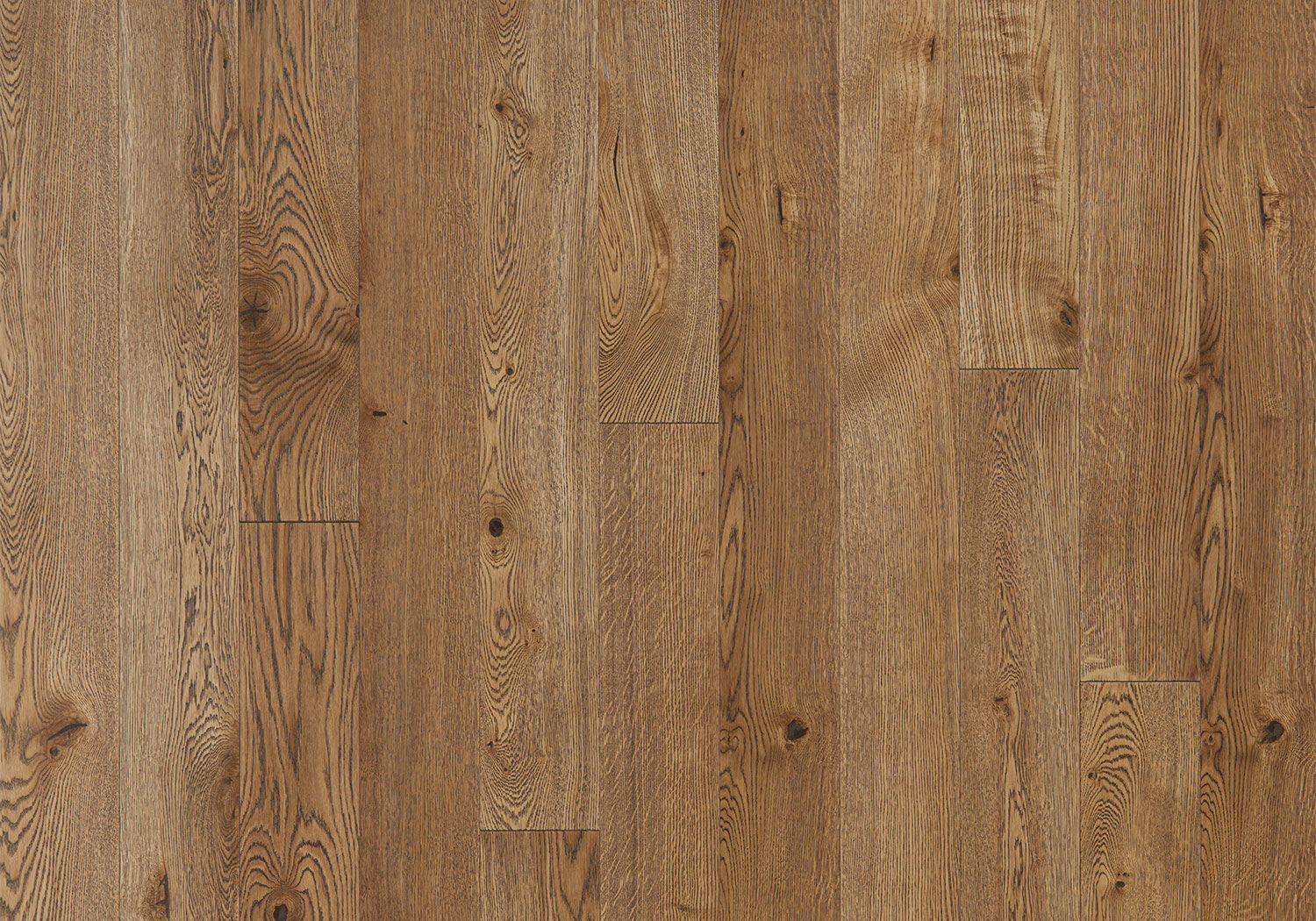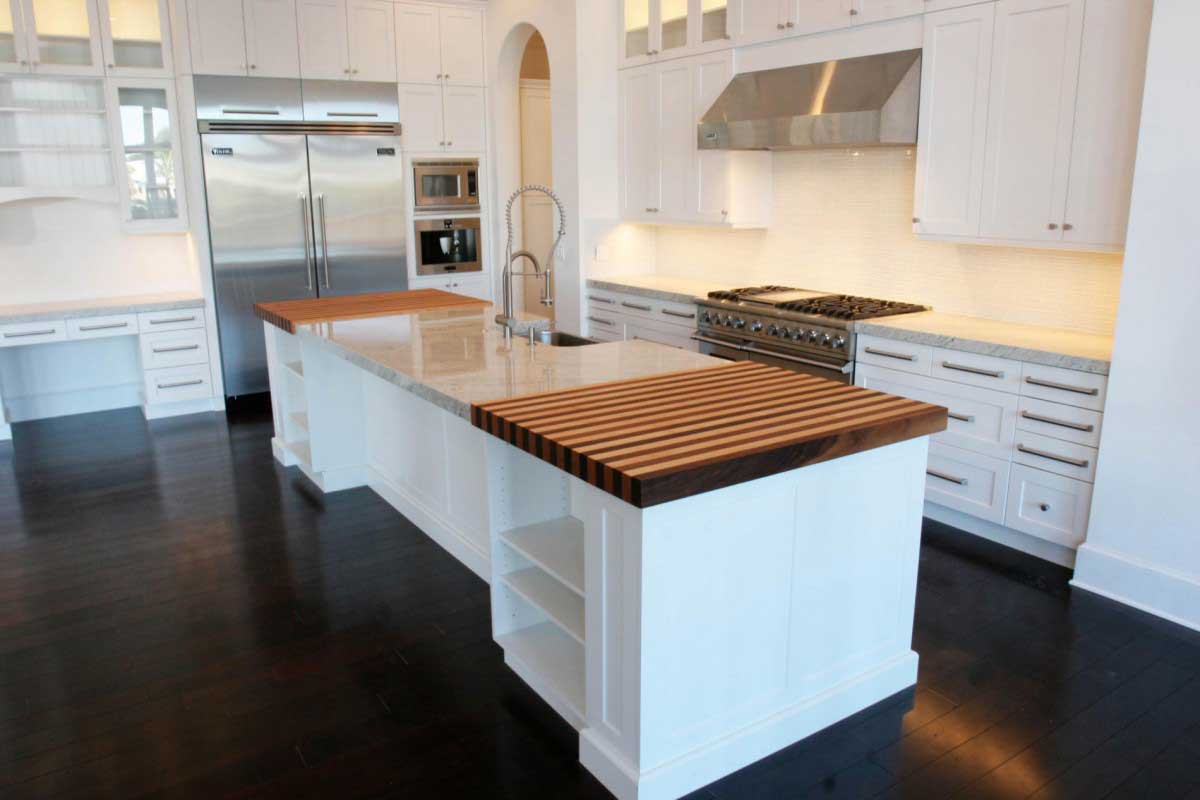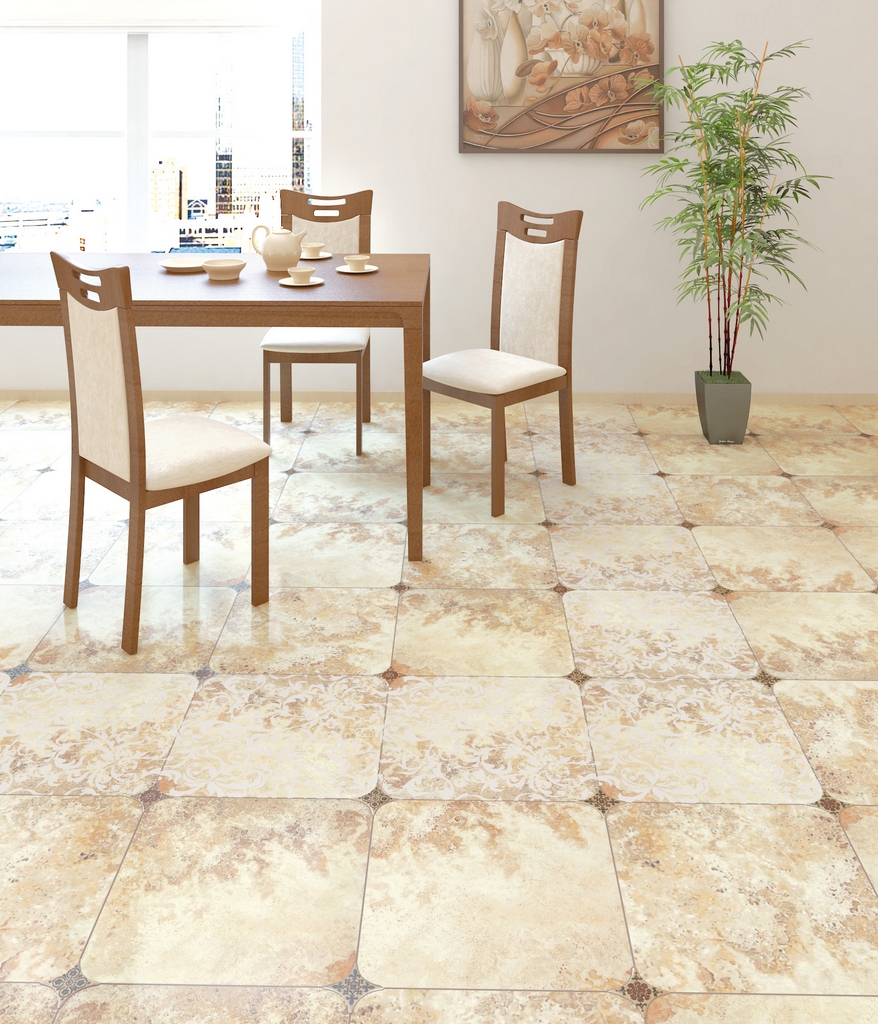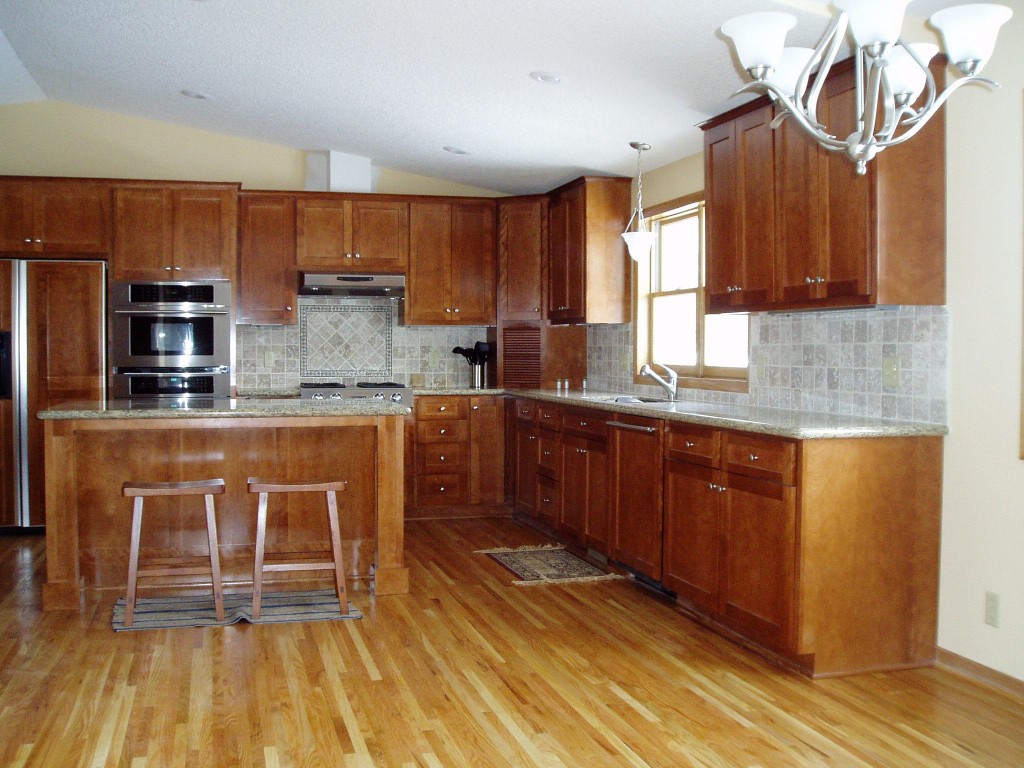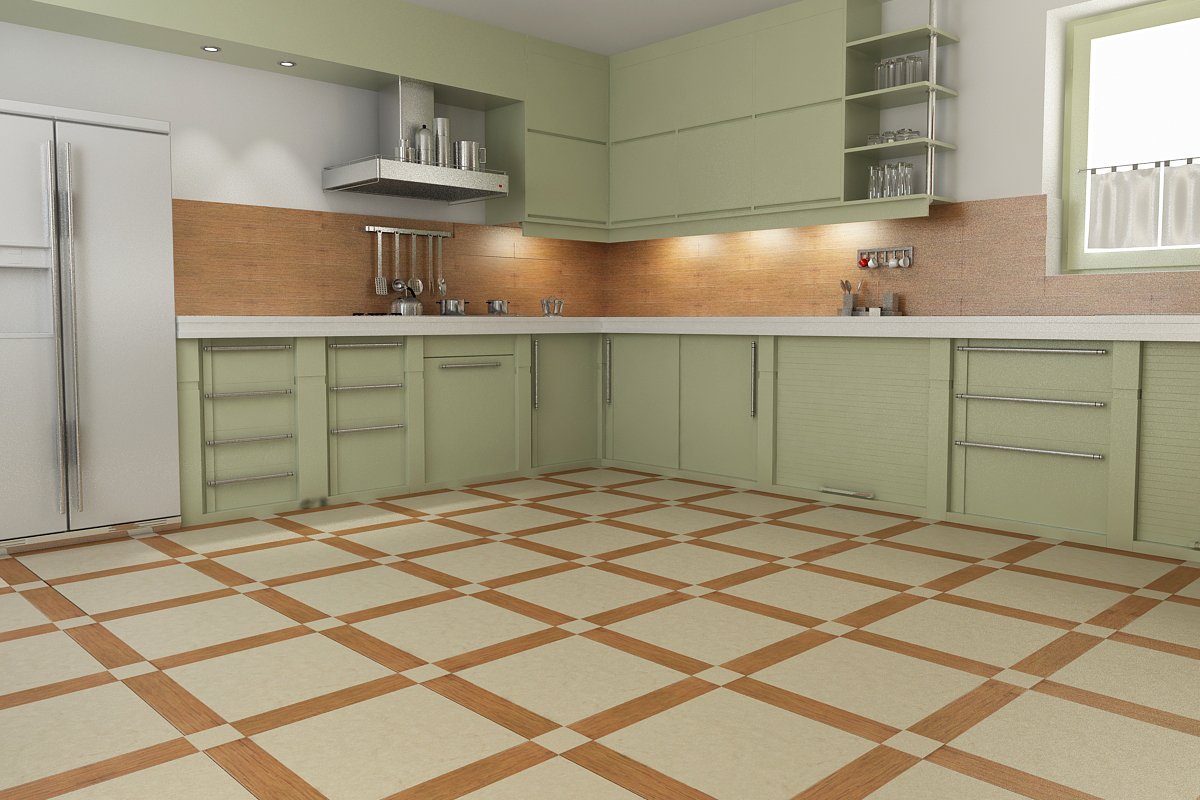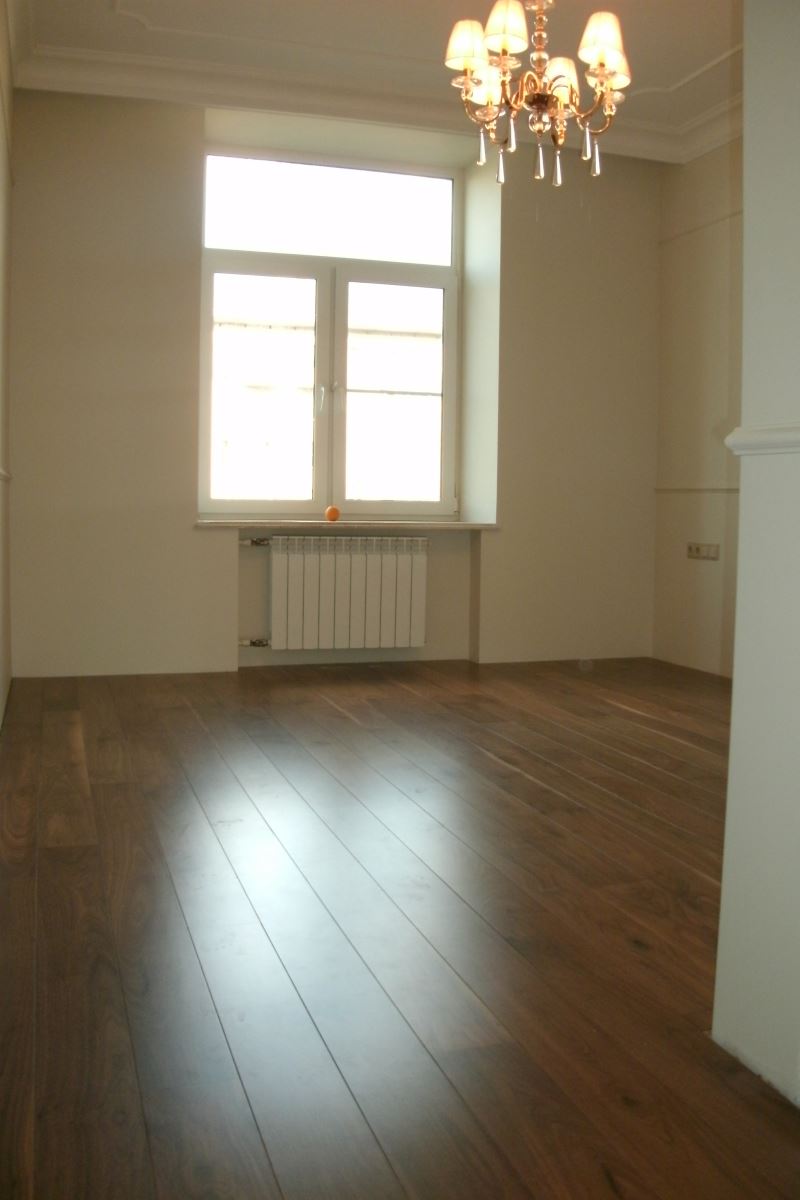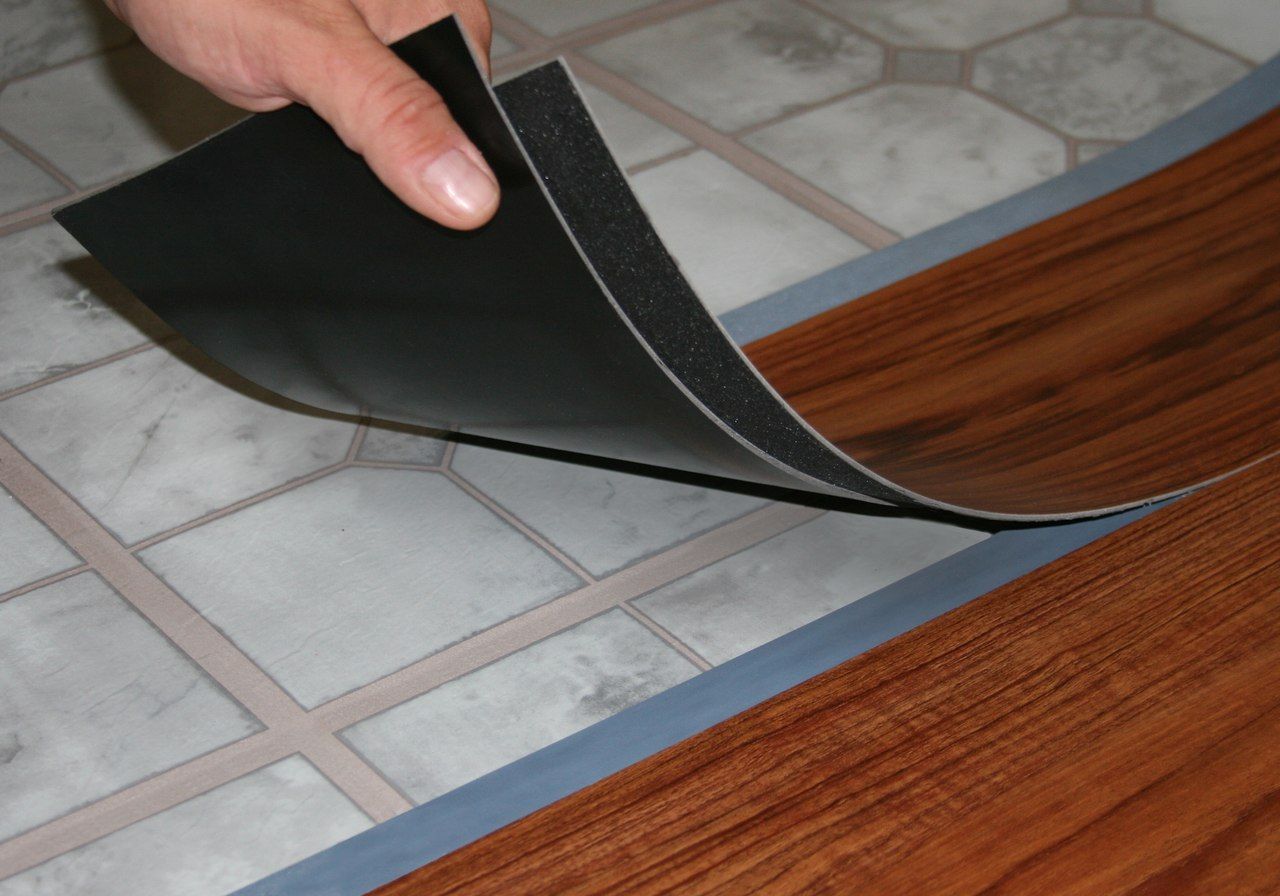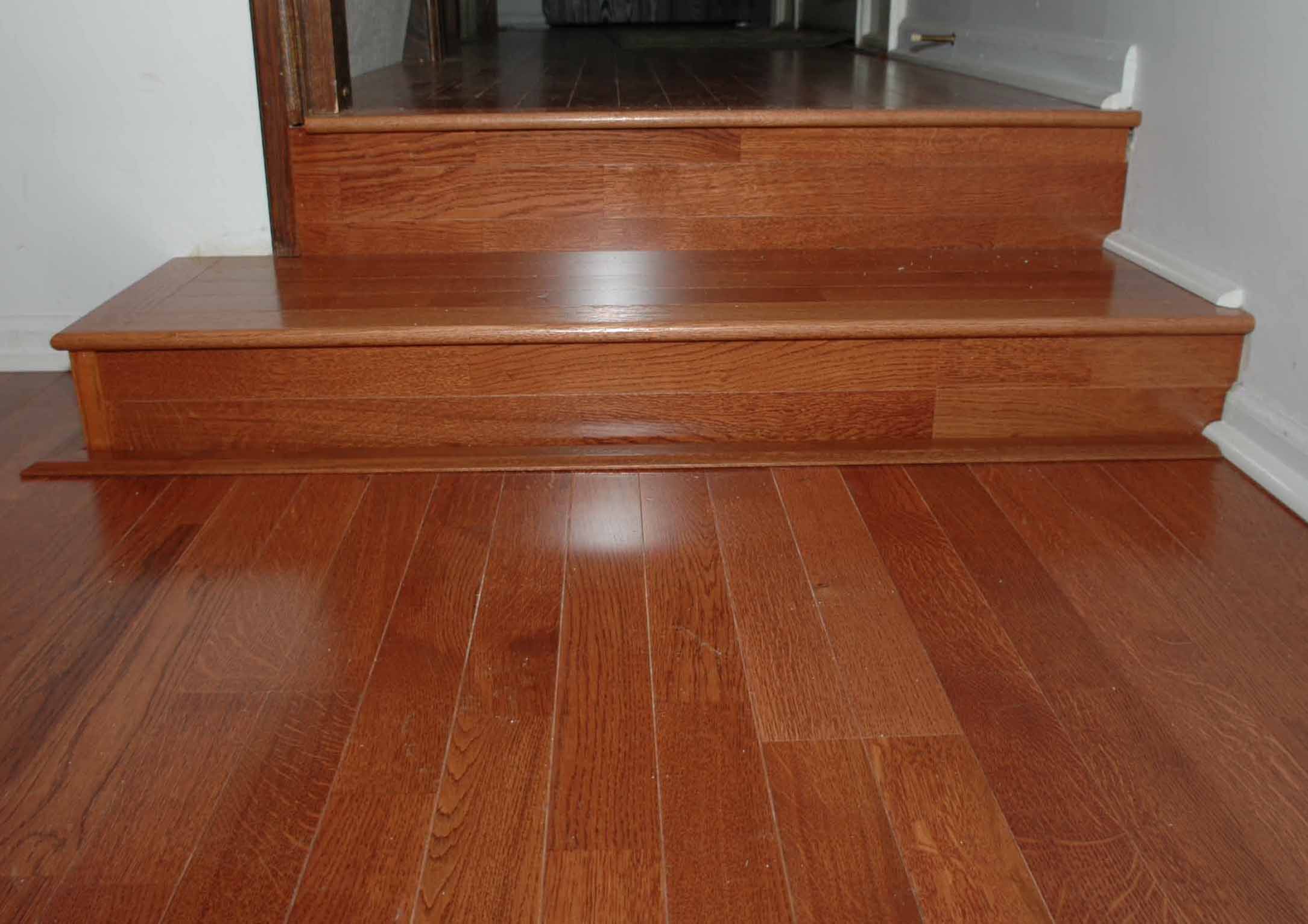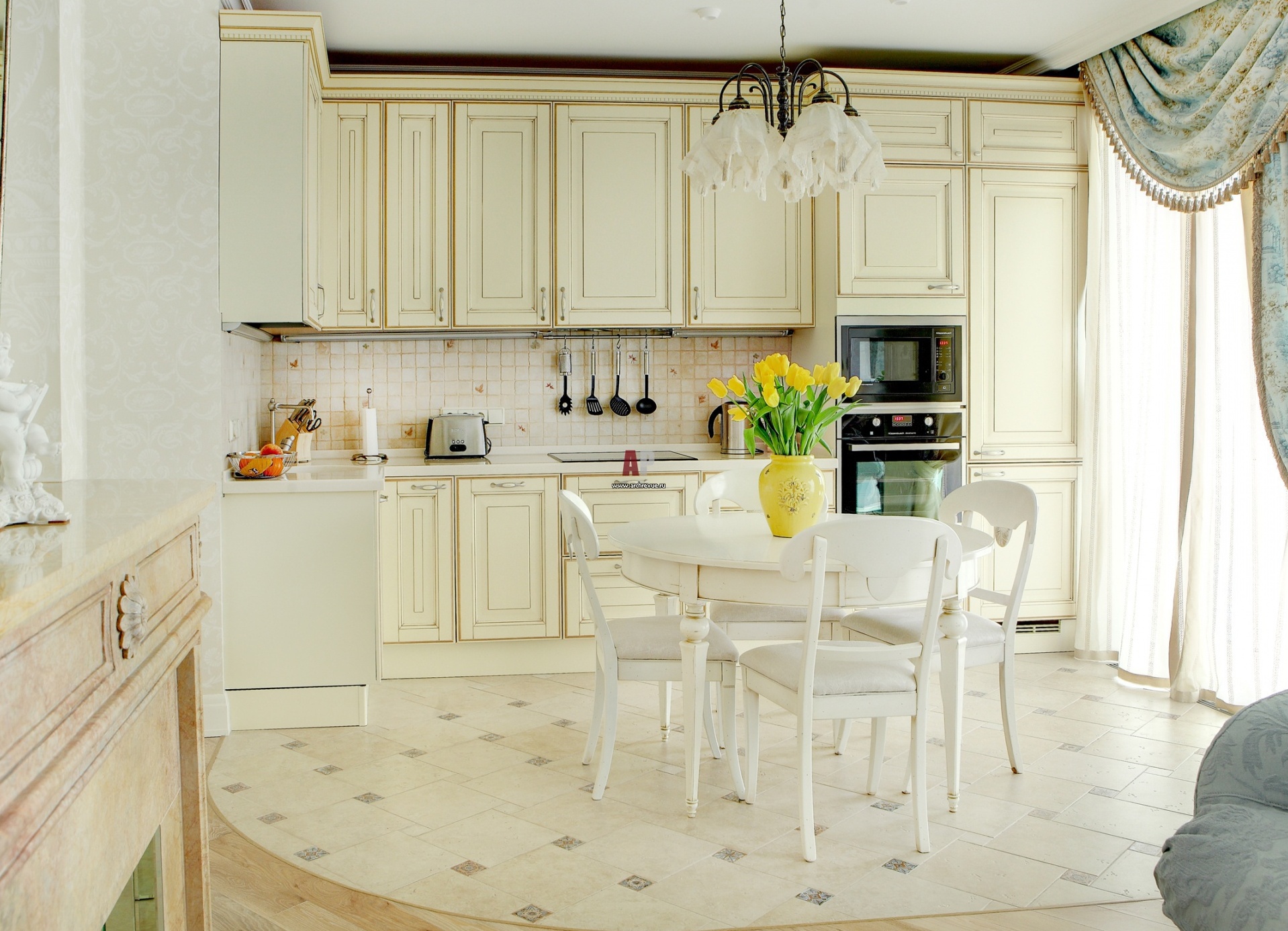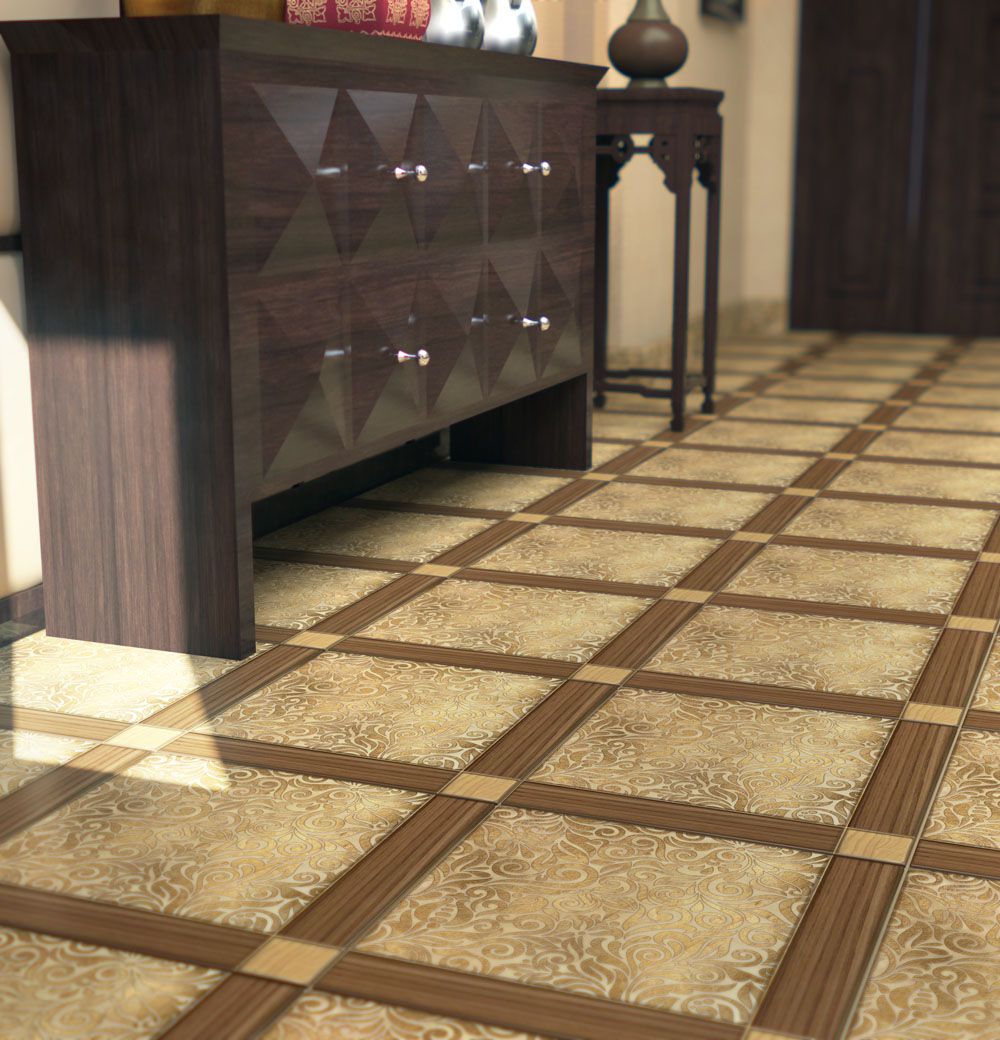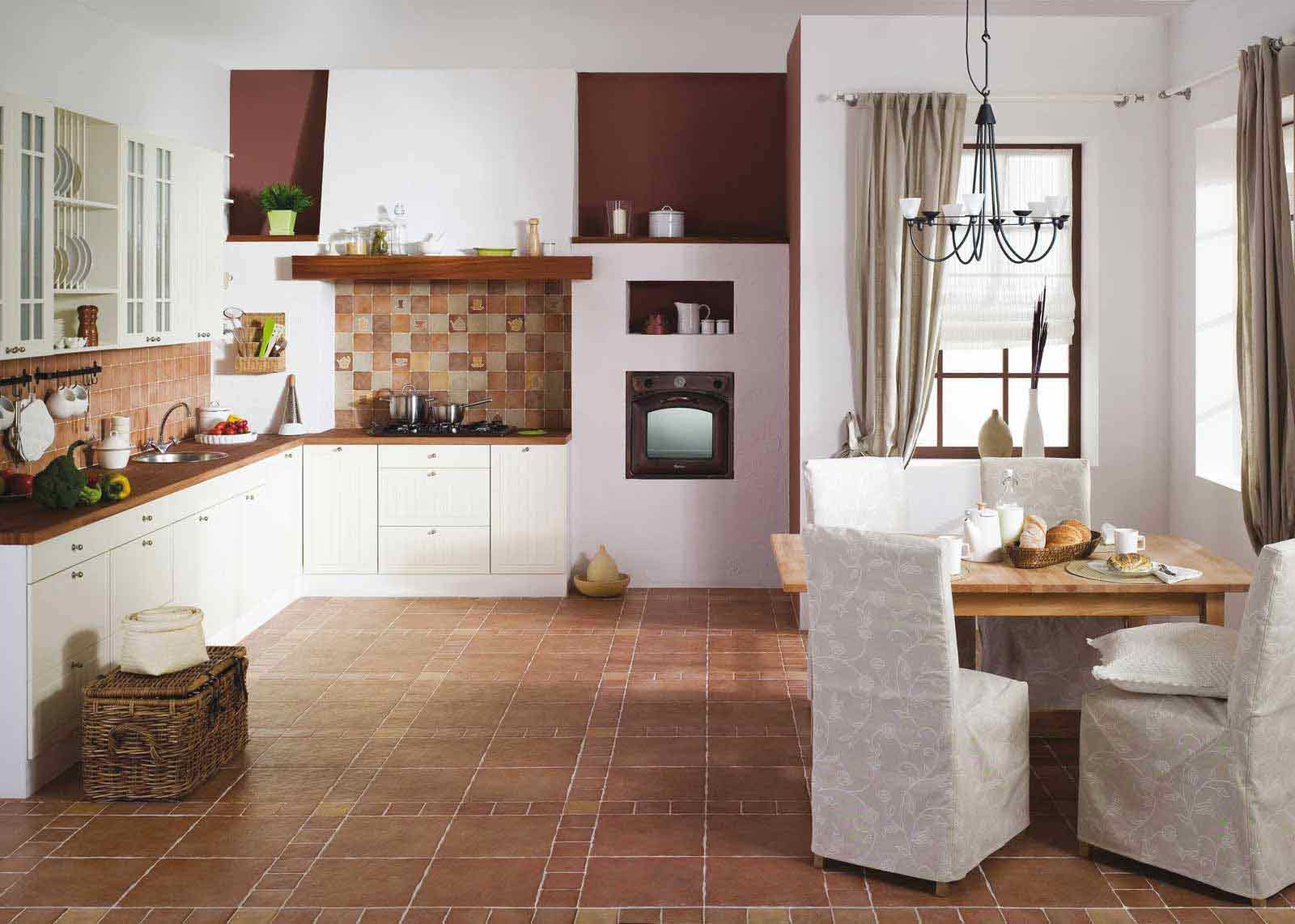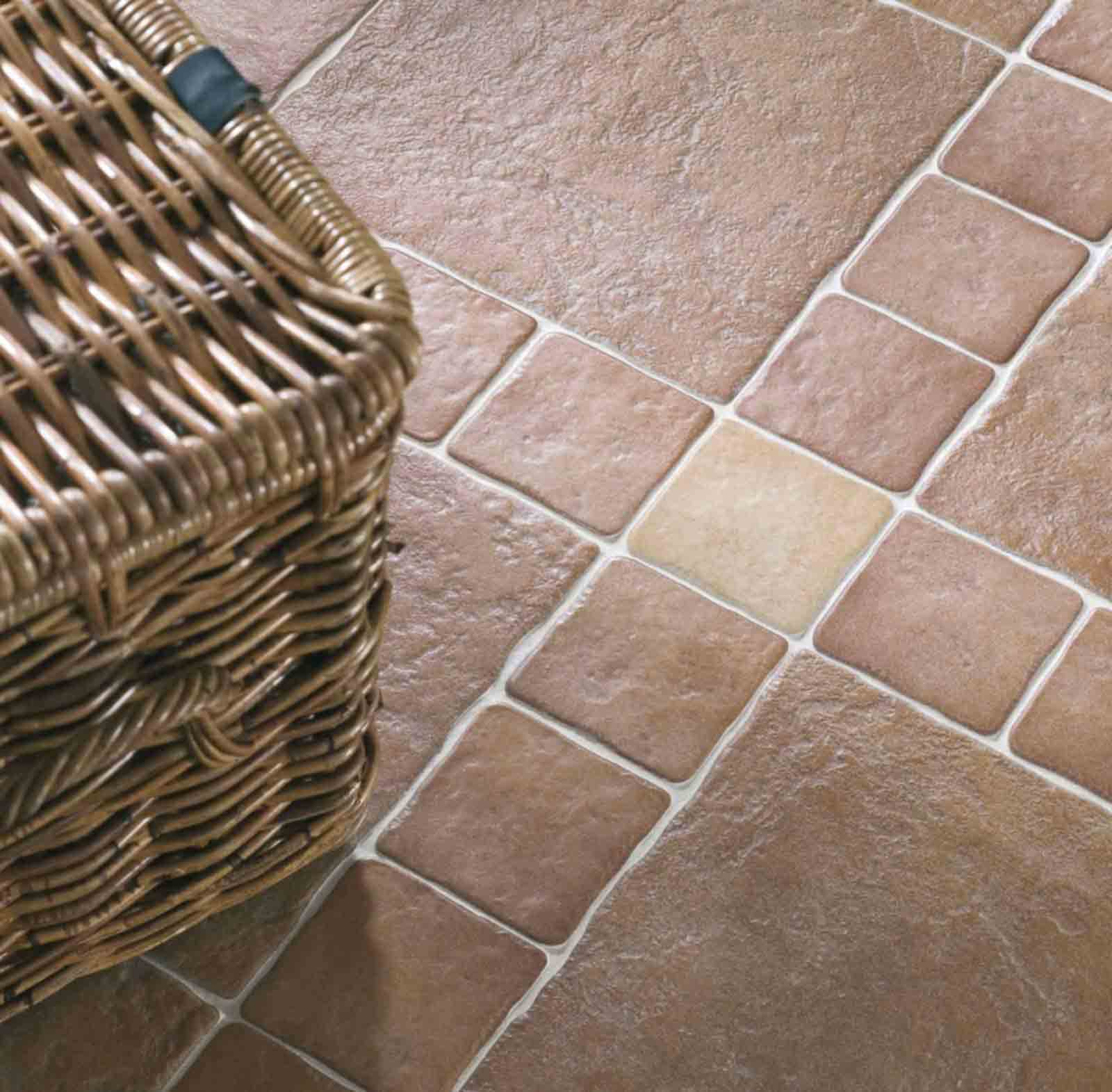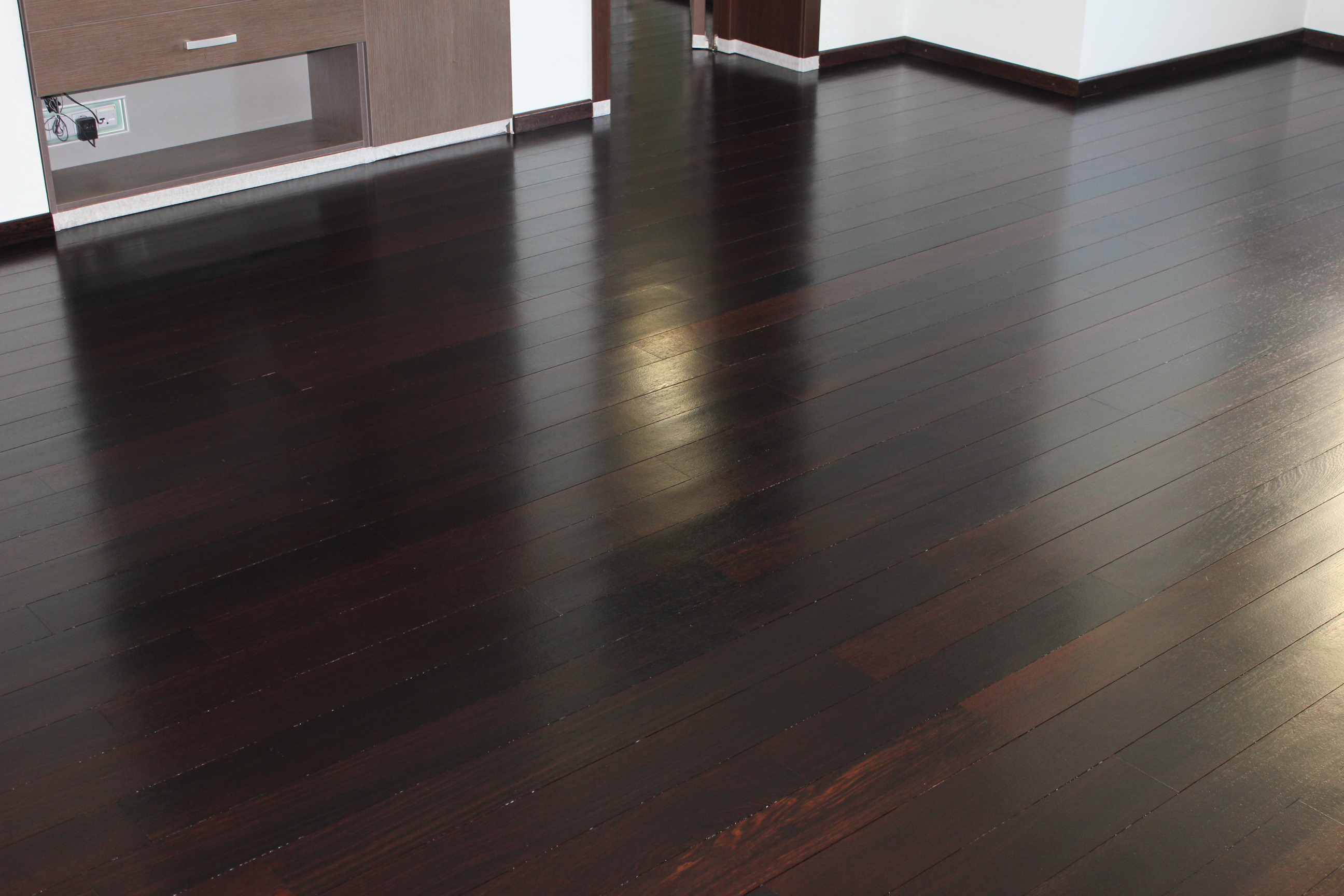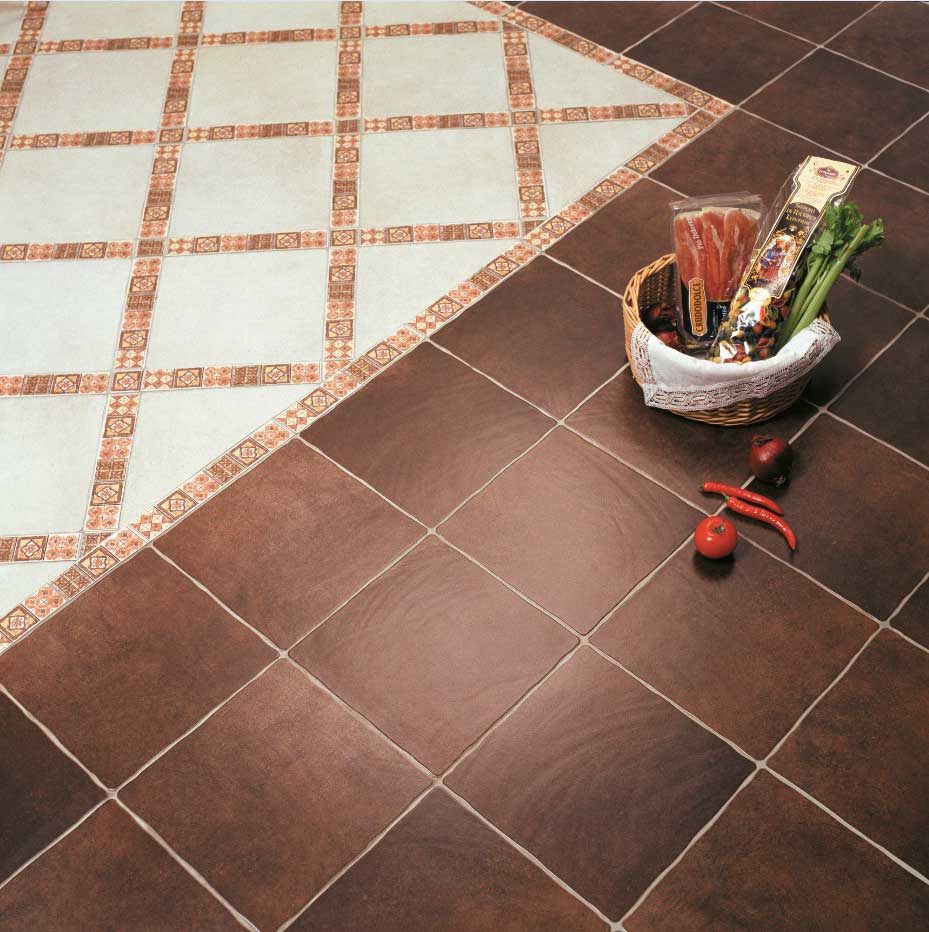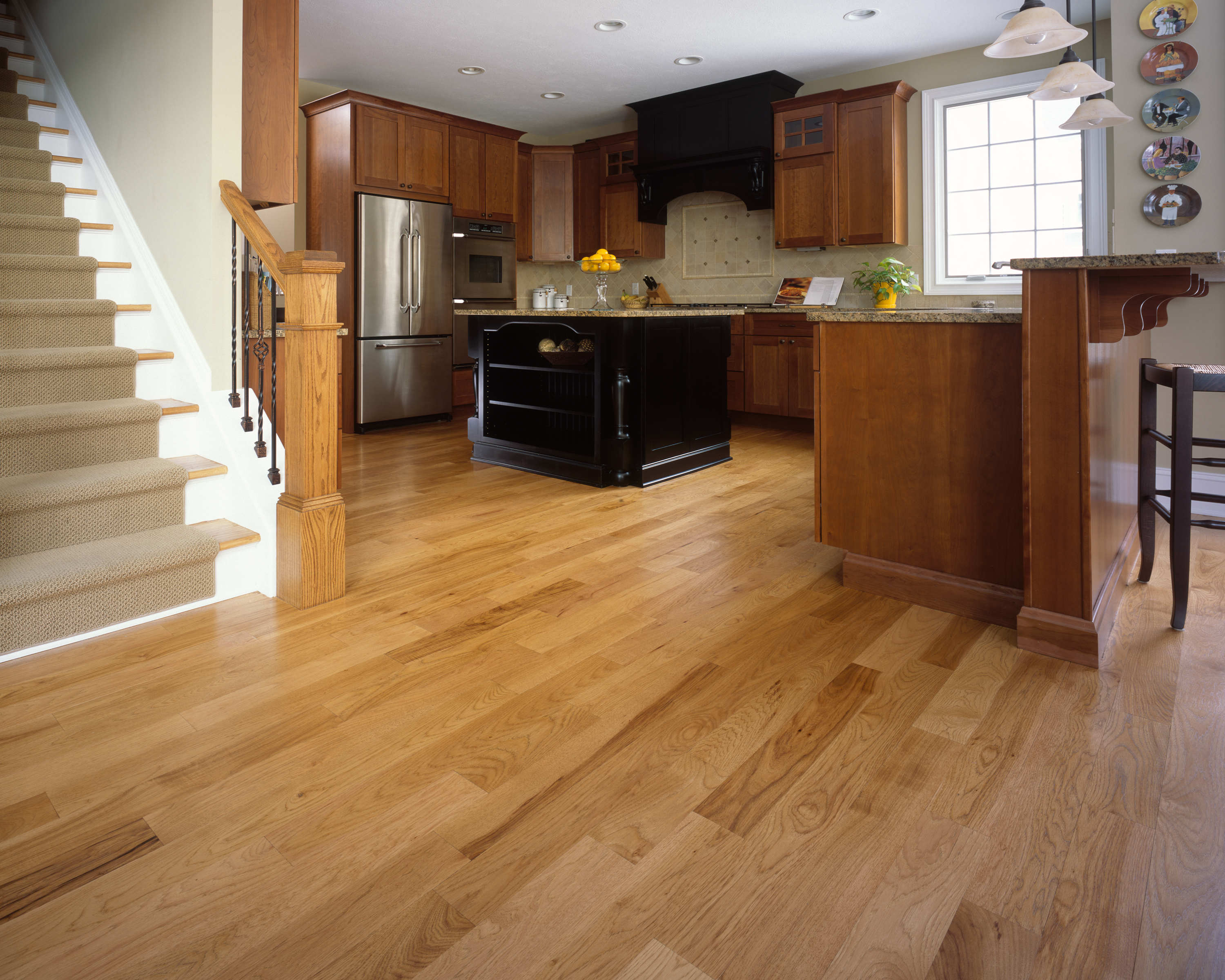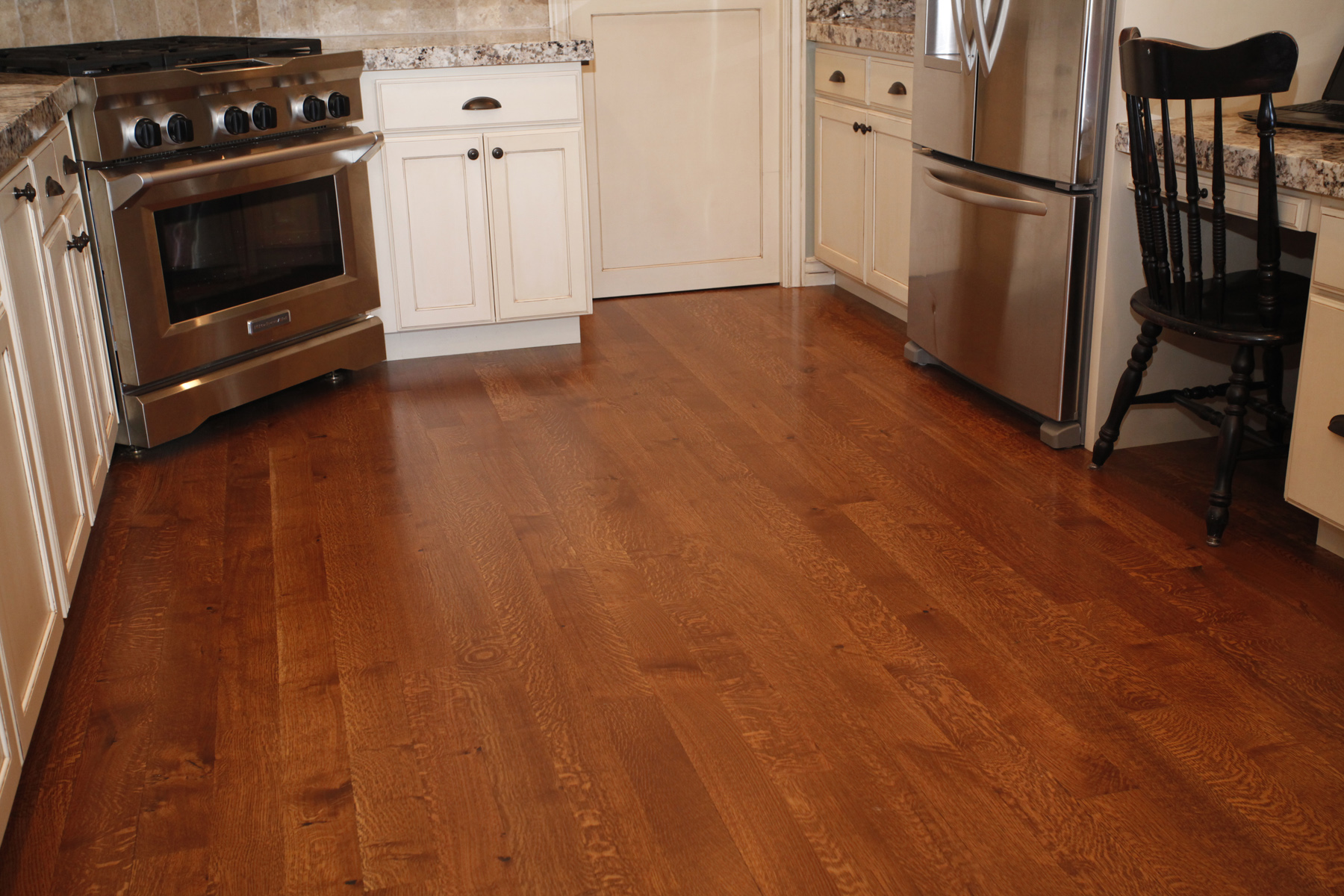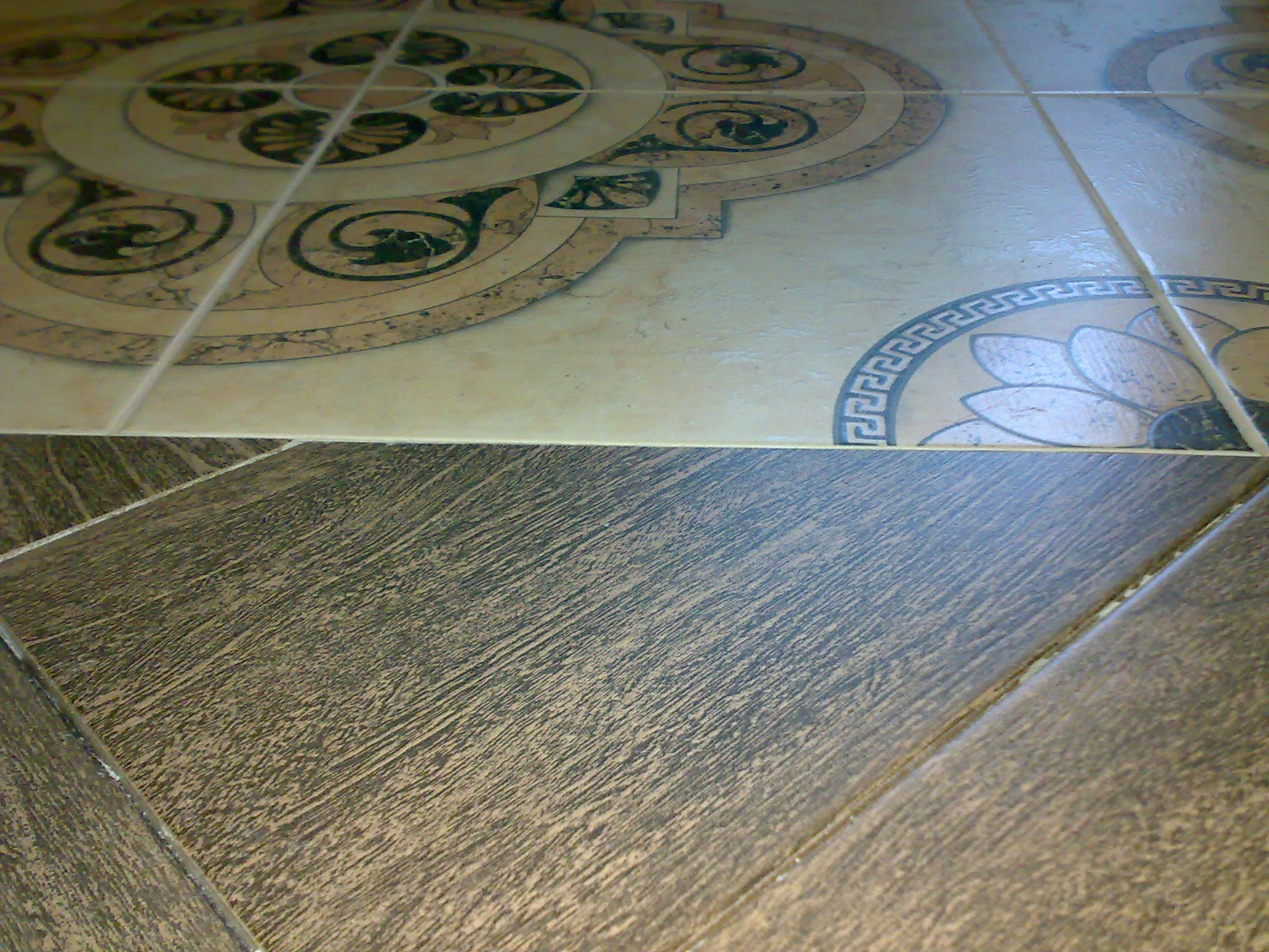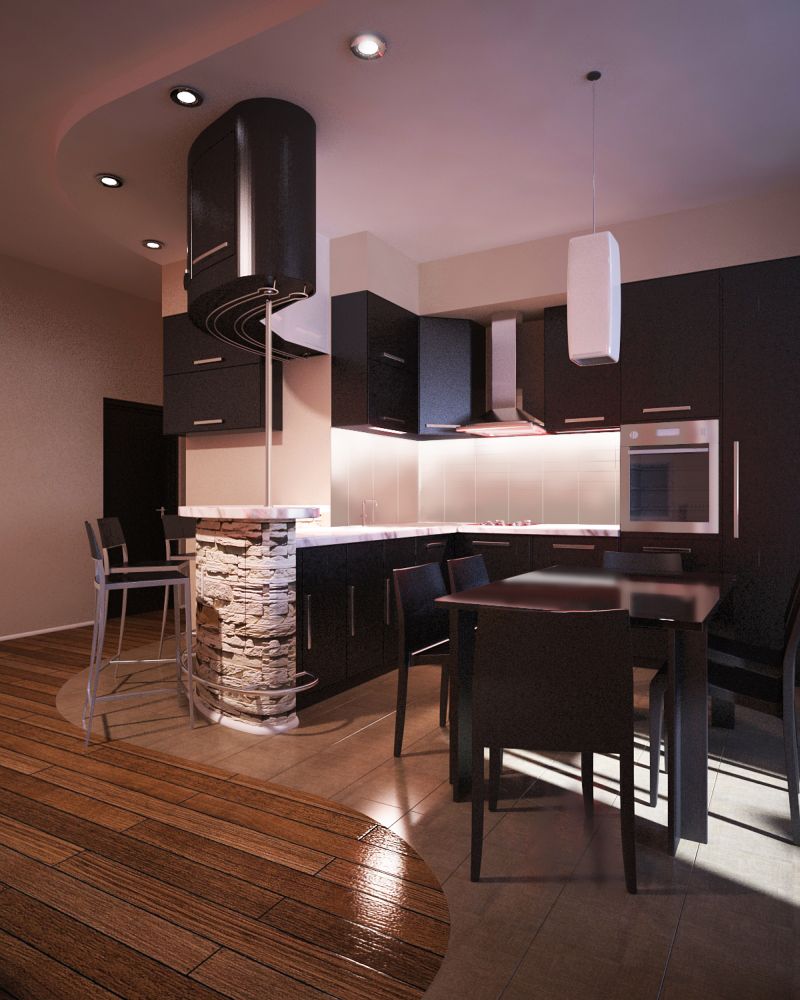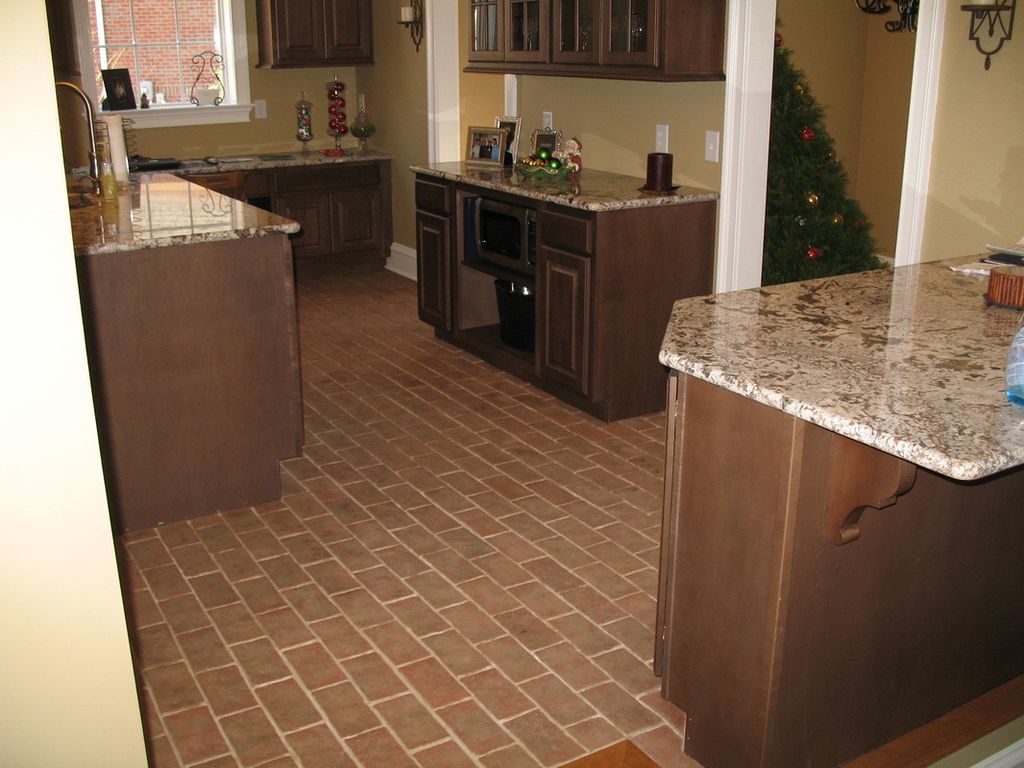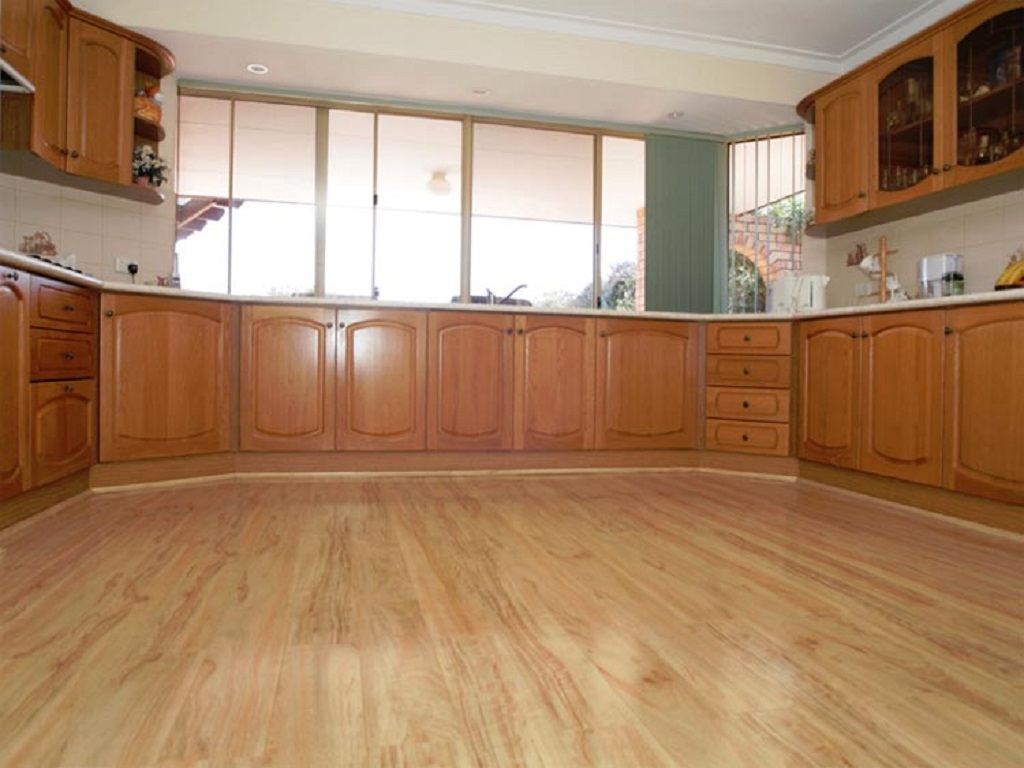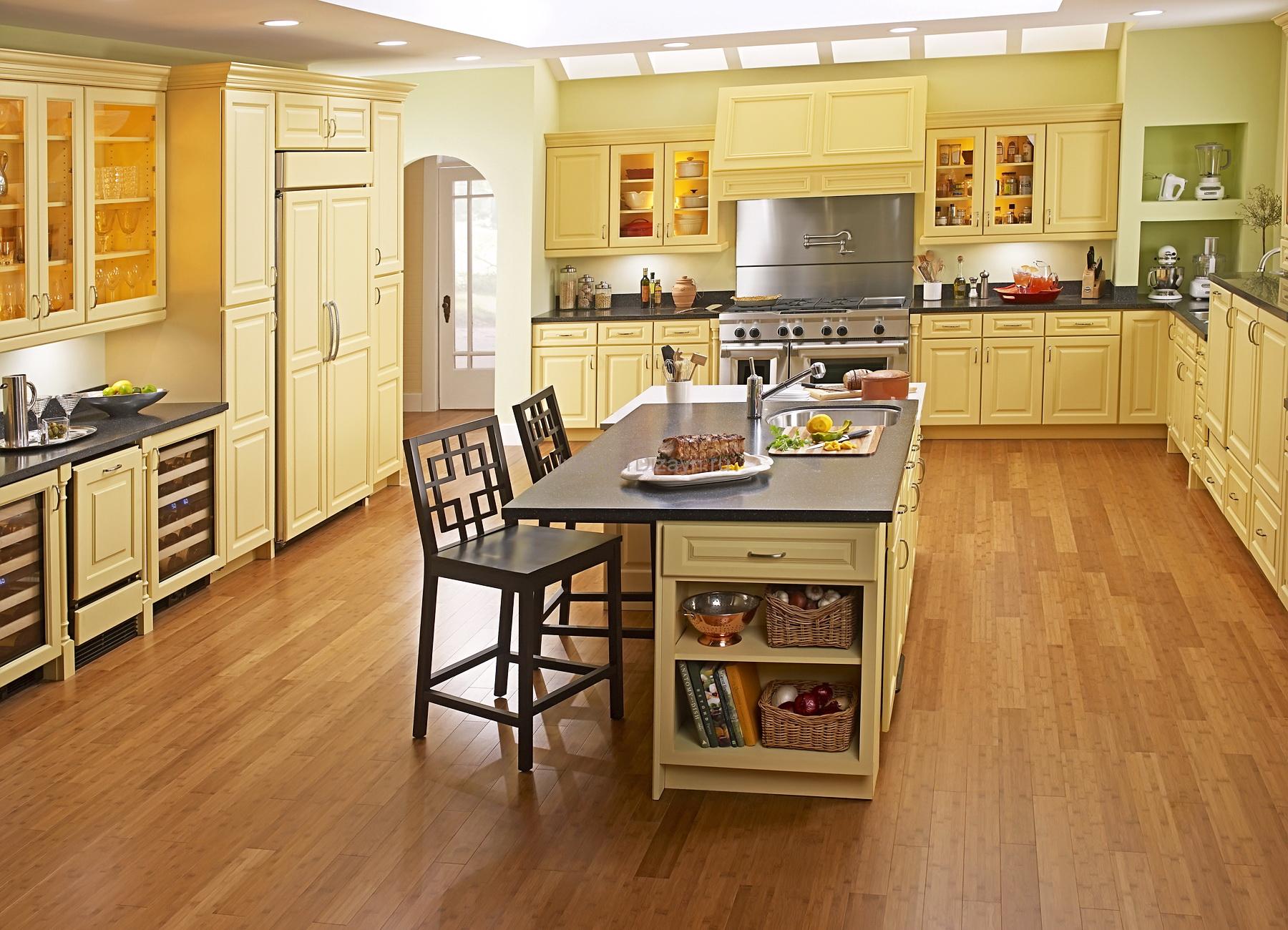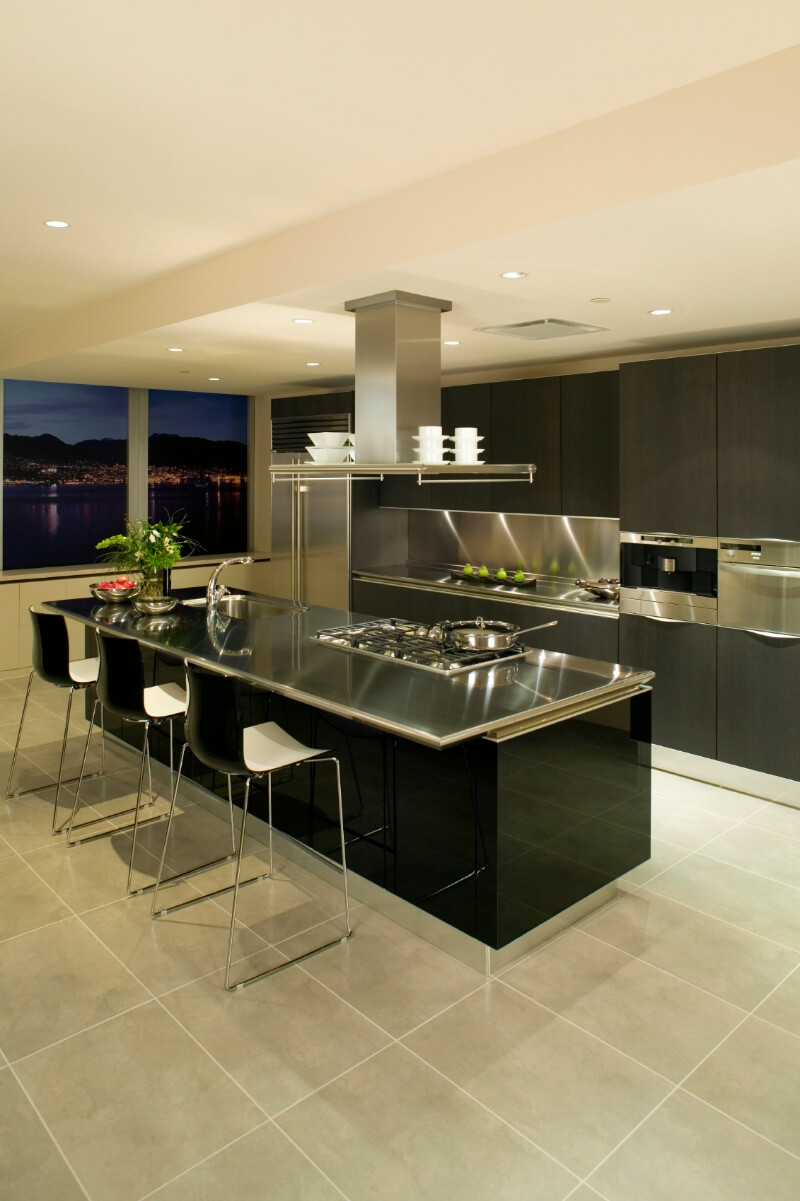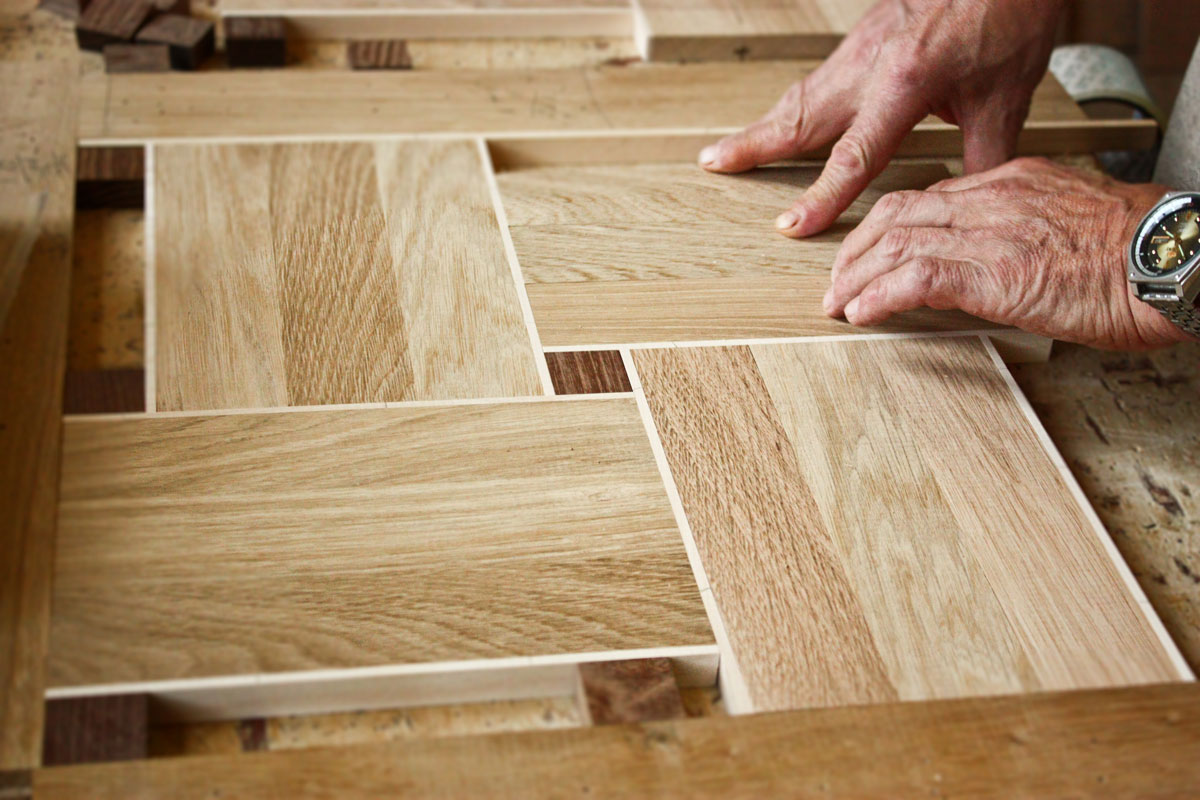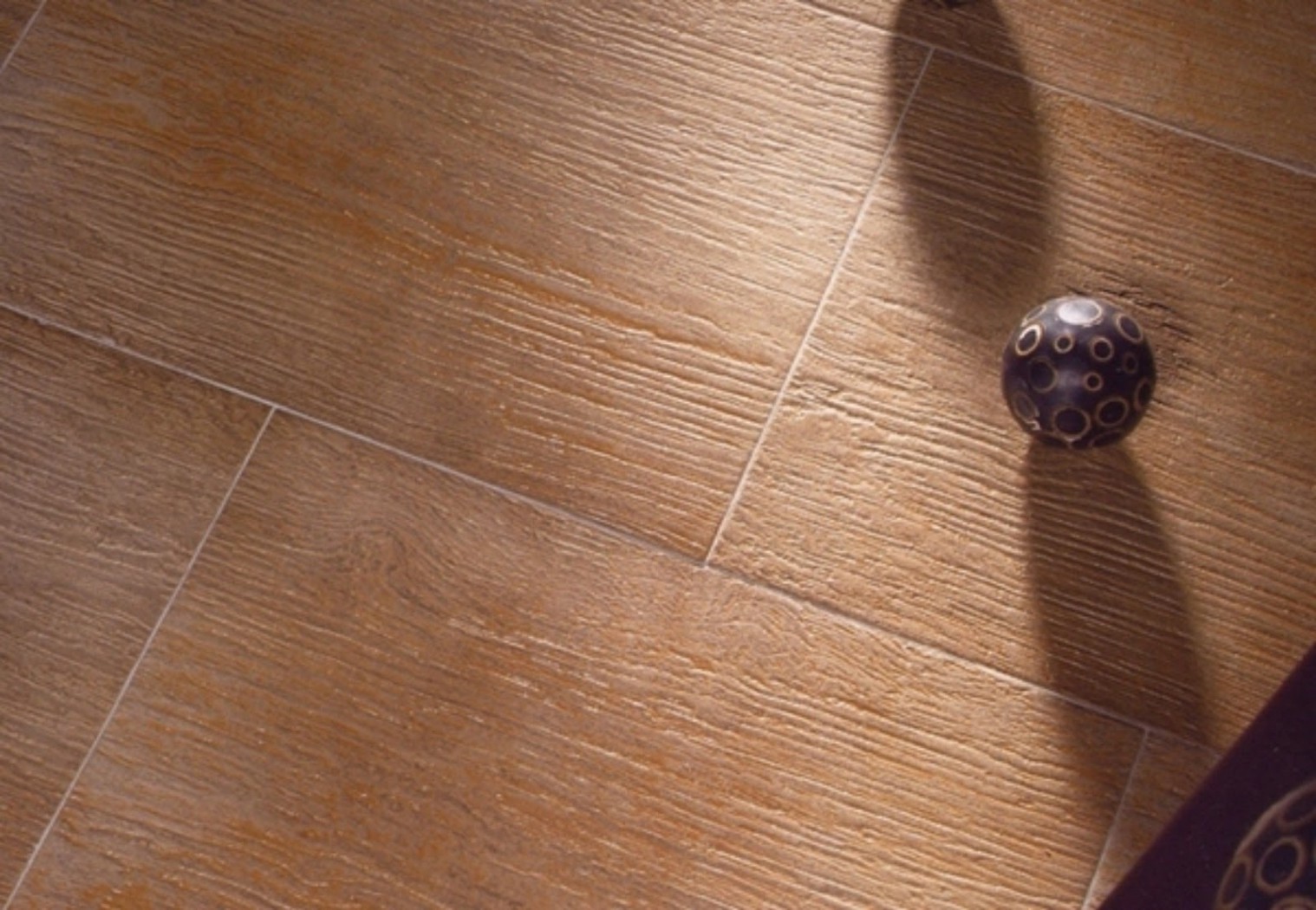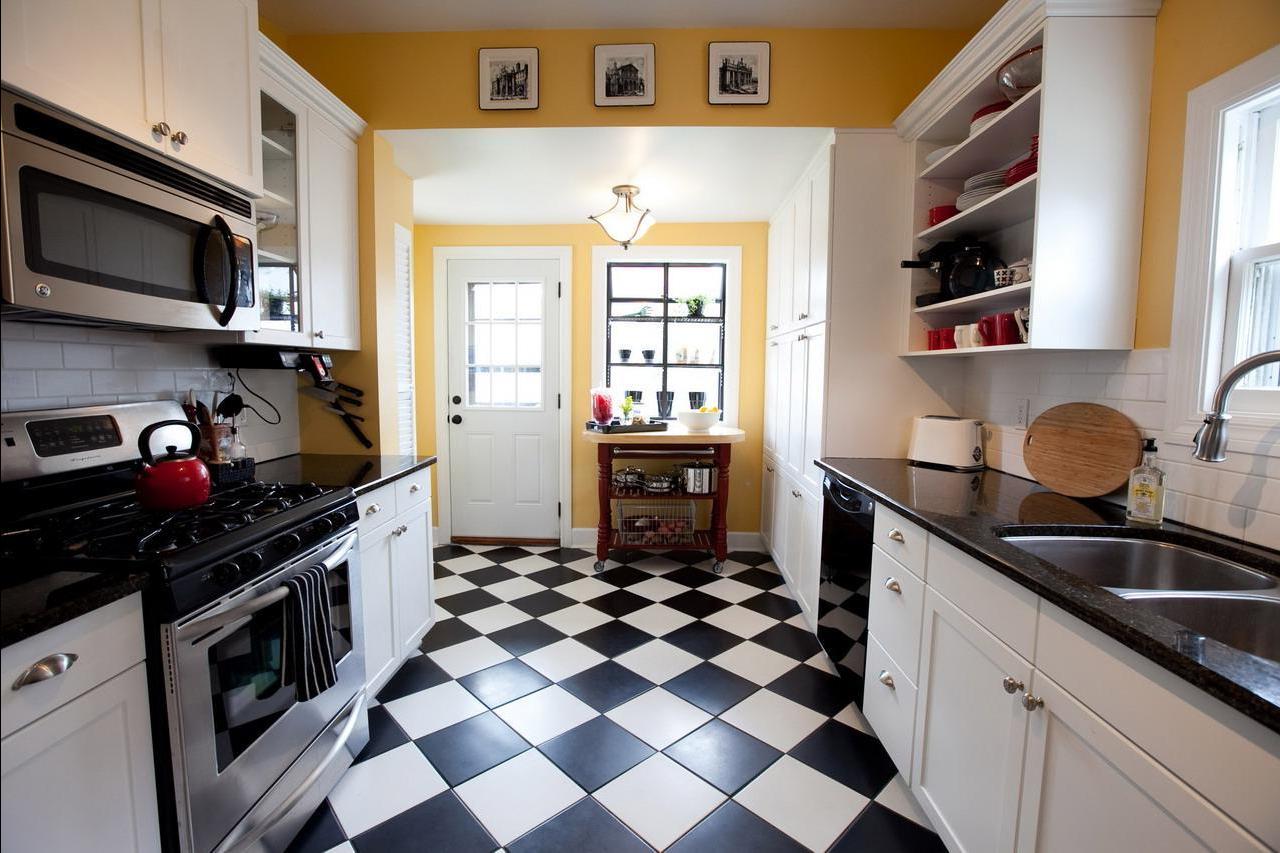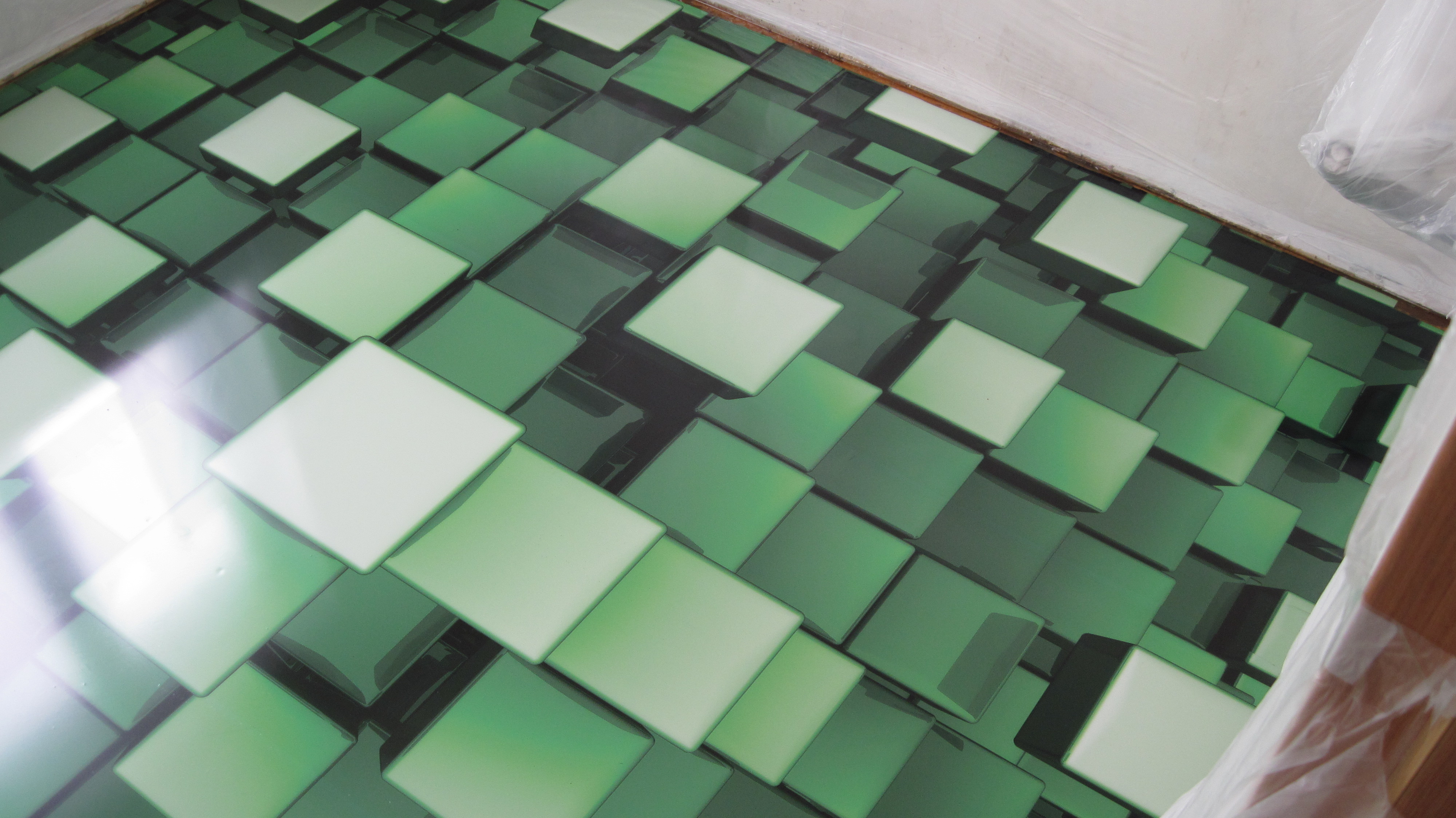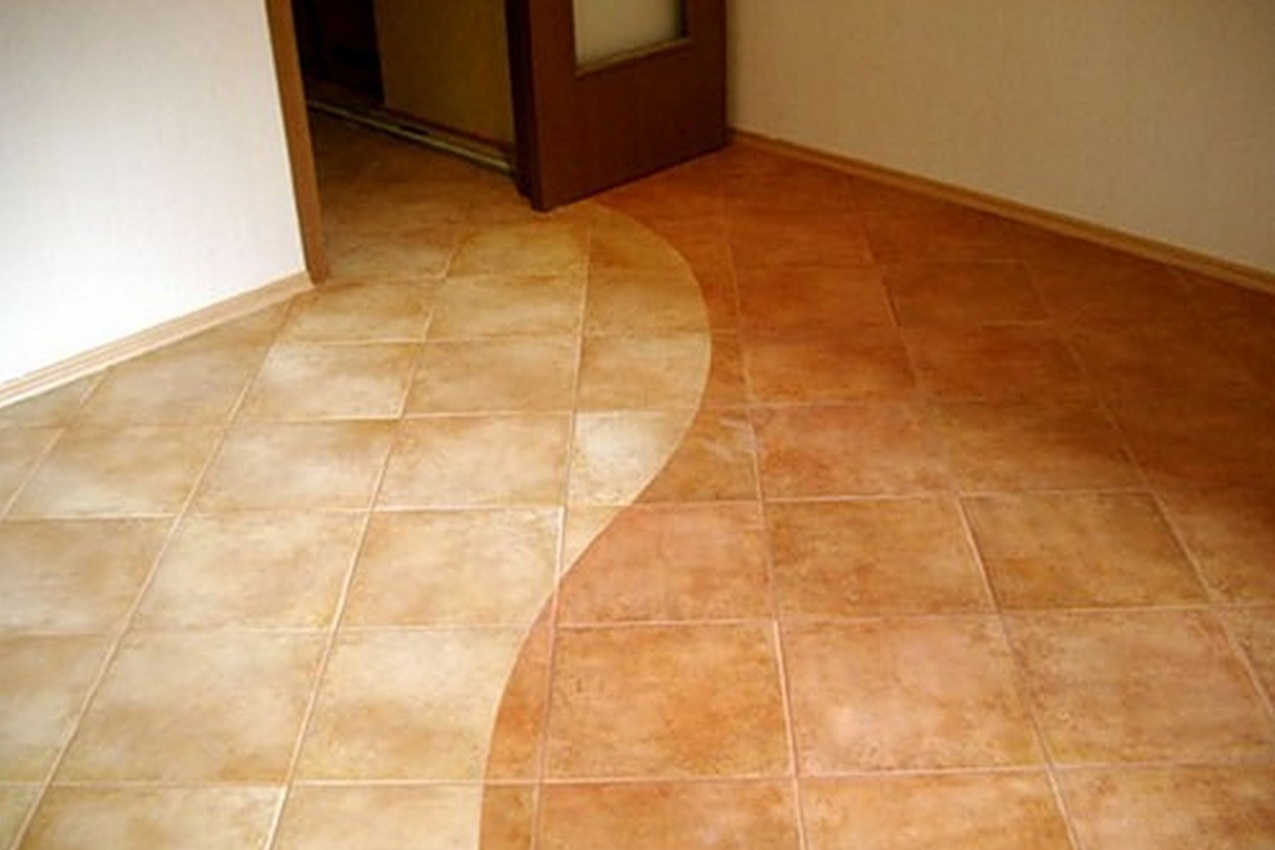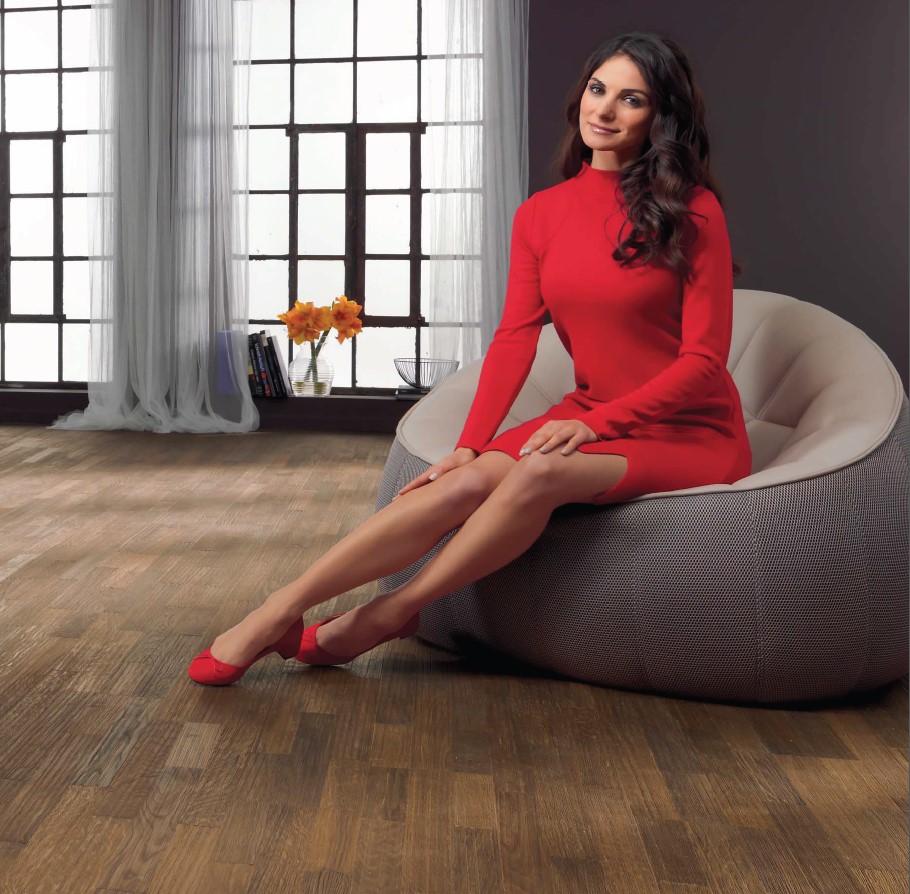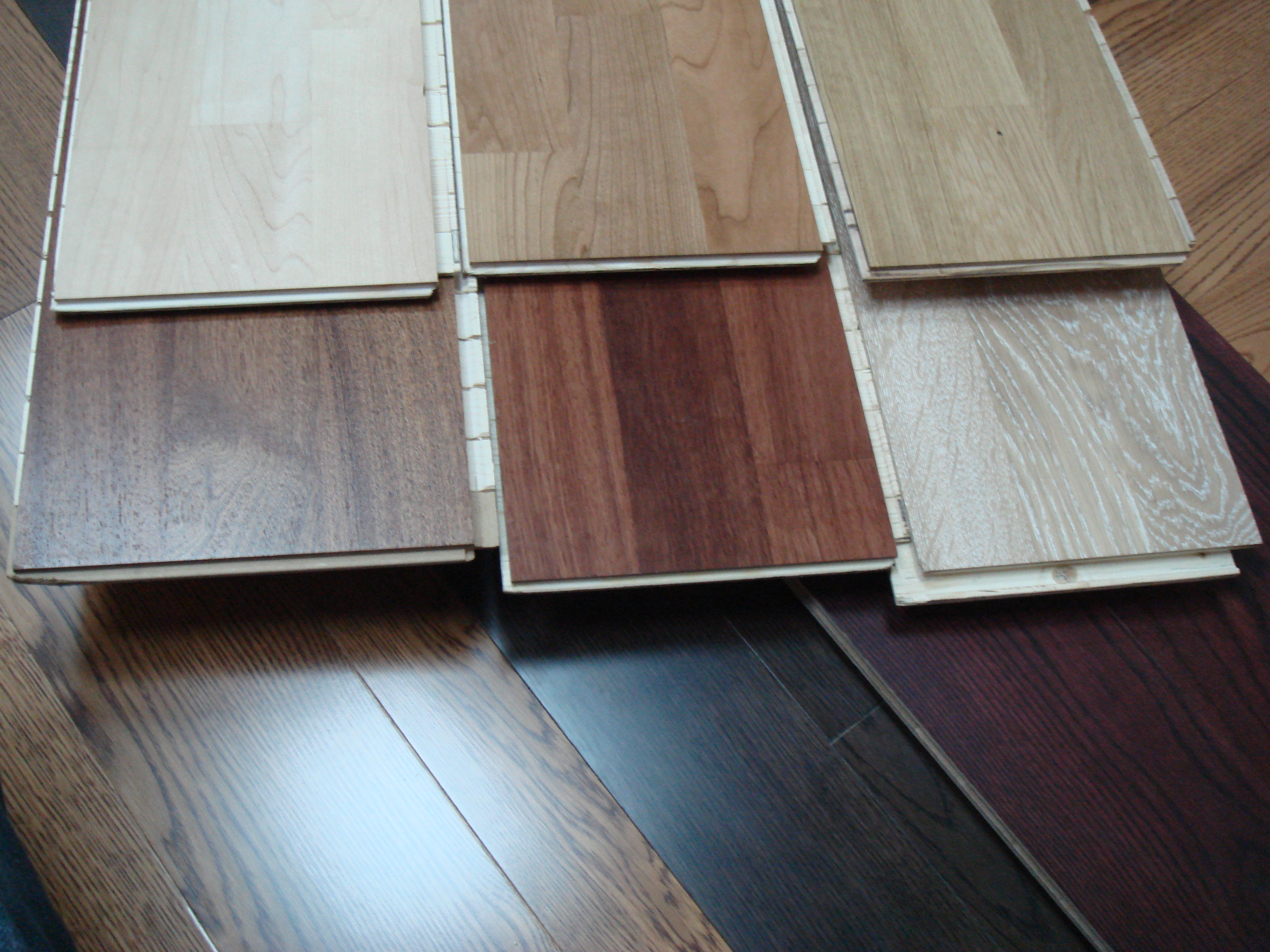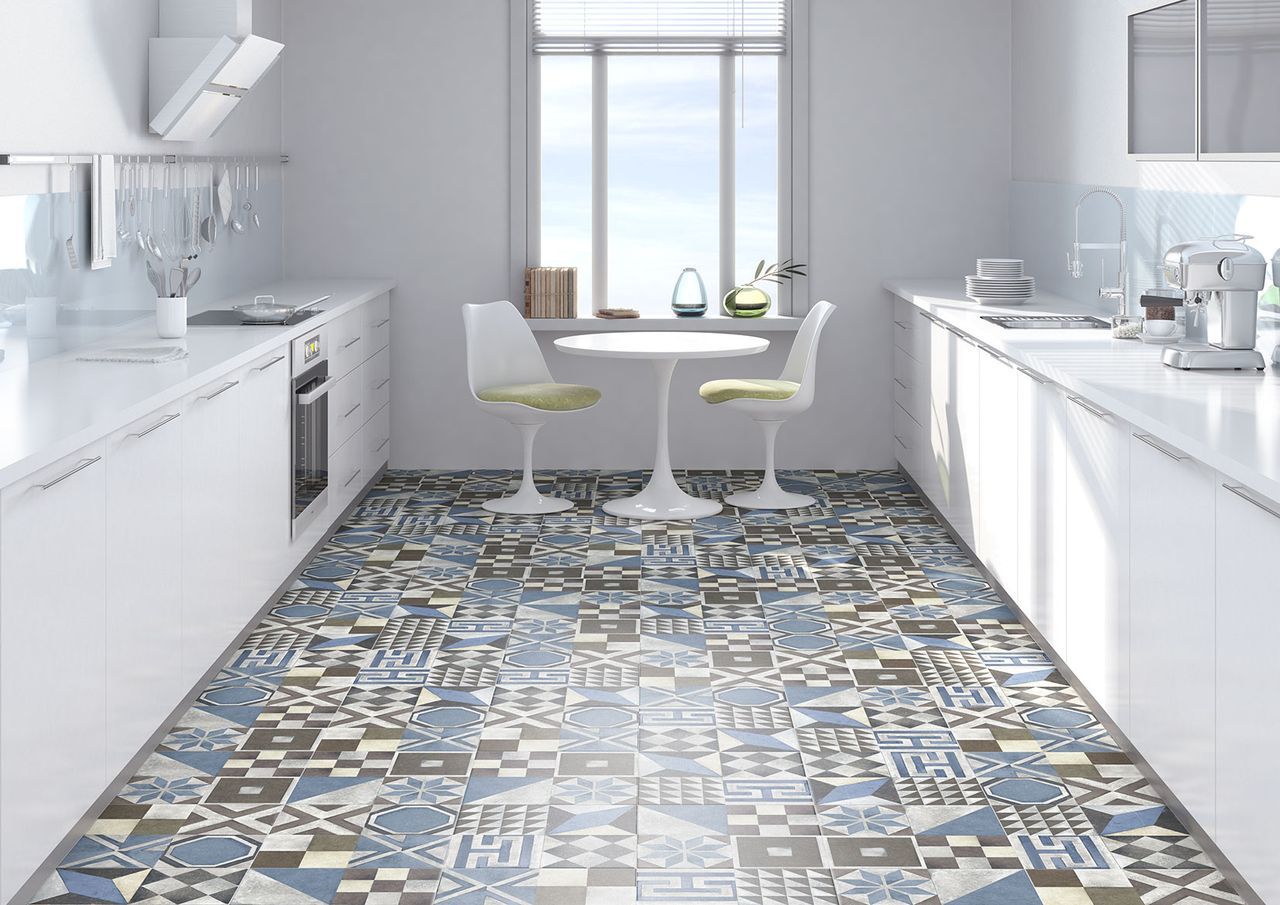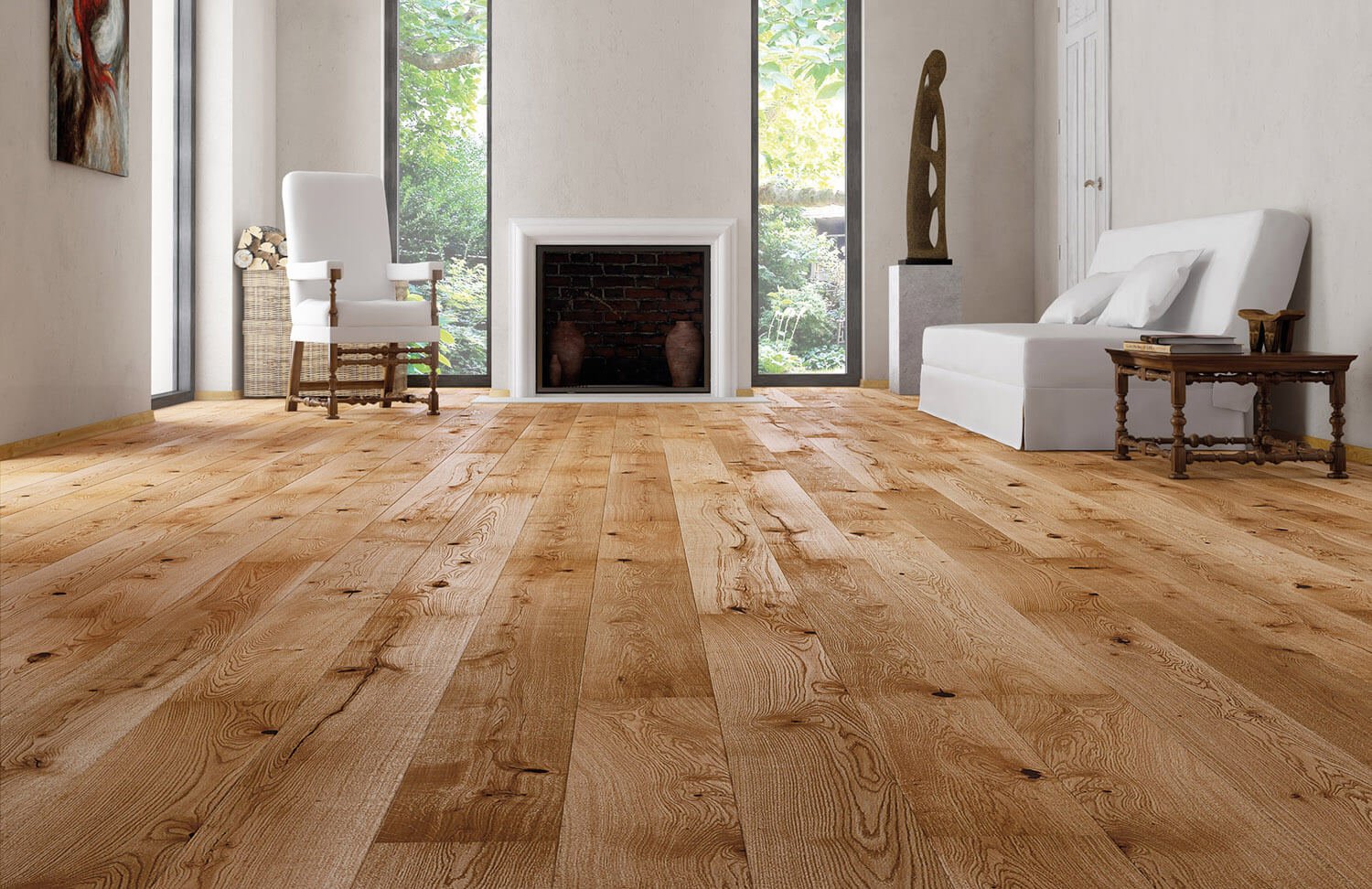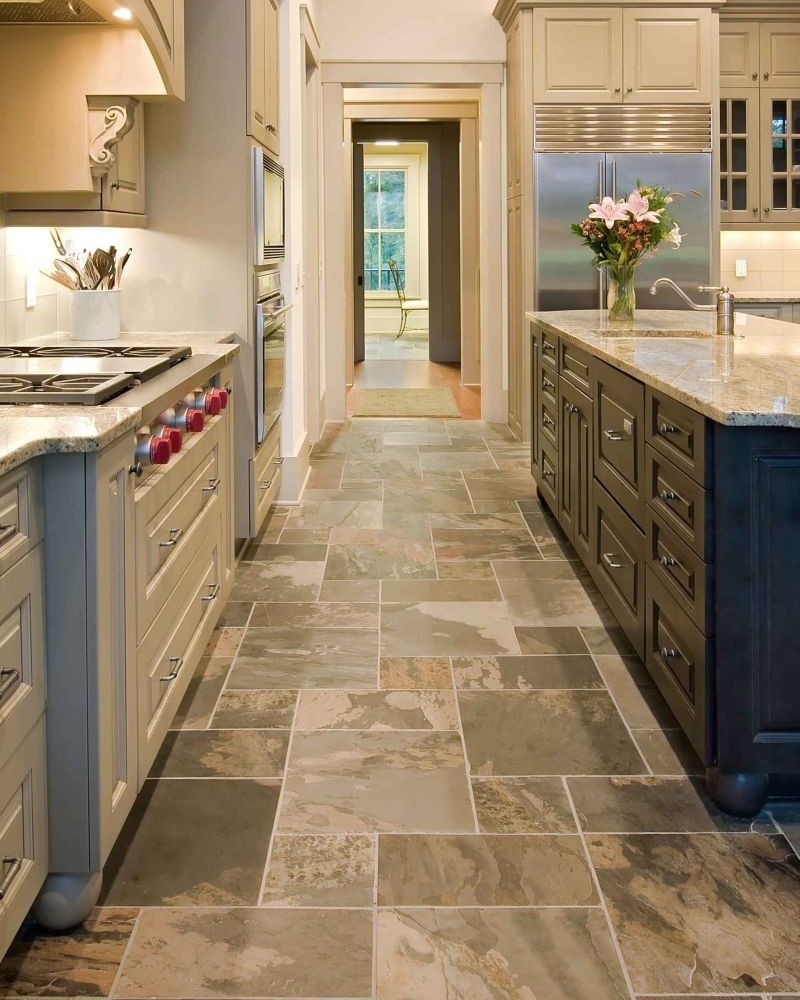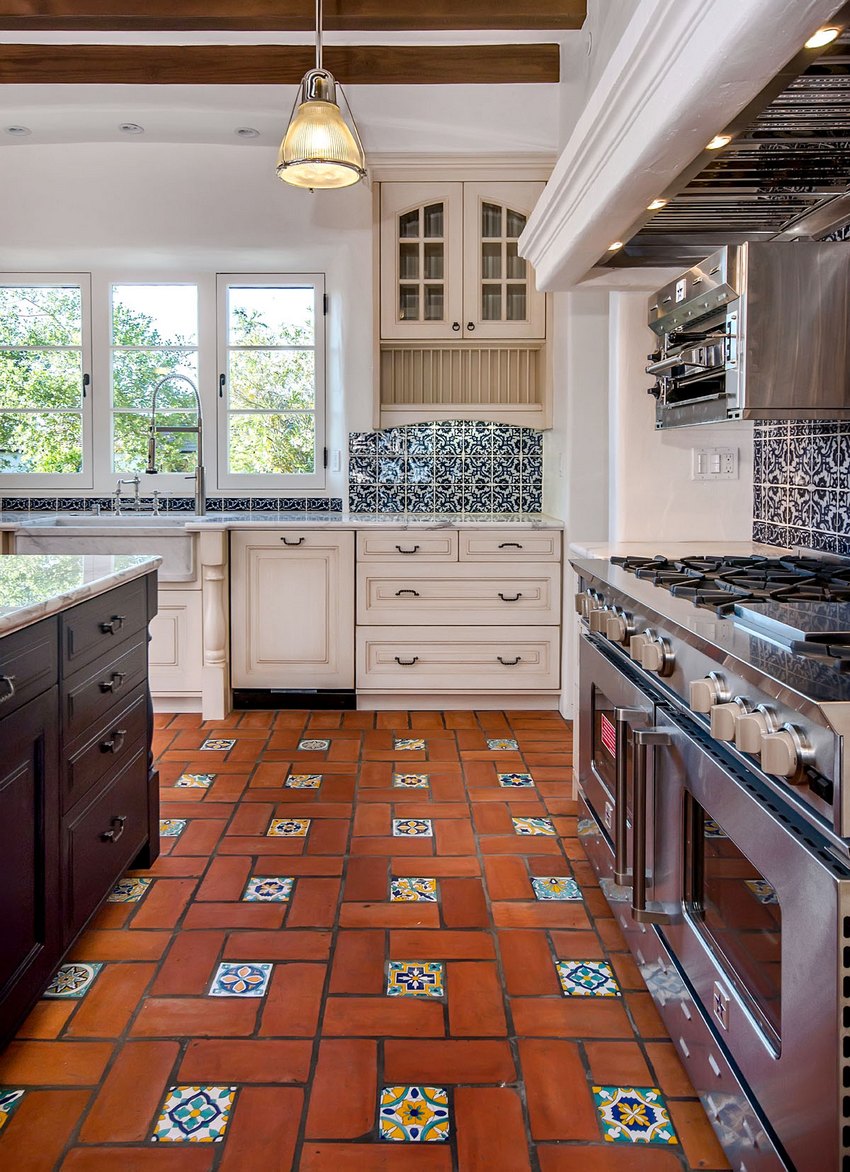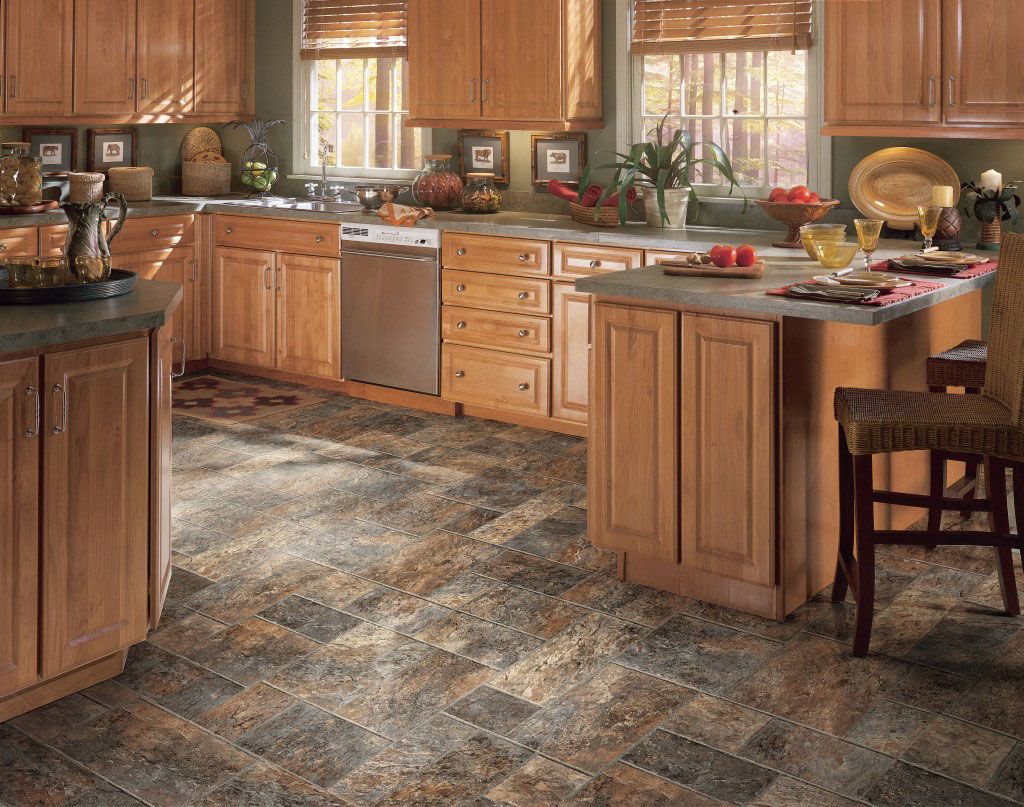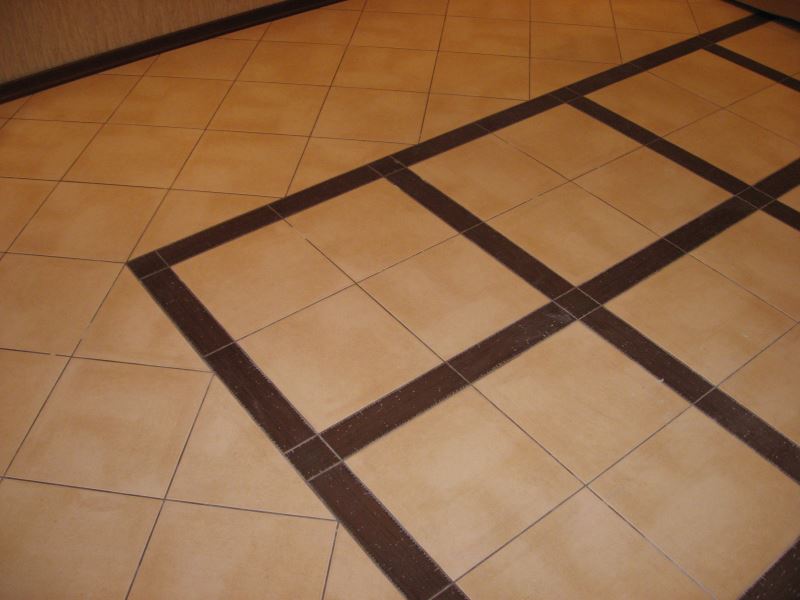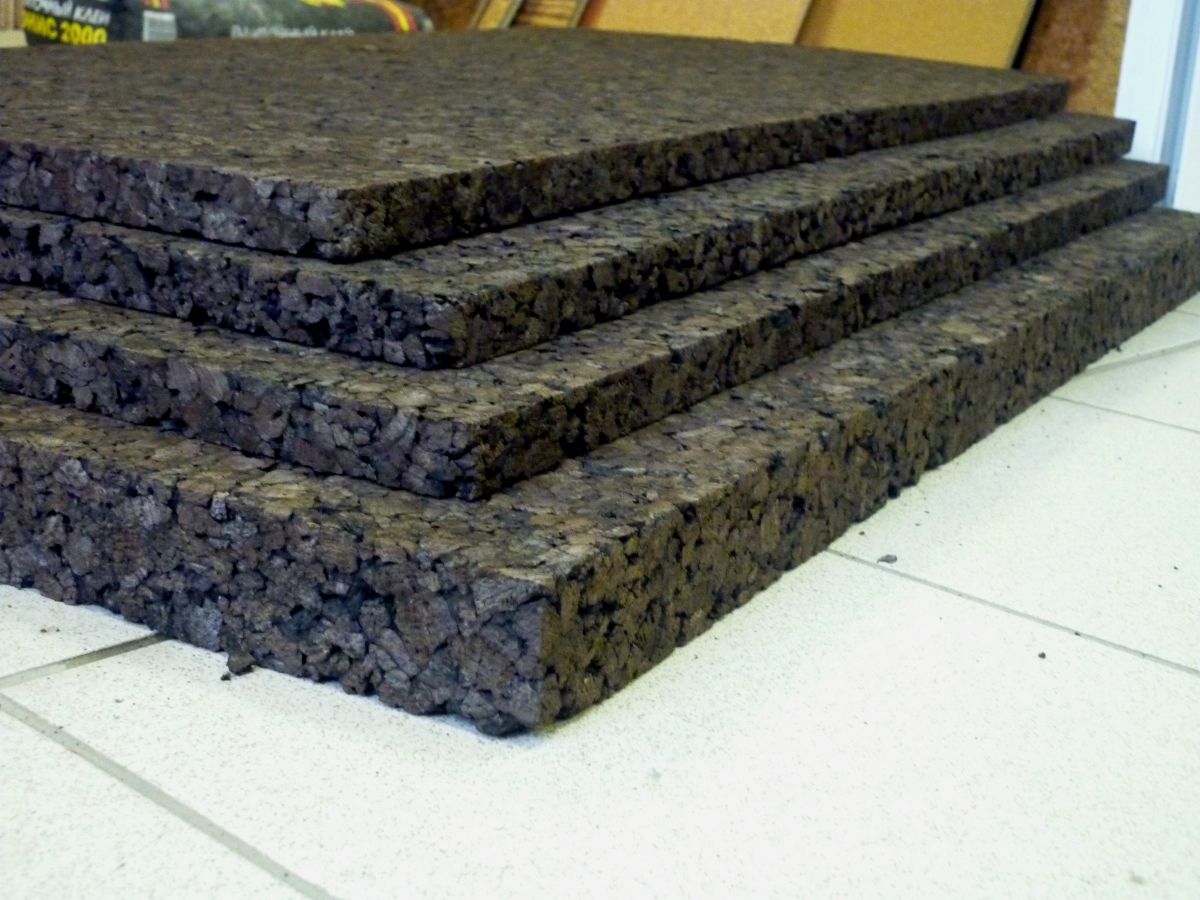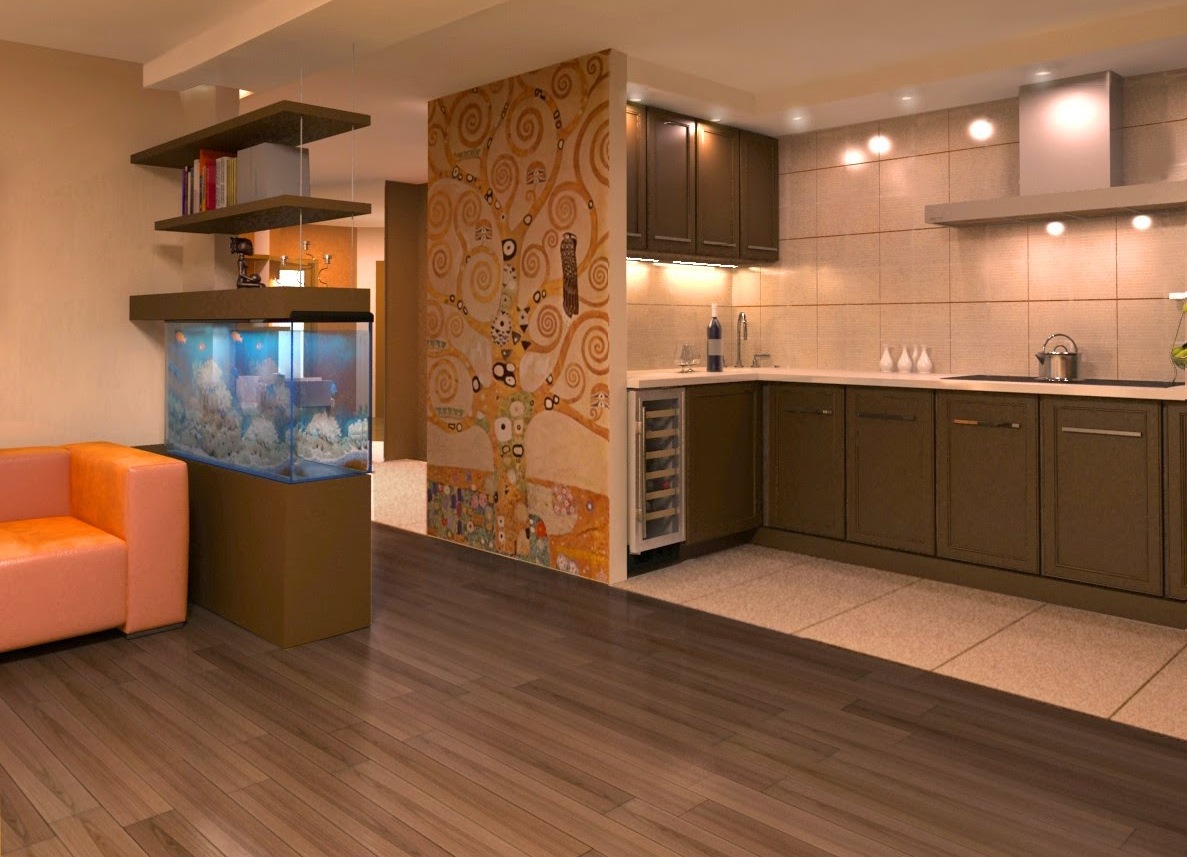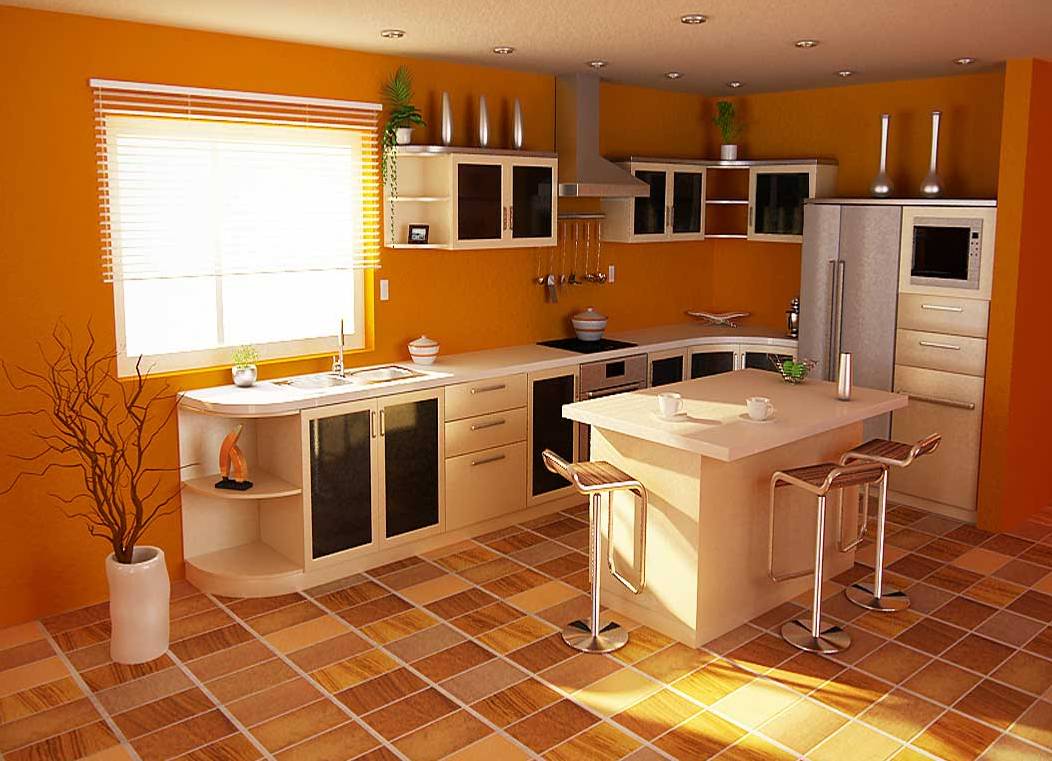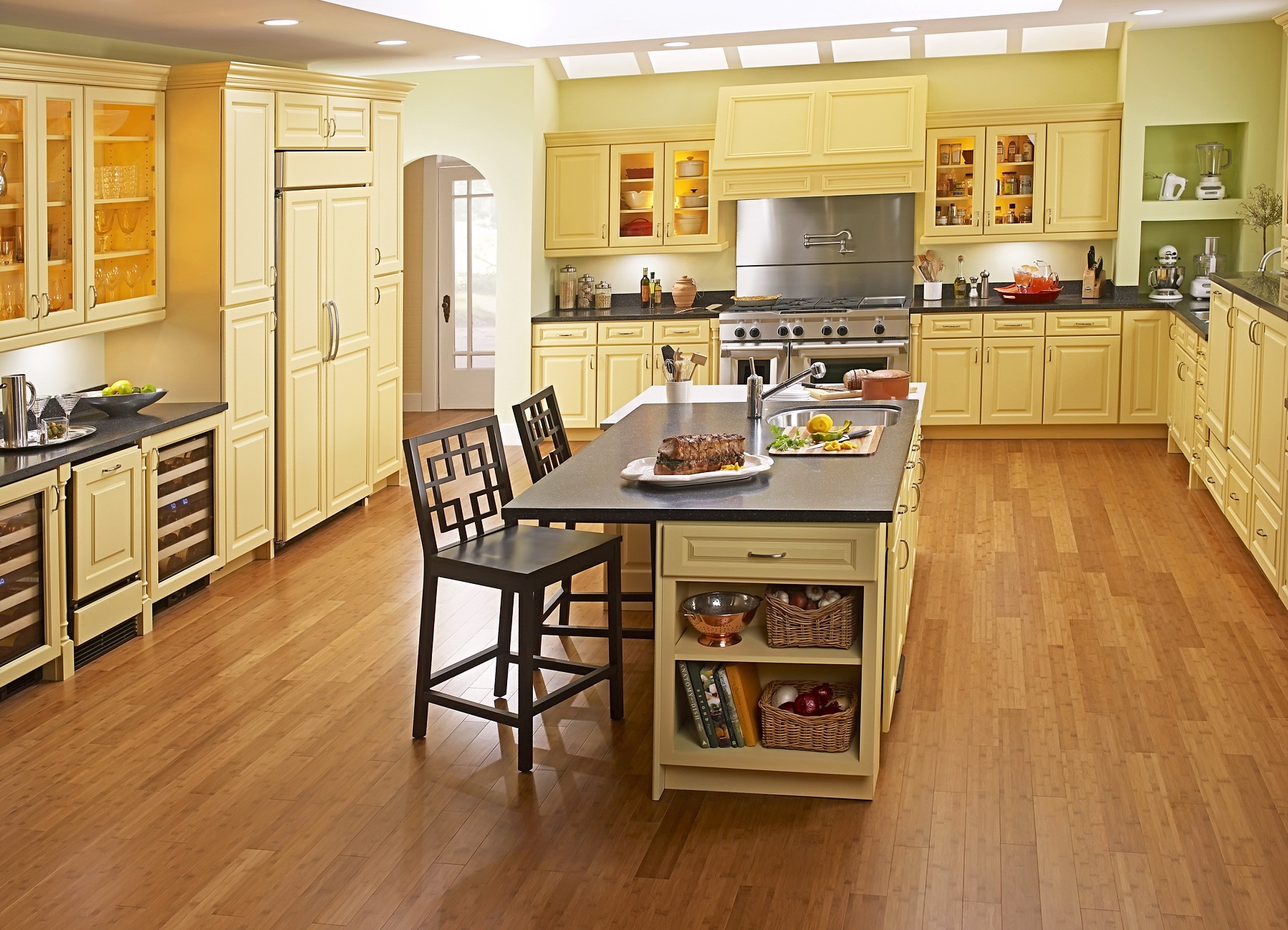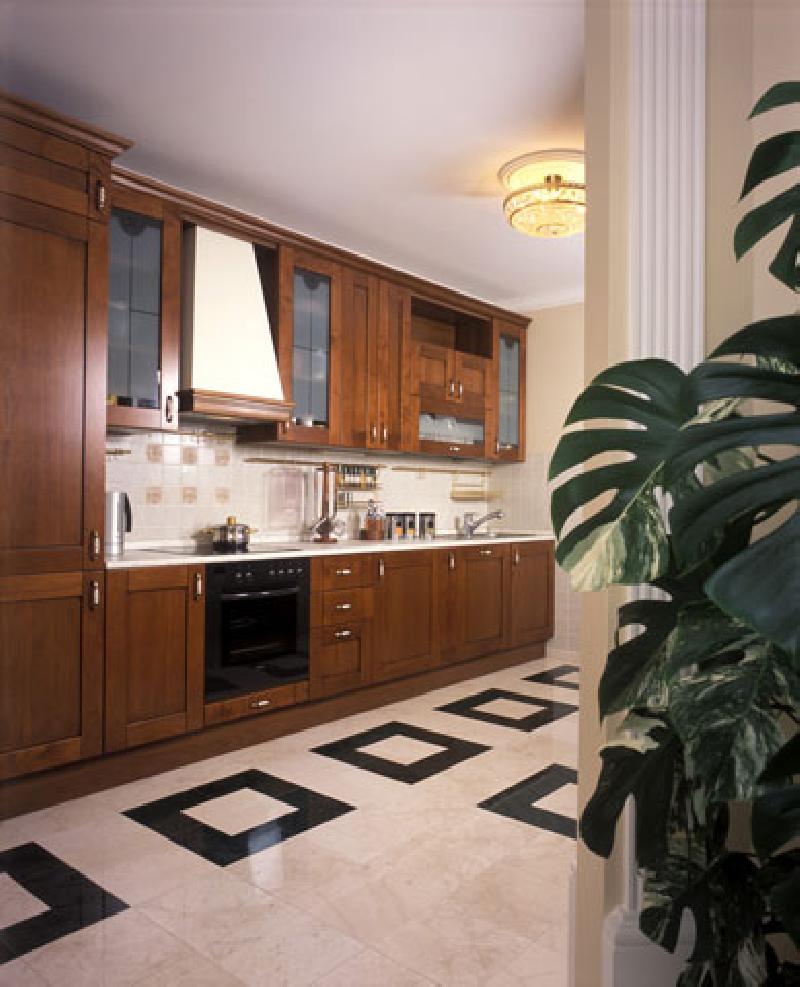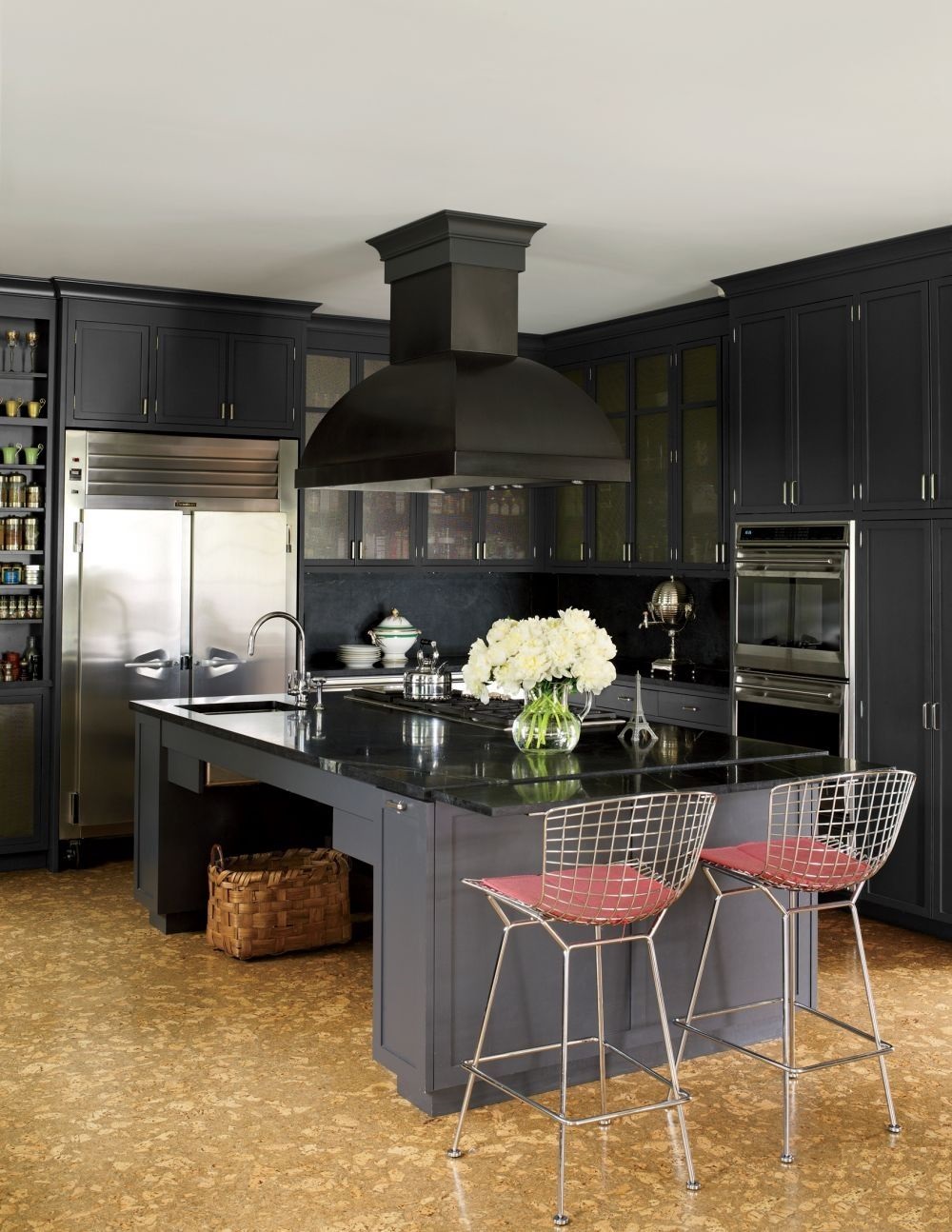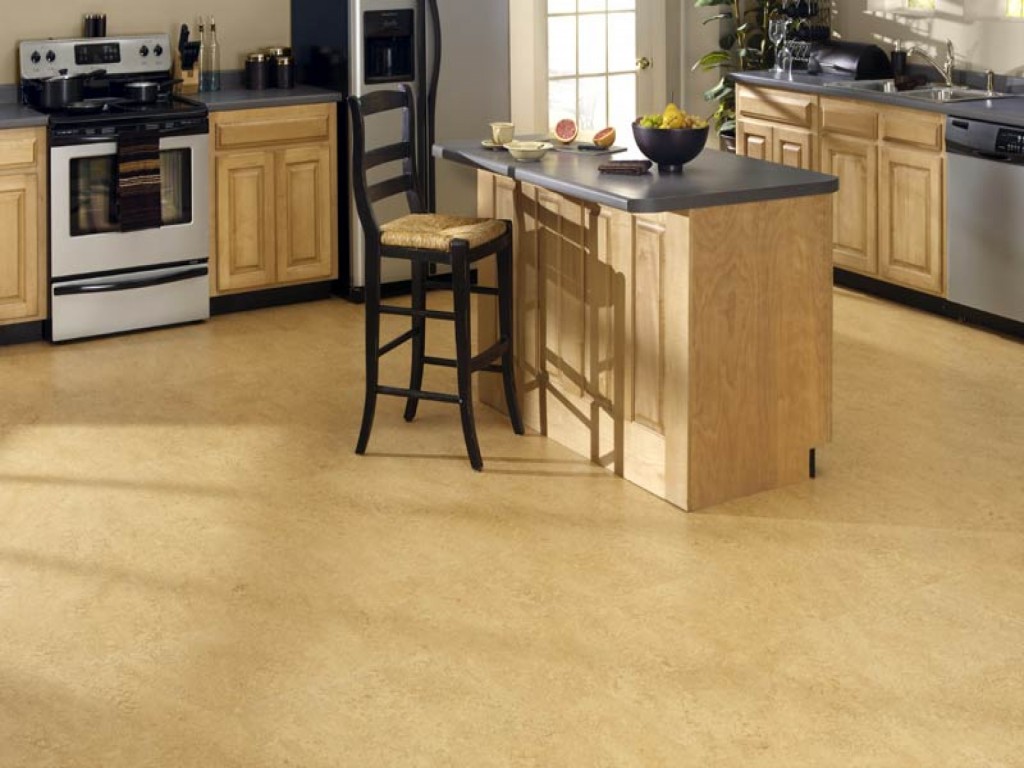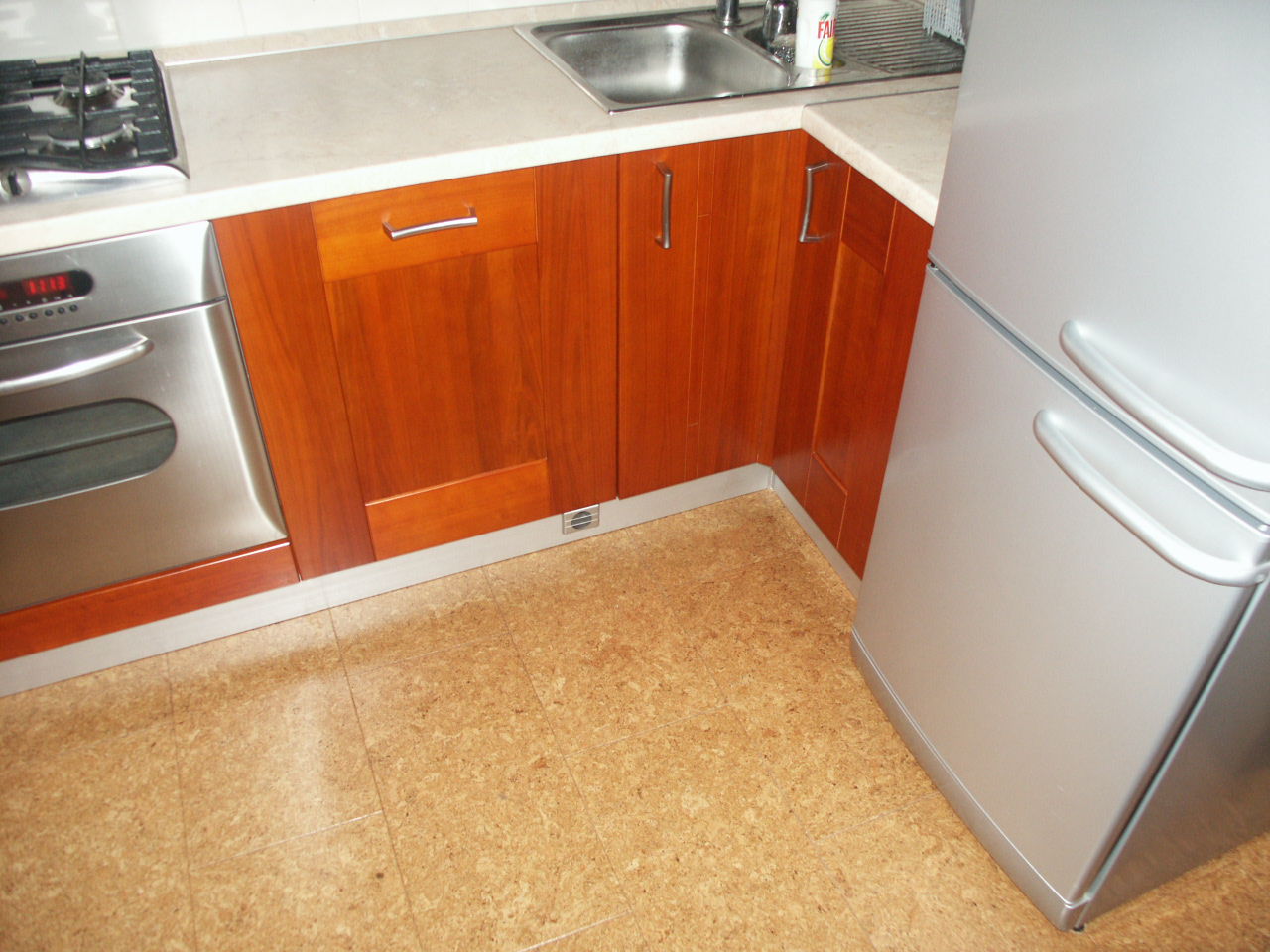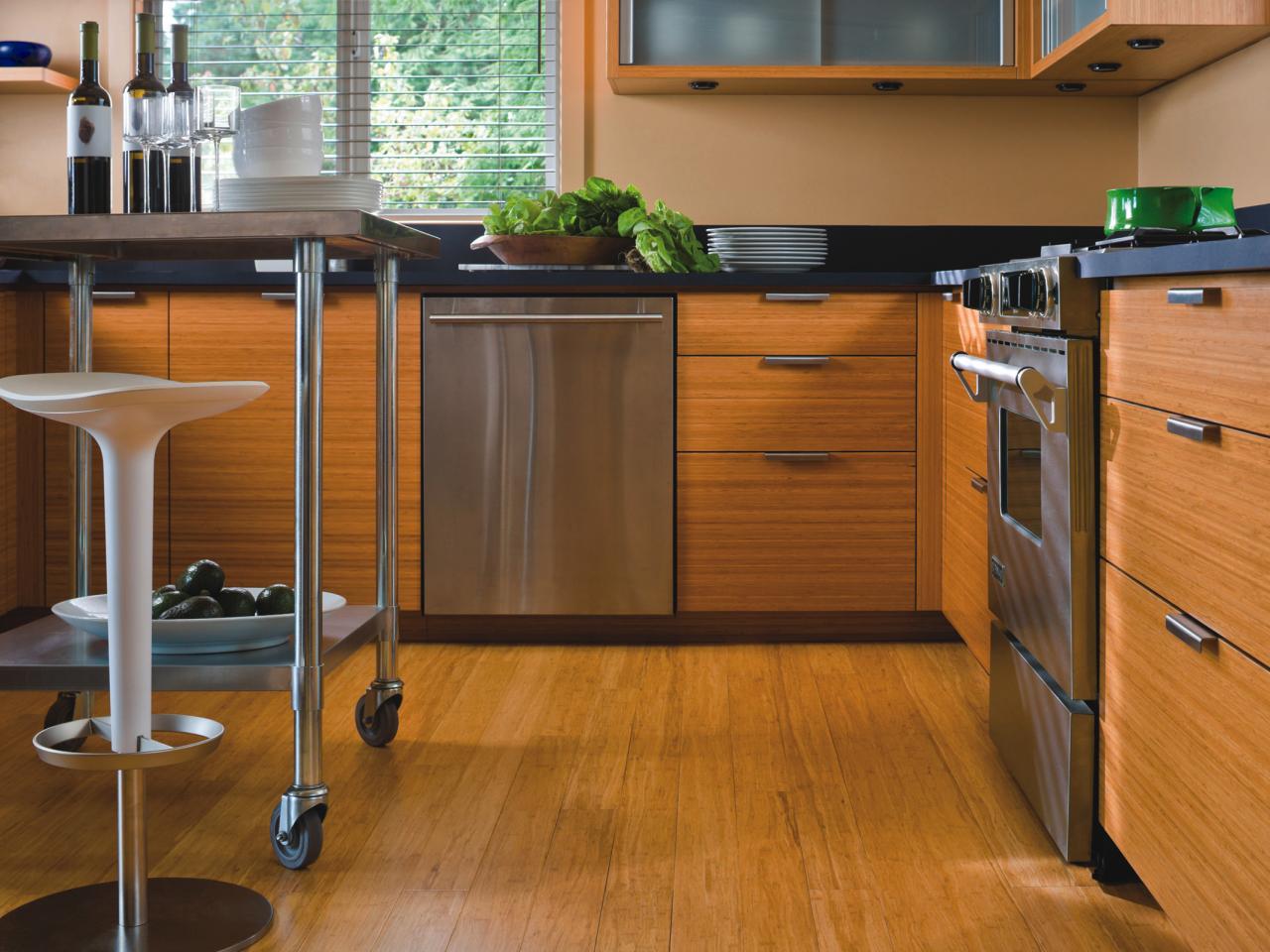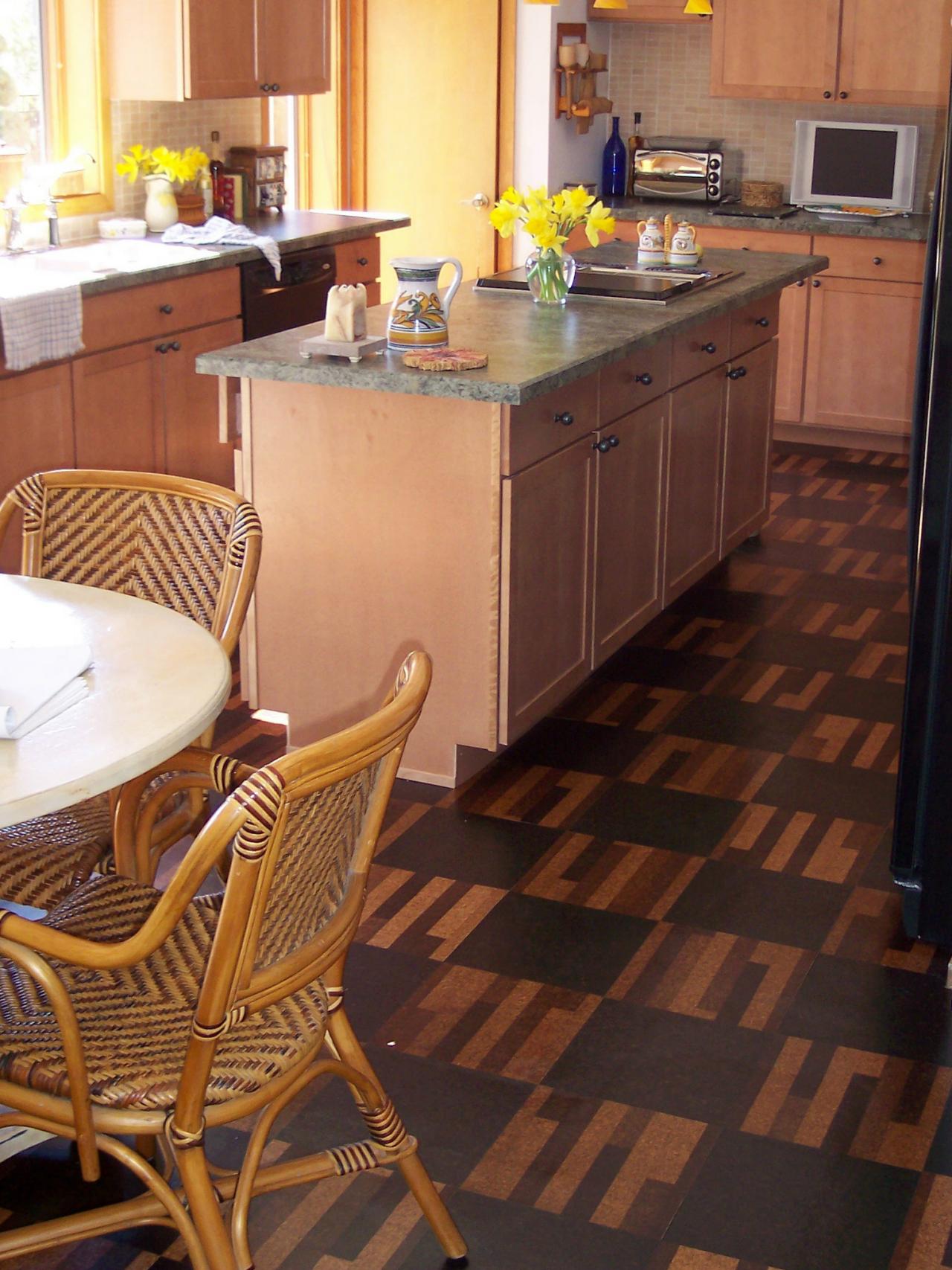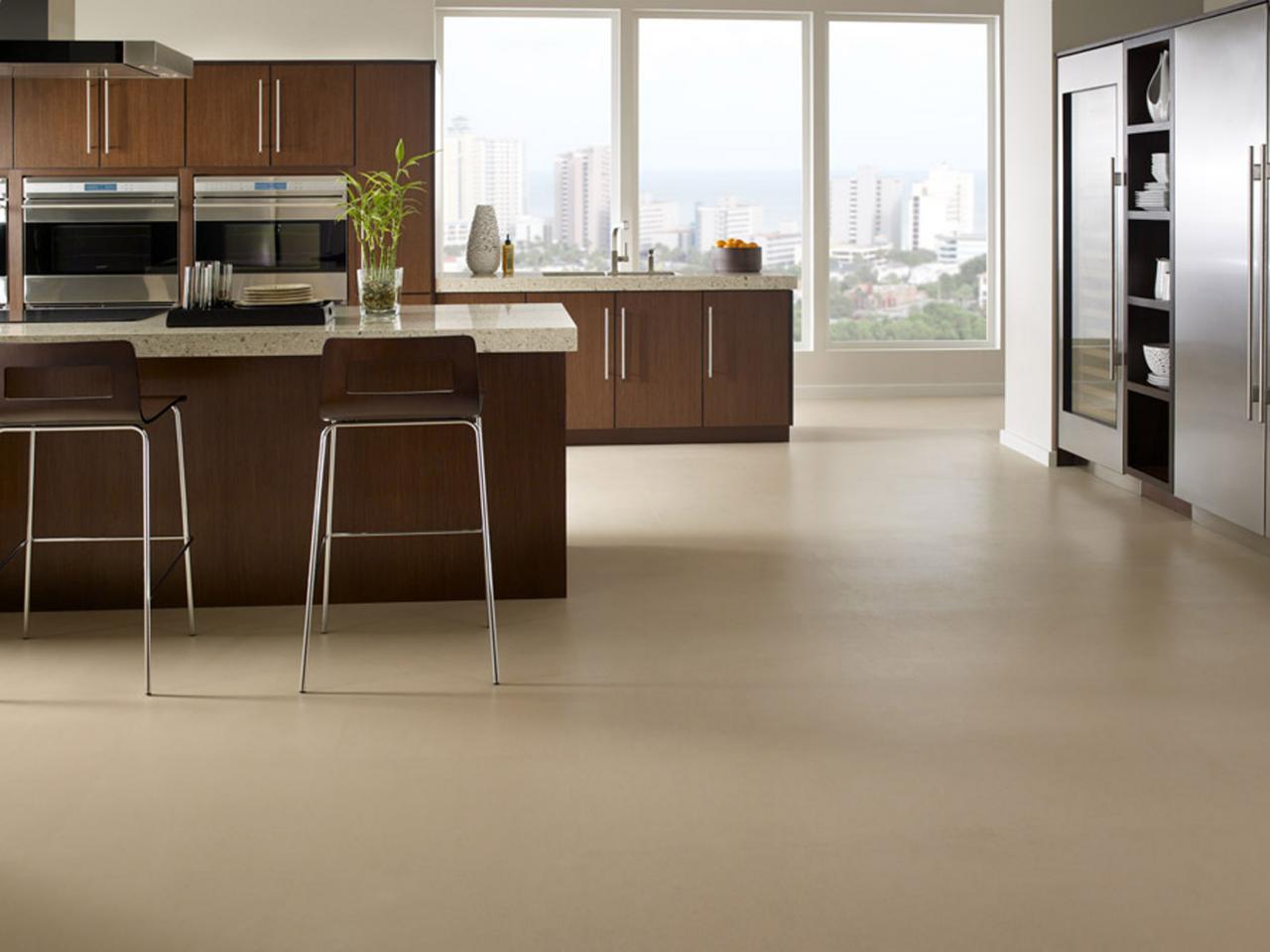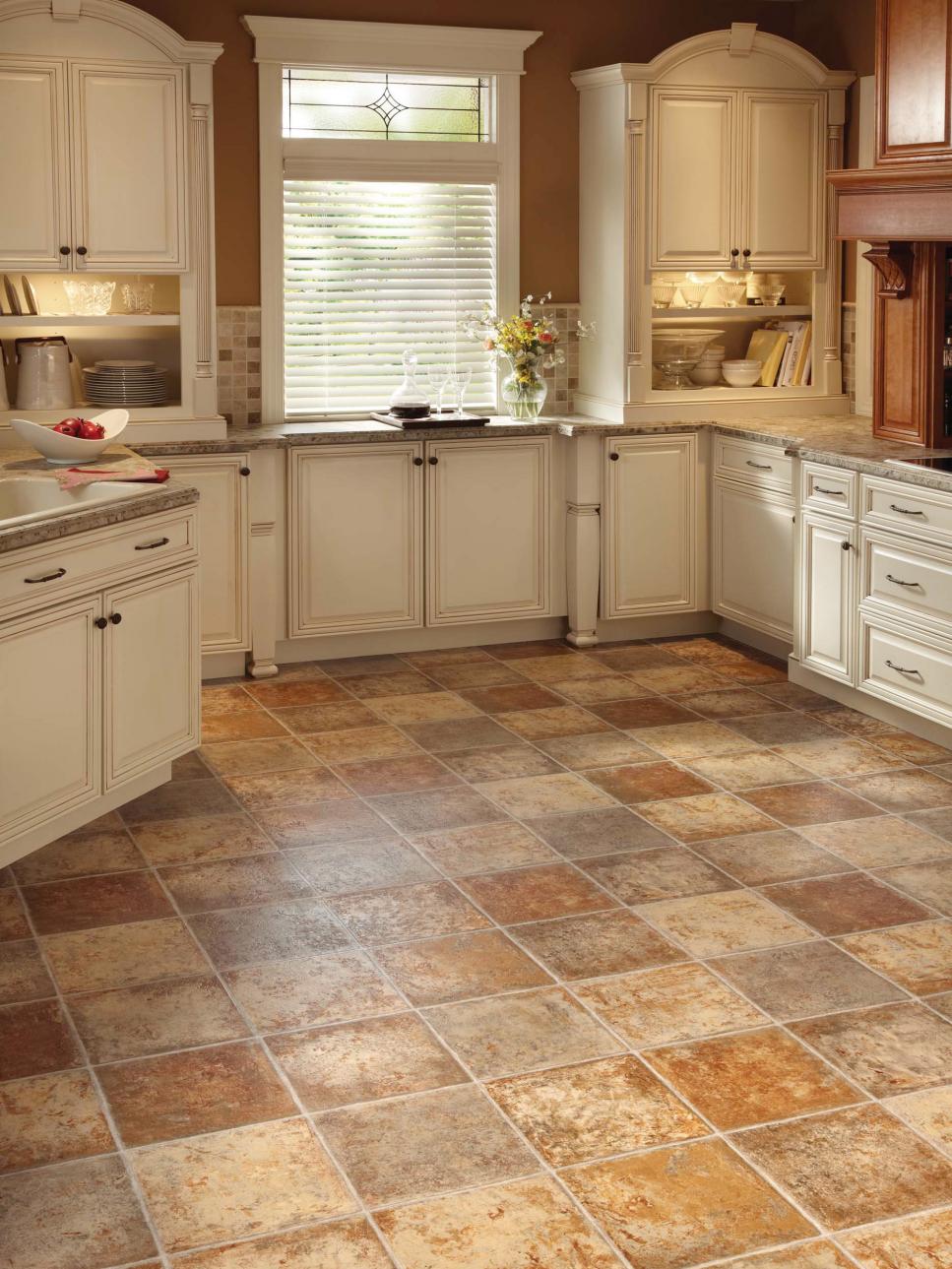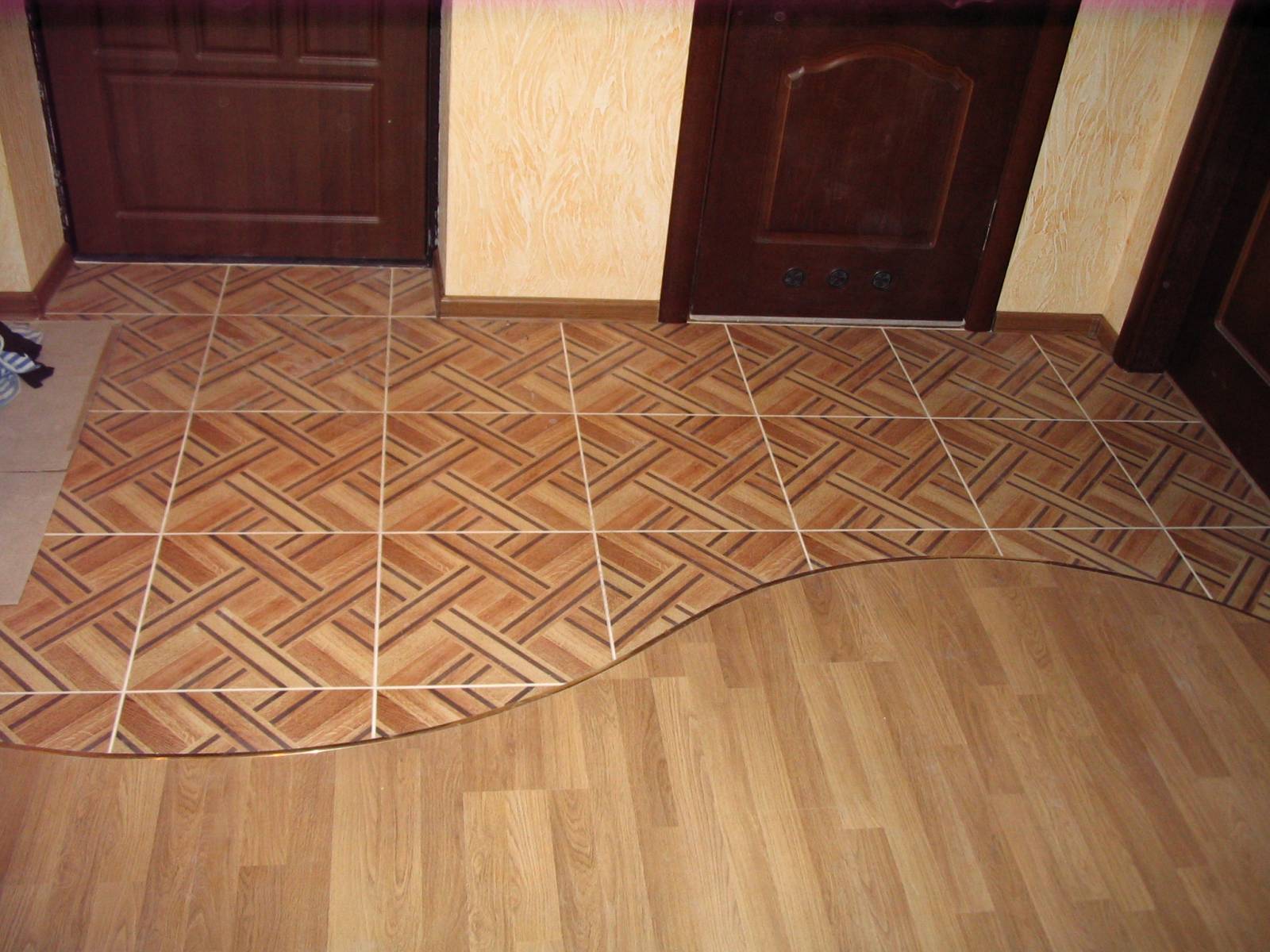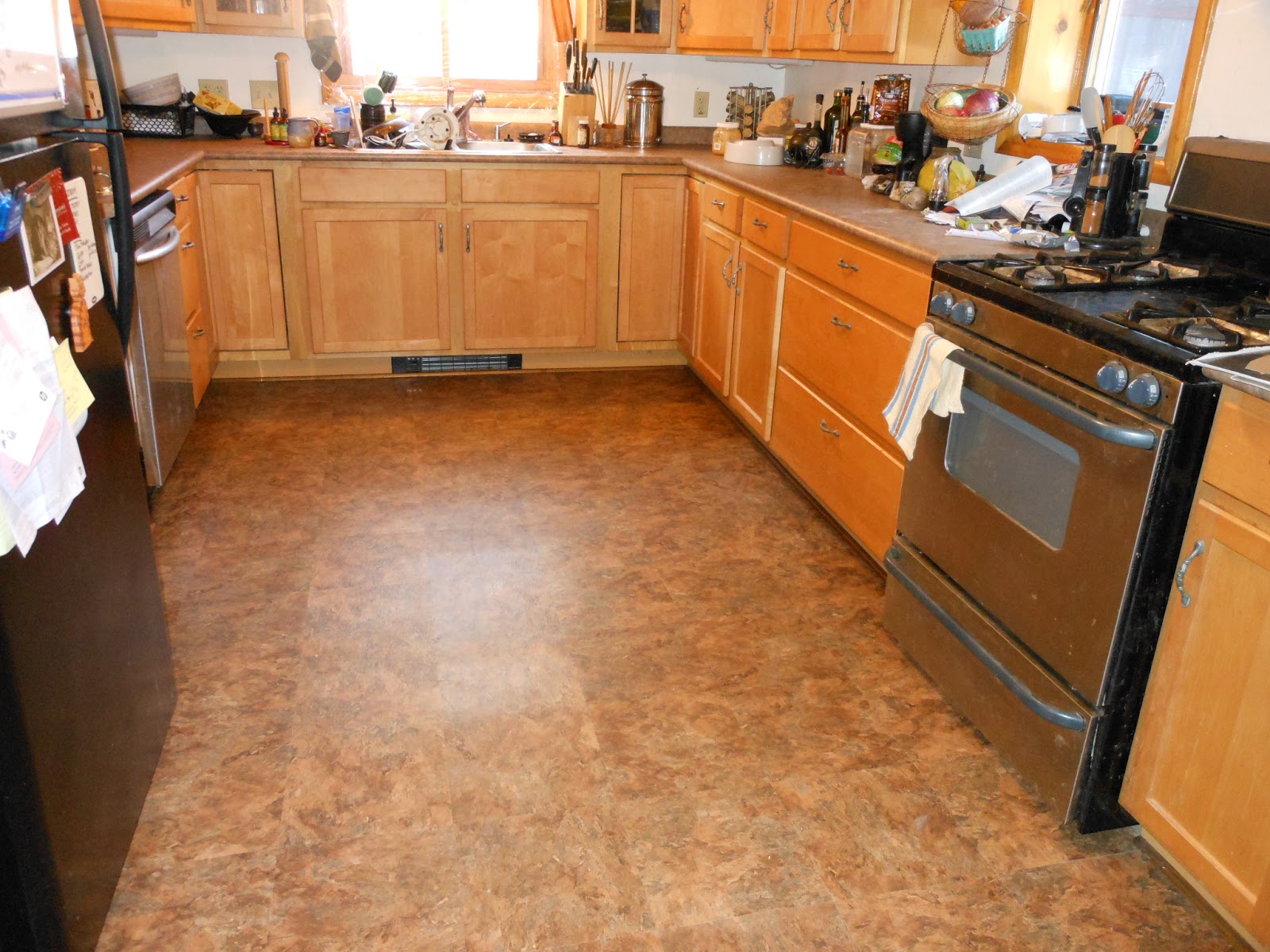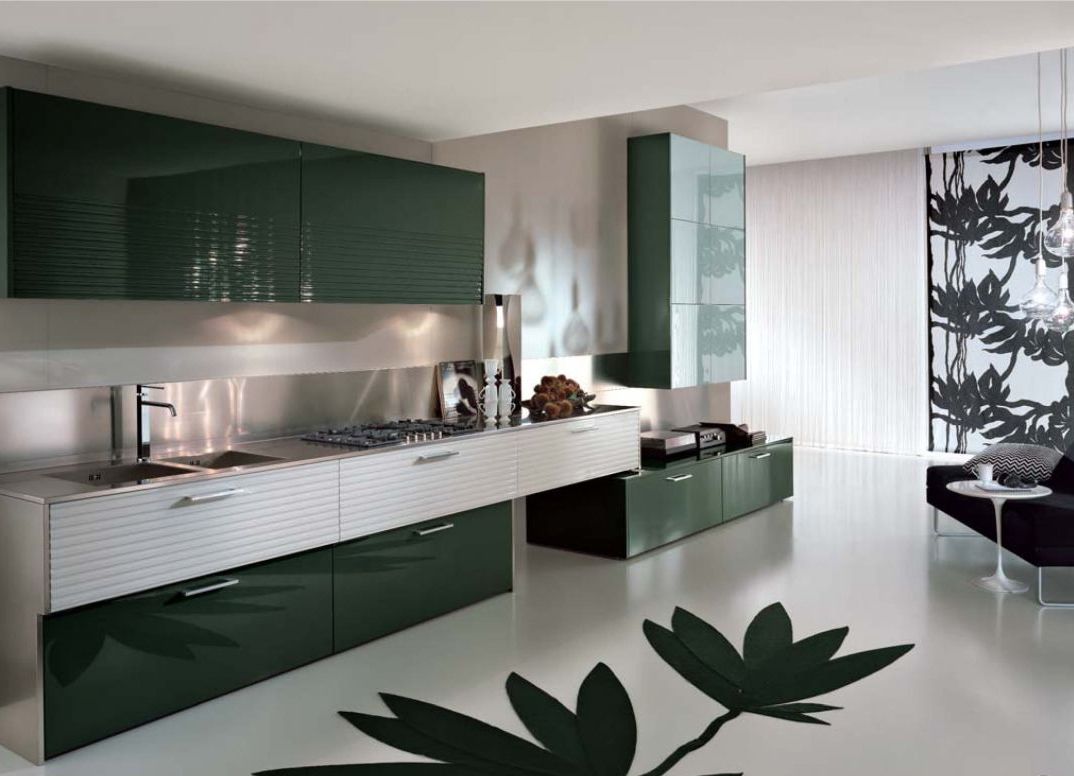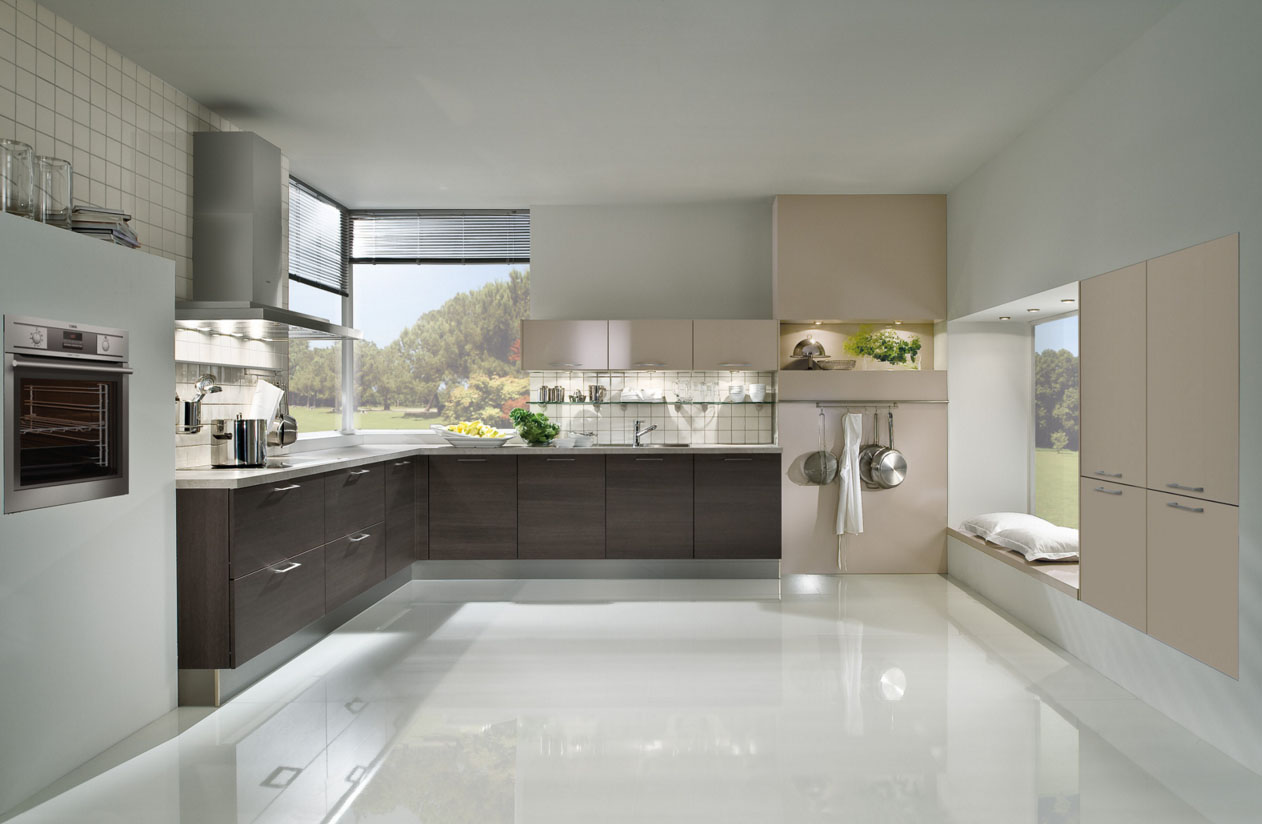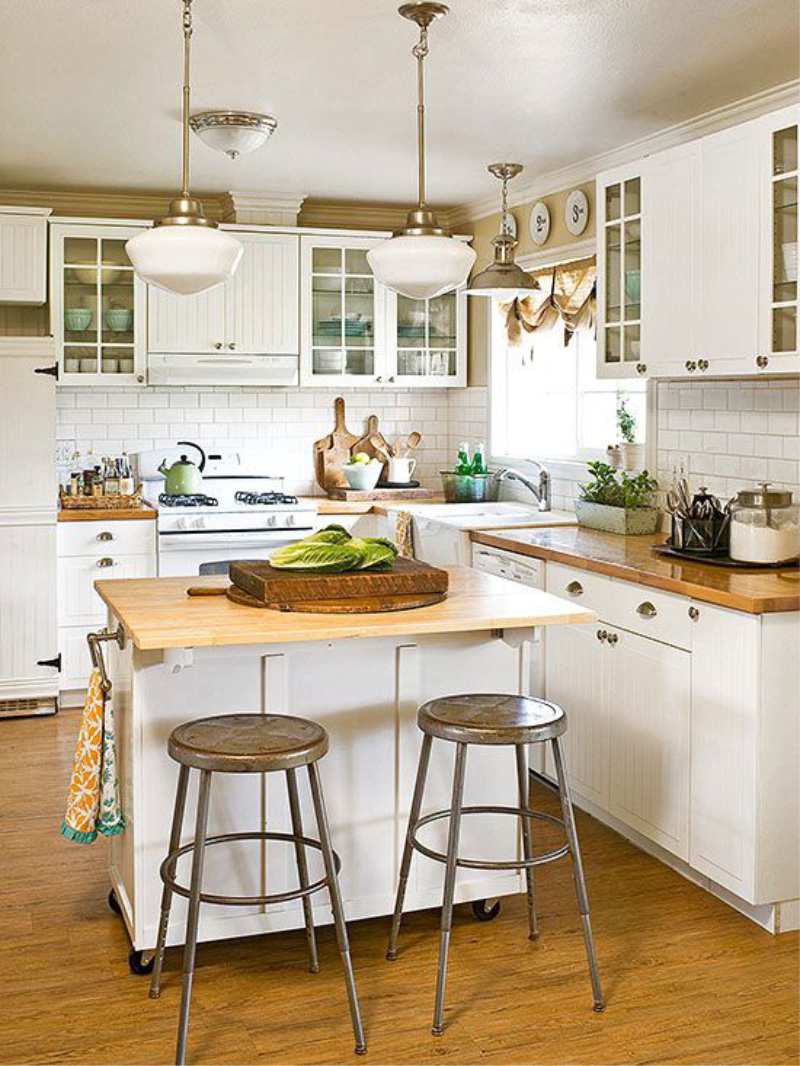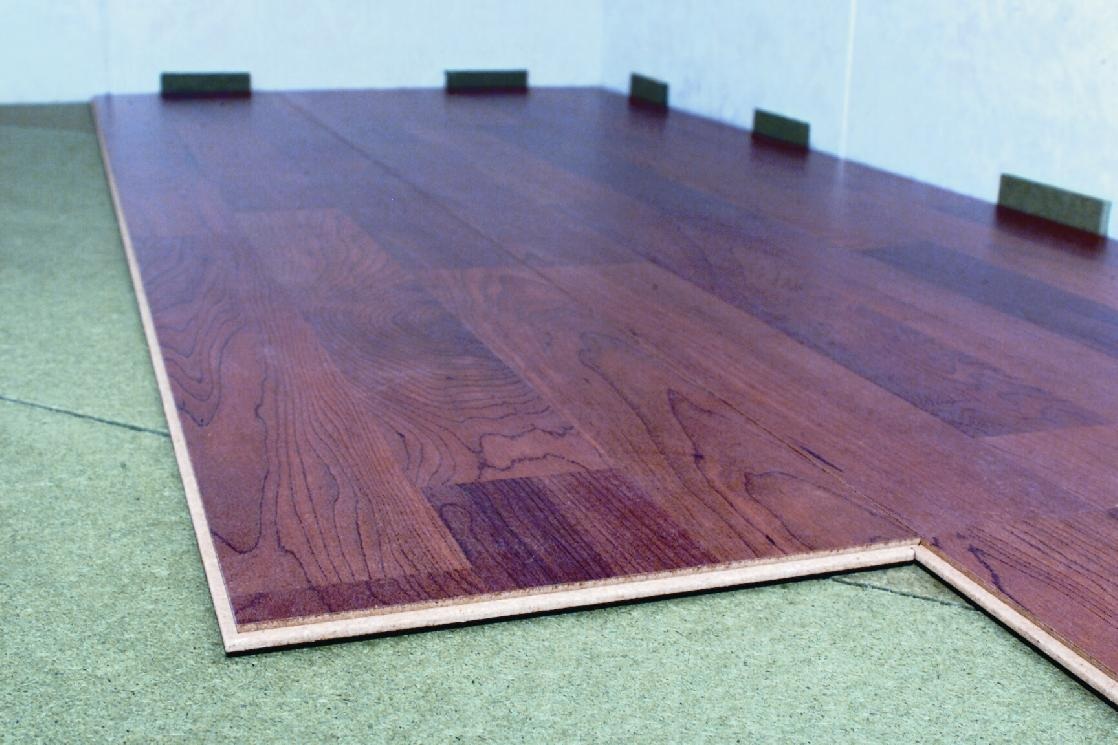Kitchen floor - 105 photos of the ideal floor in the interior of the kitchen
The floor in the kitchen, like in no other room in the apartment, is exposed to a large number of external influences. Frequent wet cleaning using far from harmless household cleaning products, fat spills that are inevitable when cooking, and the mechanical effect of falling kitchen utensils. How to choose the floor in the kitchen to minimize the negative impact of these factors on the floor?
Necessary properties of flooring in the kitchen
Given the fact that the kitchen is the most visited and intensively operated room of the apartment, the floors on it, in addition to decorativeness, must have certain properties:
- increased moisture resistance;
- resistance to fats;
- chemical resistance;
- hygiene;
- impact strength;
- abrasion resistance.
When choosing the type of coatings planned for laying, their main qualitative characteristics should be taken into account. The use of materials whose properties do not imply intense impacts will inevitably lead to an early repair of the floor in the kitchen.
Applicable flooring types
So, the floor in the kitchen, which is better to choose? Manufacturers offer many materials intended for use as coatings for floors in general, and for kitchens in particular. A careful study of the available information and photos of the floors in the kitchen will help to give preference to one of the many options.
Parquet or parquet board
Practical, reliable, very aesthetic coating. Parquet treated with an antiseptic composition, covered with the required number of layers of high-strength moisture-resistant varnish, is able to withstand all the negative effects of the atmosphere of the kitchen. In addition, the use of parquet boards offers unlimited possibilities in the design of the floor in the kitchen.
The disadvantages of parquet include the high price and complexity of laying, which requires careful preparation of the surface and the use of special tools.
Natural cork
The use of natural cork as a floor covering has come into use due to the unique properties of this material. Pleasant to the touch, the natural warm floor in the kitchen from cork meets all environmental requirements. It does not attract dust, has a high moisture resistance, is not subject to swelling and decay. The special texture of the cork coating easily conceals traces of minor mechanical damage.
Among the disadvantages is again the high price and insufficient mechanical strength of the material.
Laminate
Looking at a photo of a kitchen floor made using a laminate, it is almost impossible to distinguish it from parquet or, in some cases, ceramic. Made on the basis of various MDF grades, the material has firmly secured the right to be used for installing floors in the kitchen. Moisture-resistant laminate of class 34 with proper installation and proper care can last up to 10 years or more. In addition, laminate flooring is an inexpensive material.
The main disadvantage of the laminate is its low resistance to water. This is due to the properties of the material from which the lamellas are made.
Ceramic tile
Perhaps the most common material used for the floor in the kitchen is a variety of types of ceramic tiles. Relative ease of installation, unlimited moisture resistance, high resistance to household chemicals, fats and other liquids, mechanical strength and abrasion resistance are the main advantages of using ceramic for flooring in the kitchen.
A variety of surface textures and colors of ceramic tiles allows you to develop a kitchen floor design that will satisfy the most demanding esthete.
The floor from the ceramic tiles is cold - this is the only drawback of the material. Although there is a simple way to level out such a disadvantage. The "warm floor" system easily helps in solving the problem.
Linoleum
Some time ago, it was almost impossible to find an alternative to linoleum. With the advent of new materials, linoleum has largely lost its significance as a kitchen floor covering. Although modern types of linoleum, as before, have the right to life. This material easily tolerates many factors of kitchen exposure: it is moisture resistant, has acceptable shock resistance, is easy to clean, and hygienic.
Among the disadvantages is the high ability to accumulate static electricity, which leads to the attraction of dust and poor resistance to thermal effects.
Combining kitchen floor materials
Widespread when installing floors in spacious kitchens and kitchens in studio apartments got a combined coating. For such floors, designers suggest using several types of floor coverings in various combinations. Sometimes the most unusual combinations are found: natural cork with ceramic tiles, parquet with linoleum - there are many options. Such combinations help to emphasize the individuality of the kitchen, enhance the decorative effect, visually separate the different areas of the kitchen.
105 photos of ideal and durable floors in the interior of the kitchen
